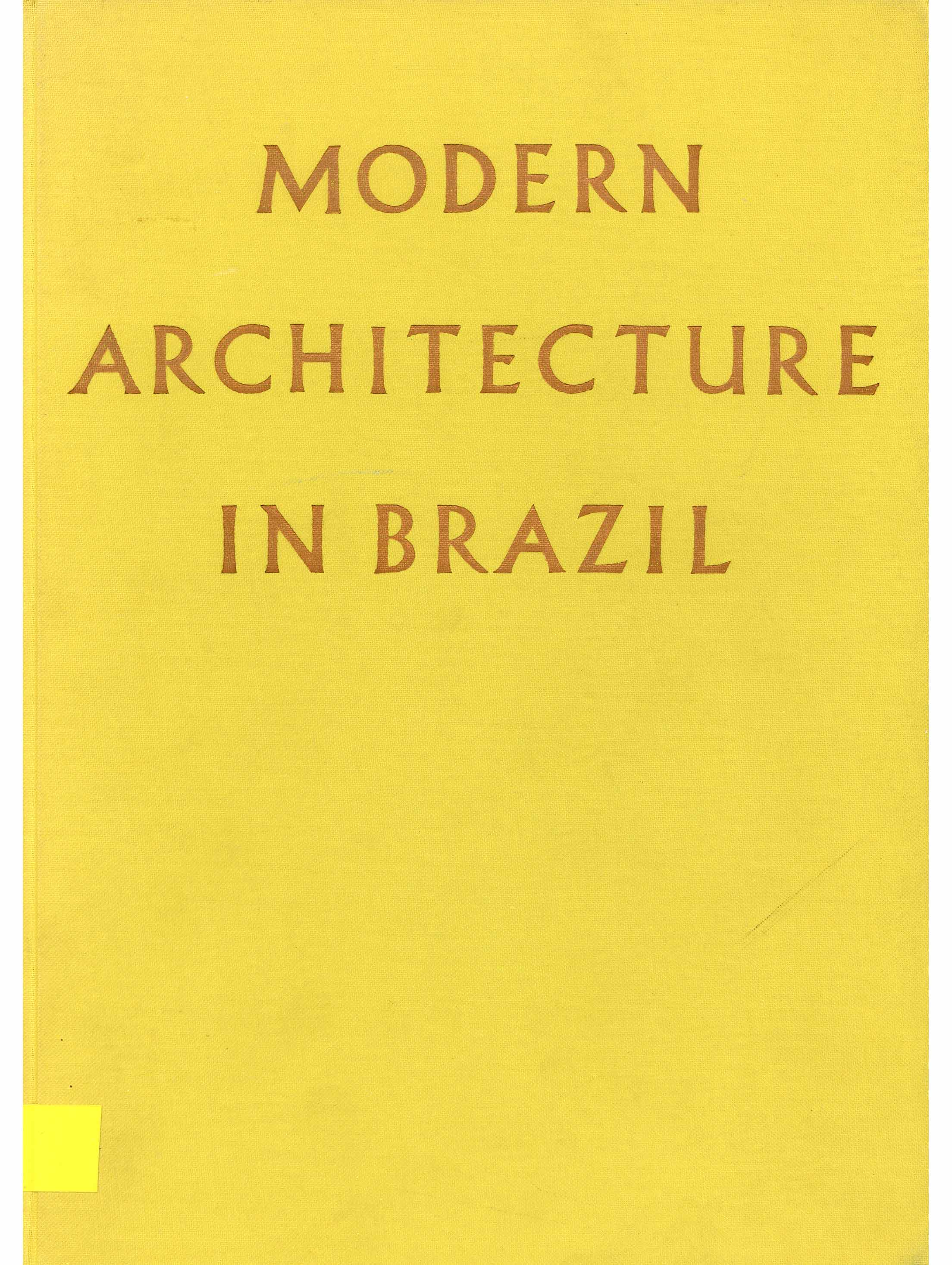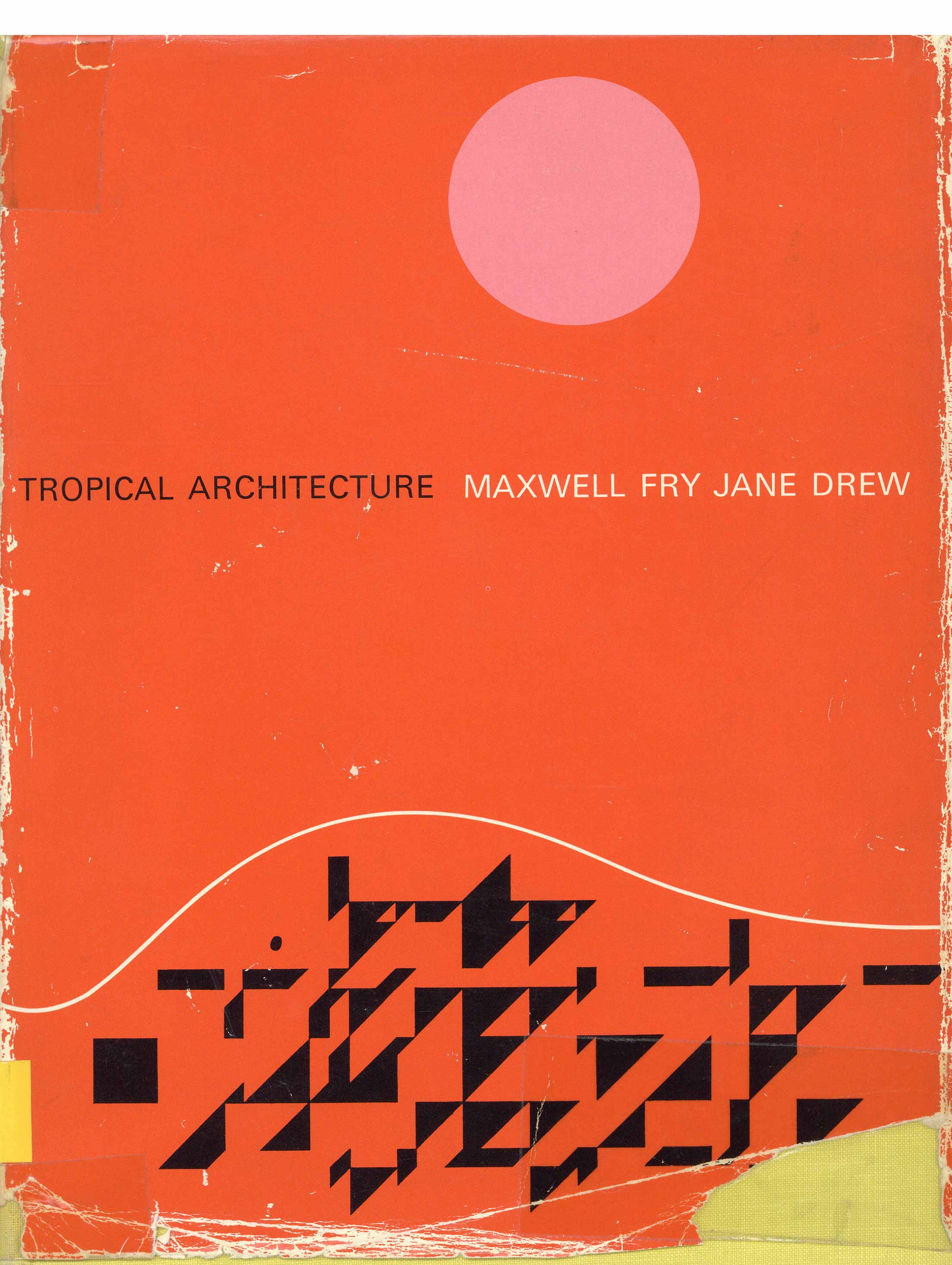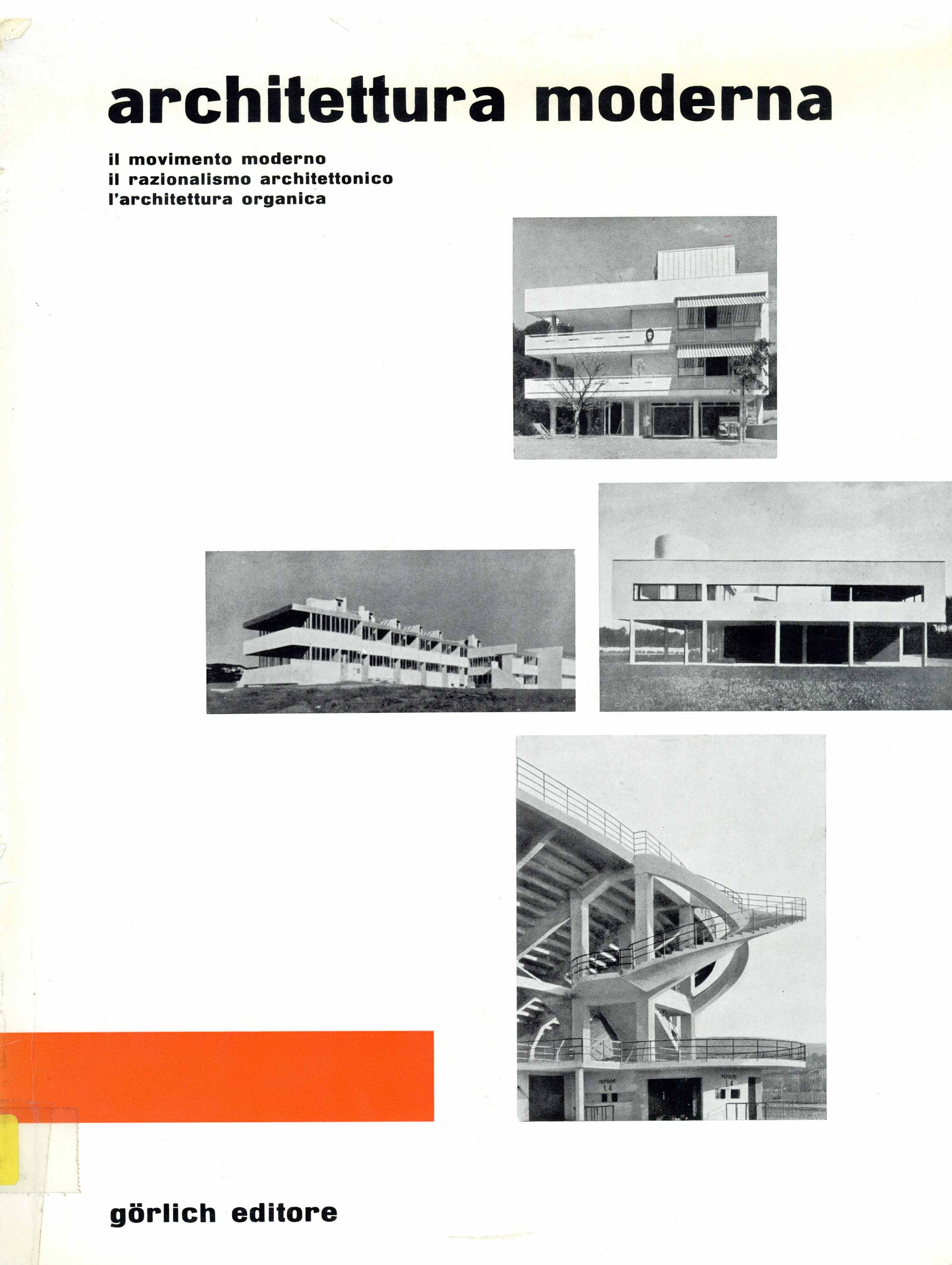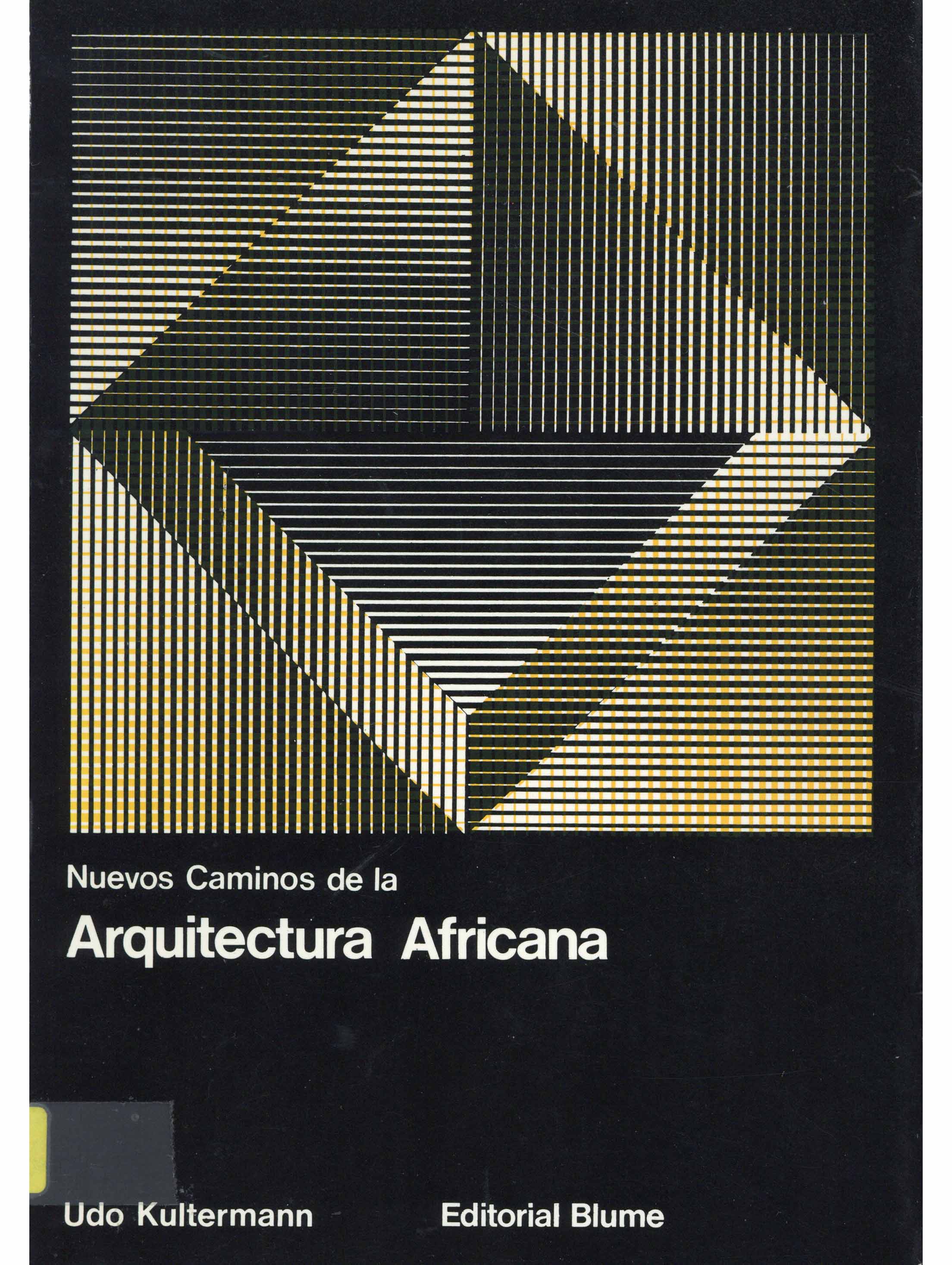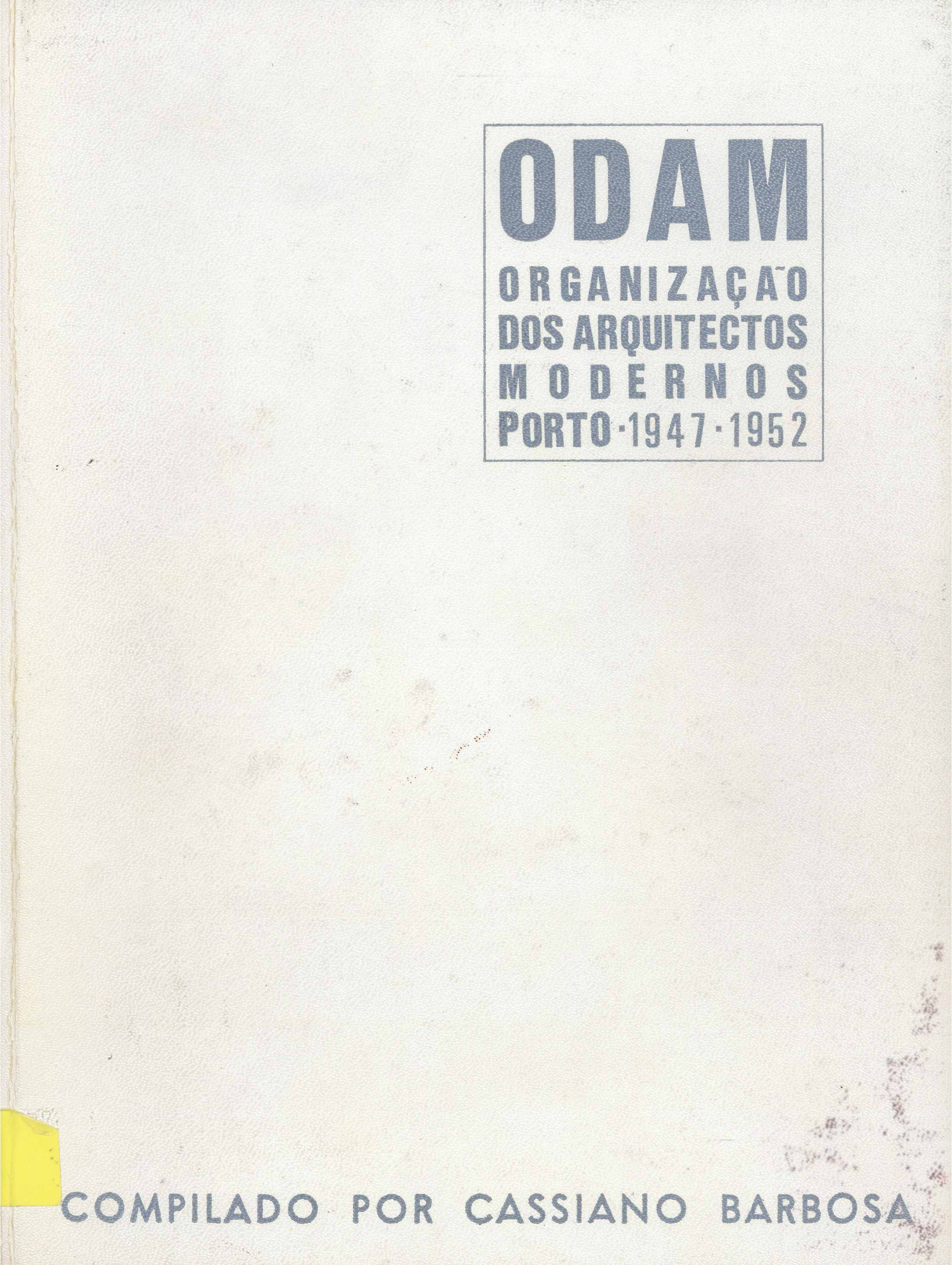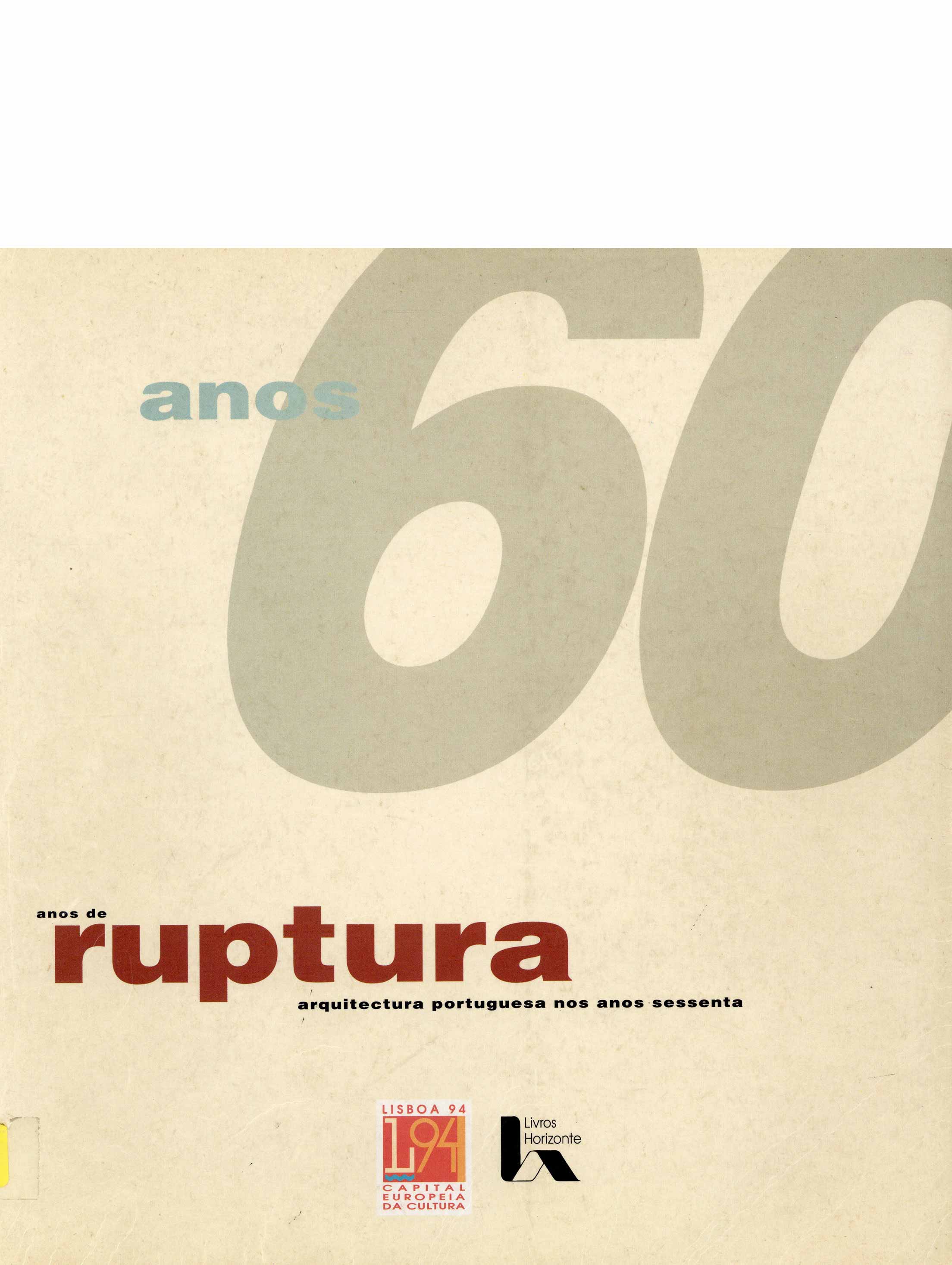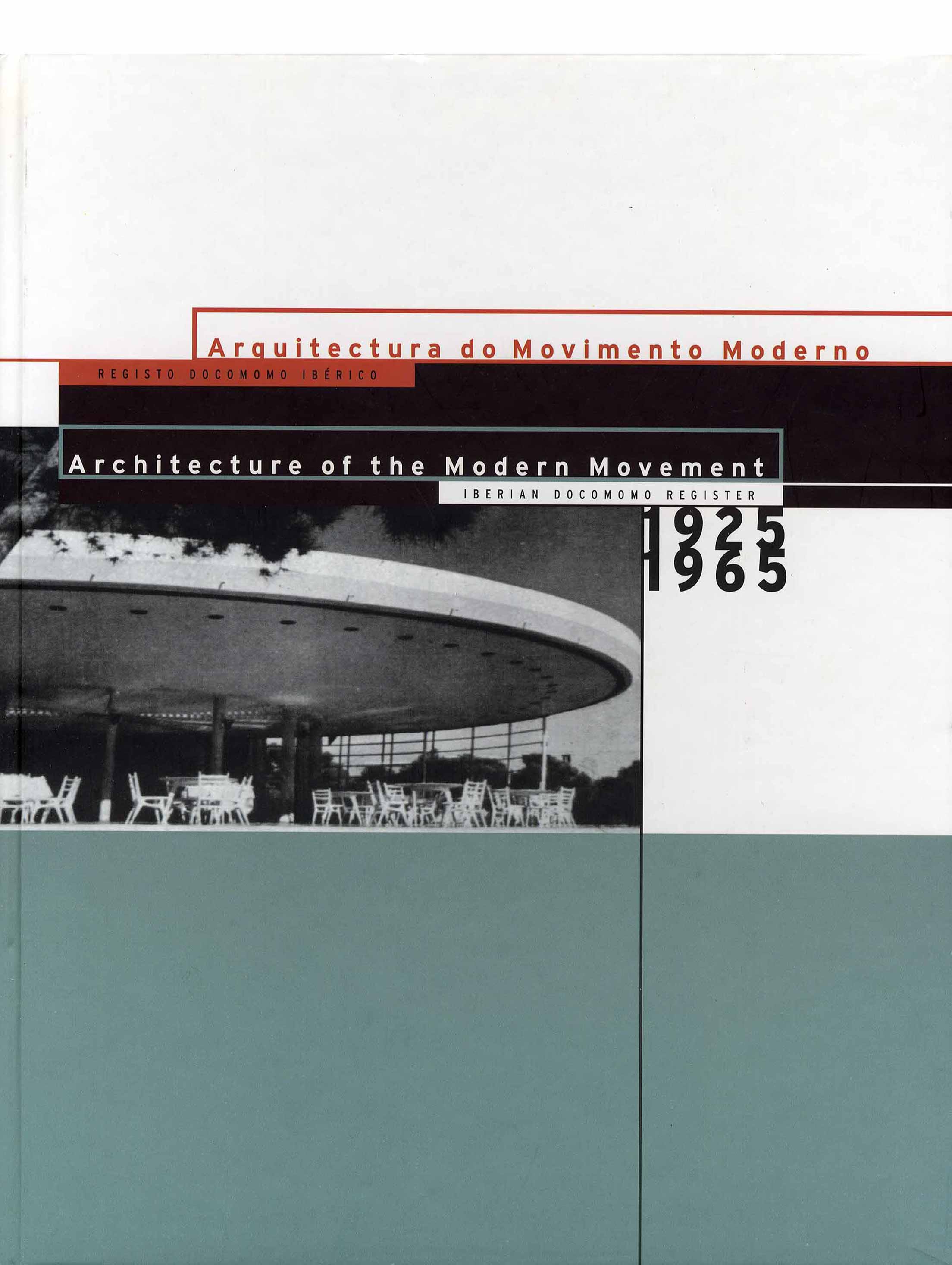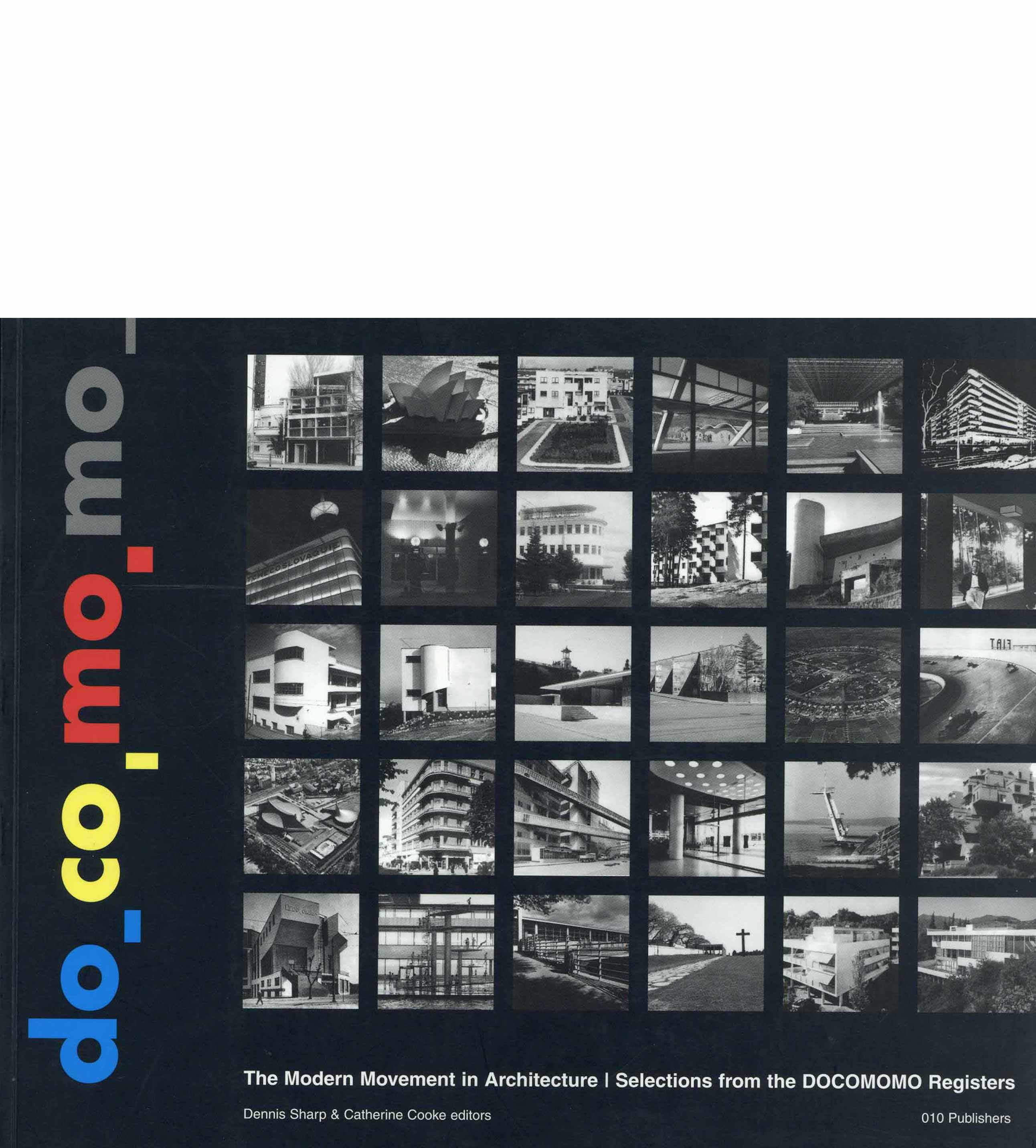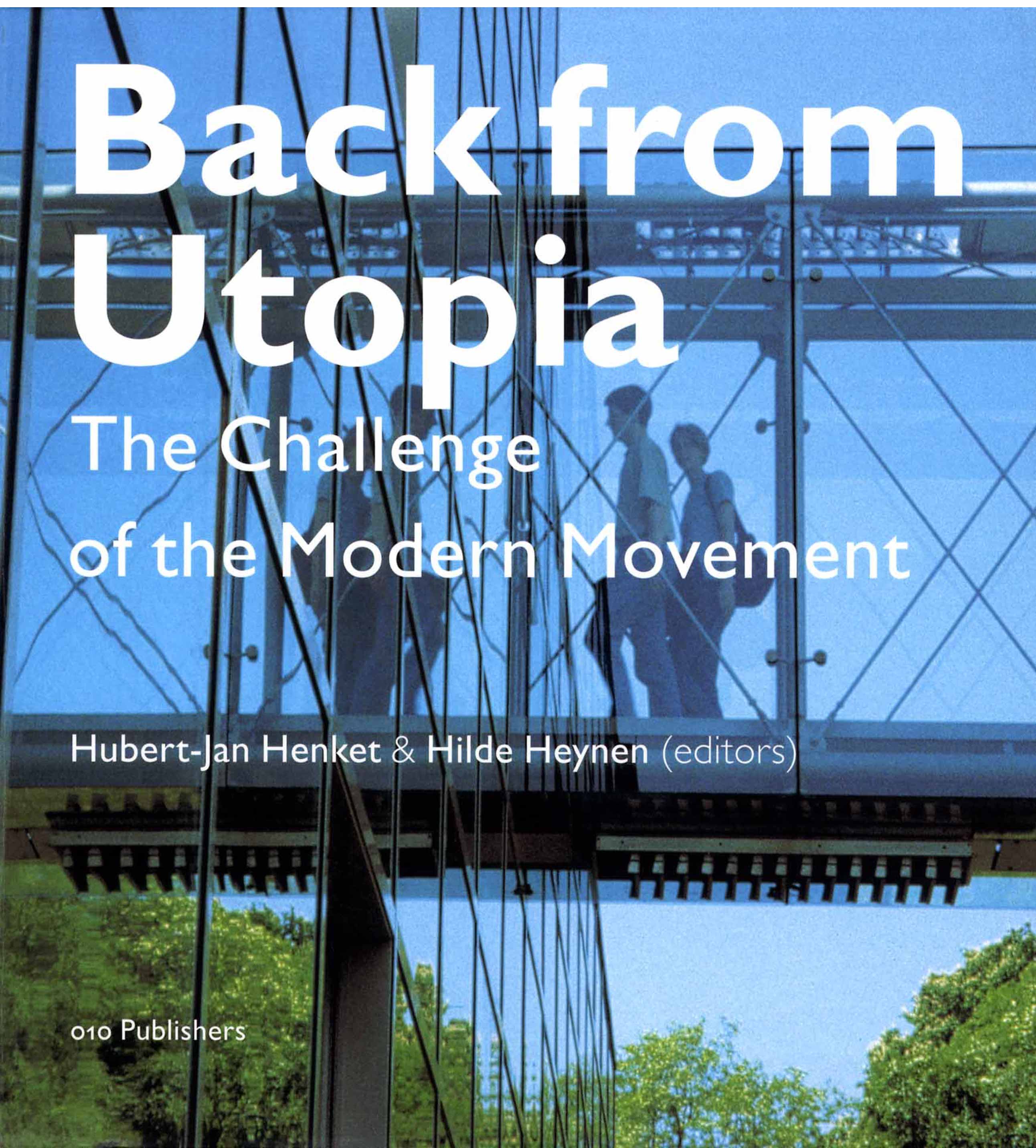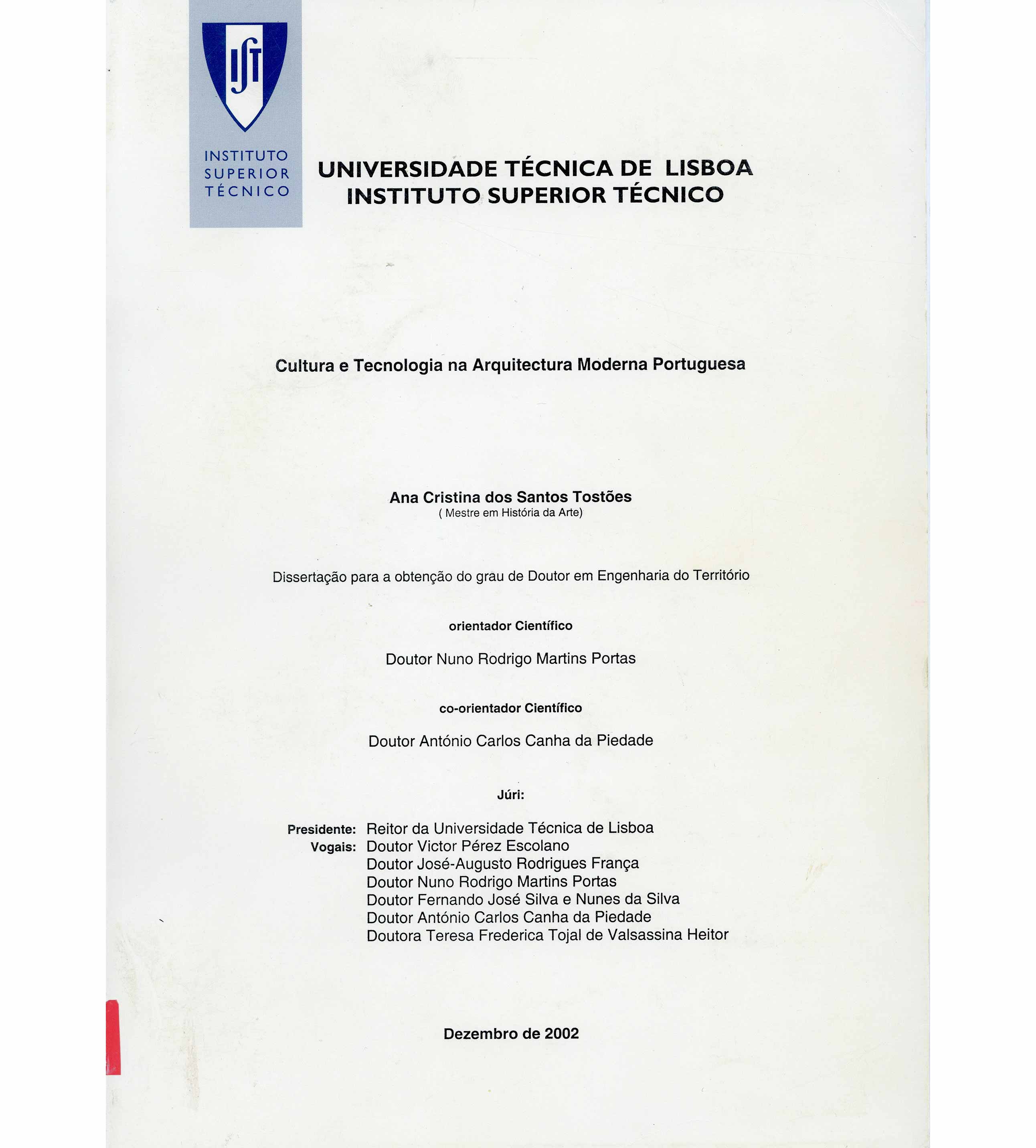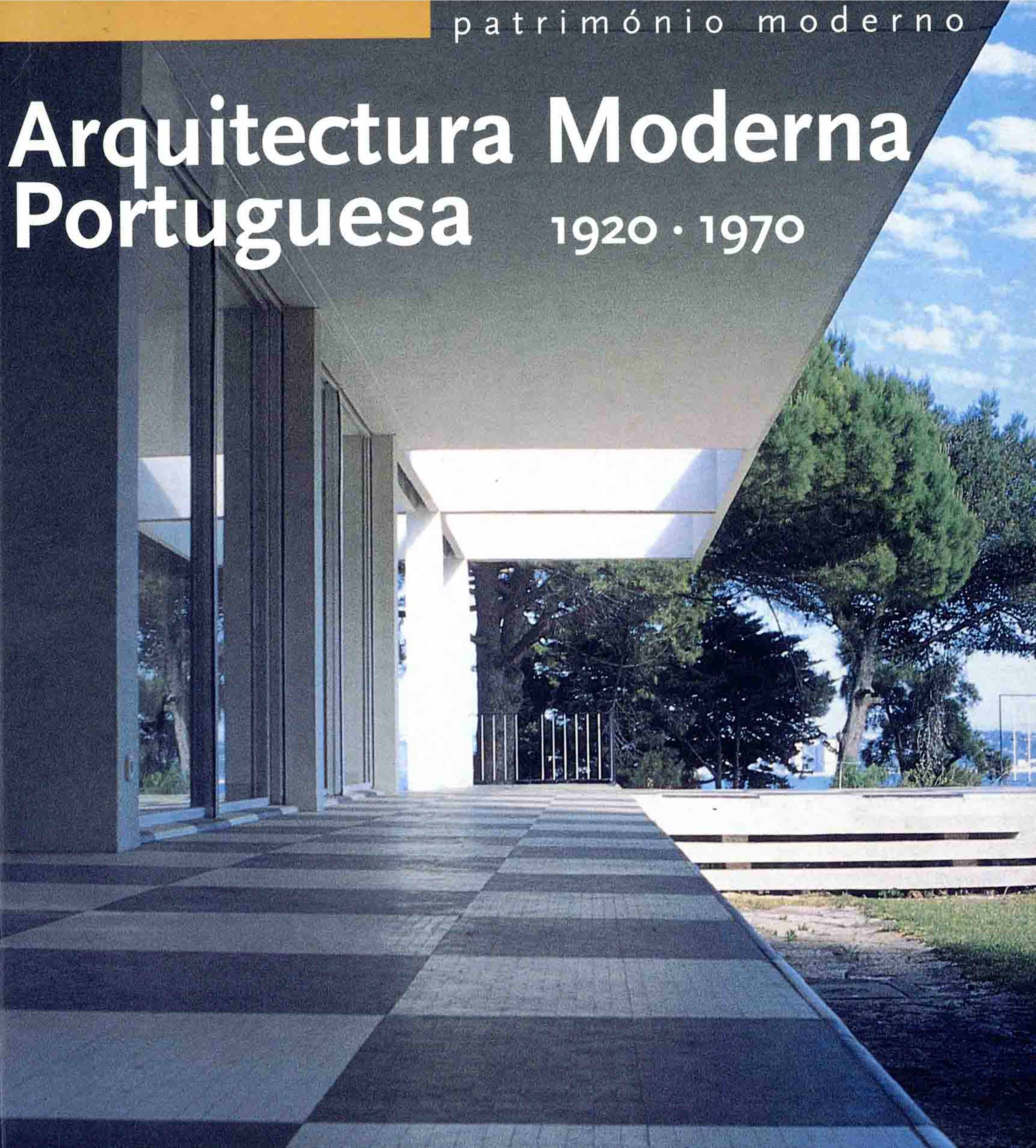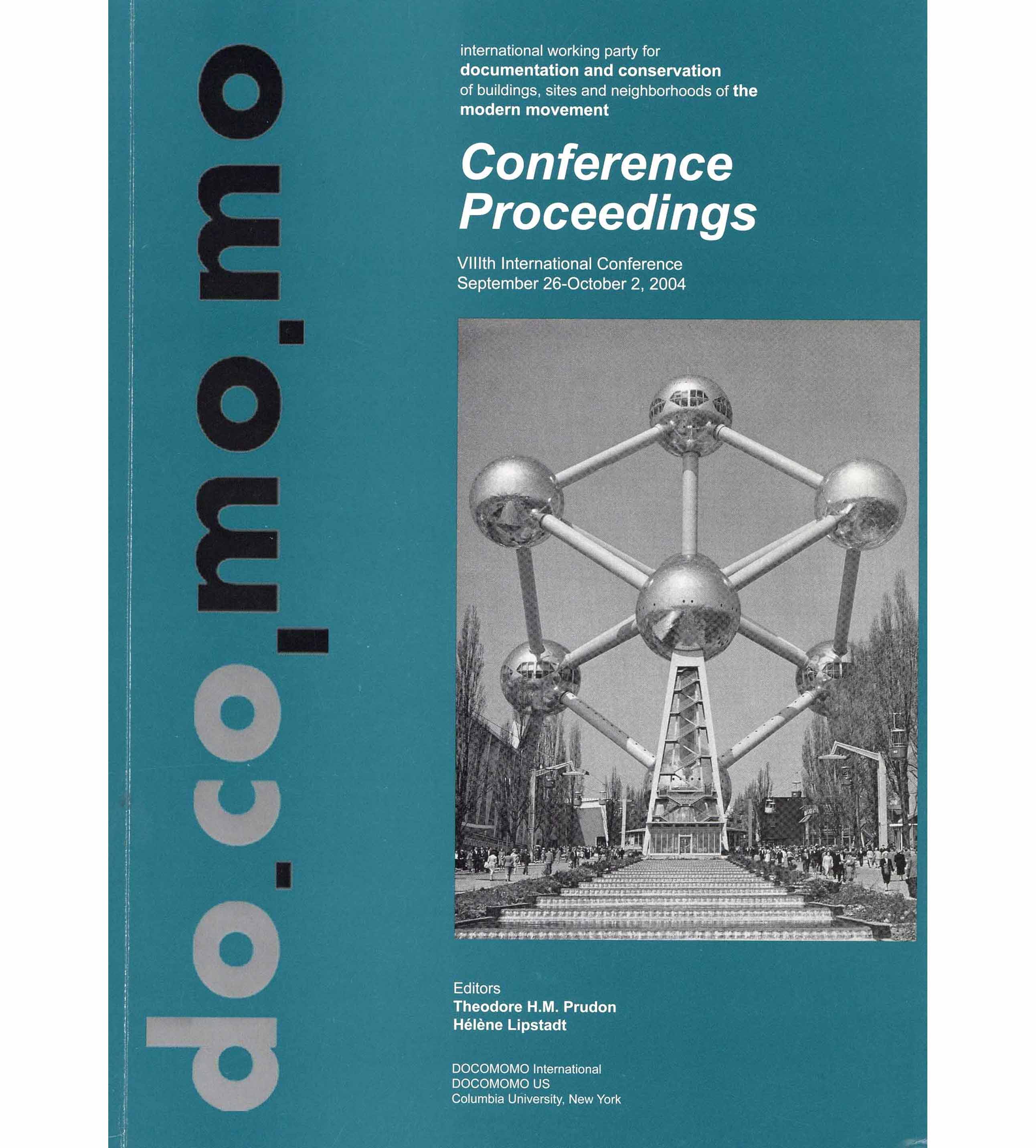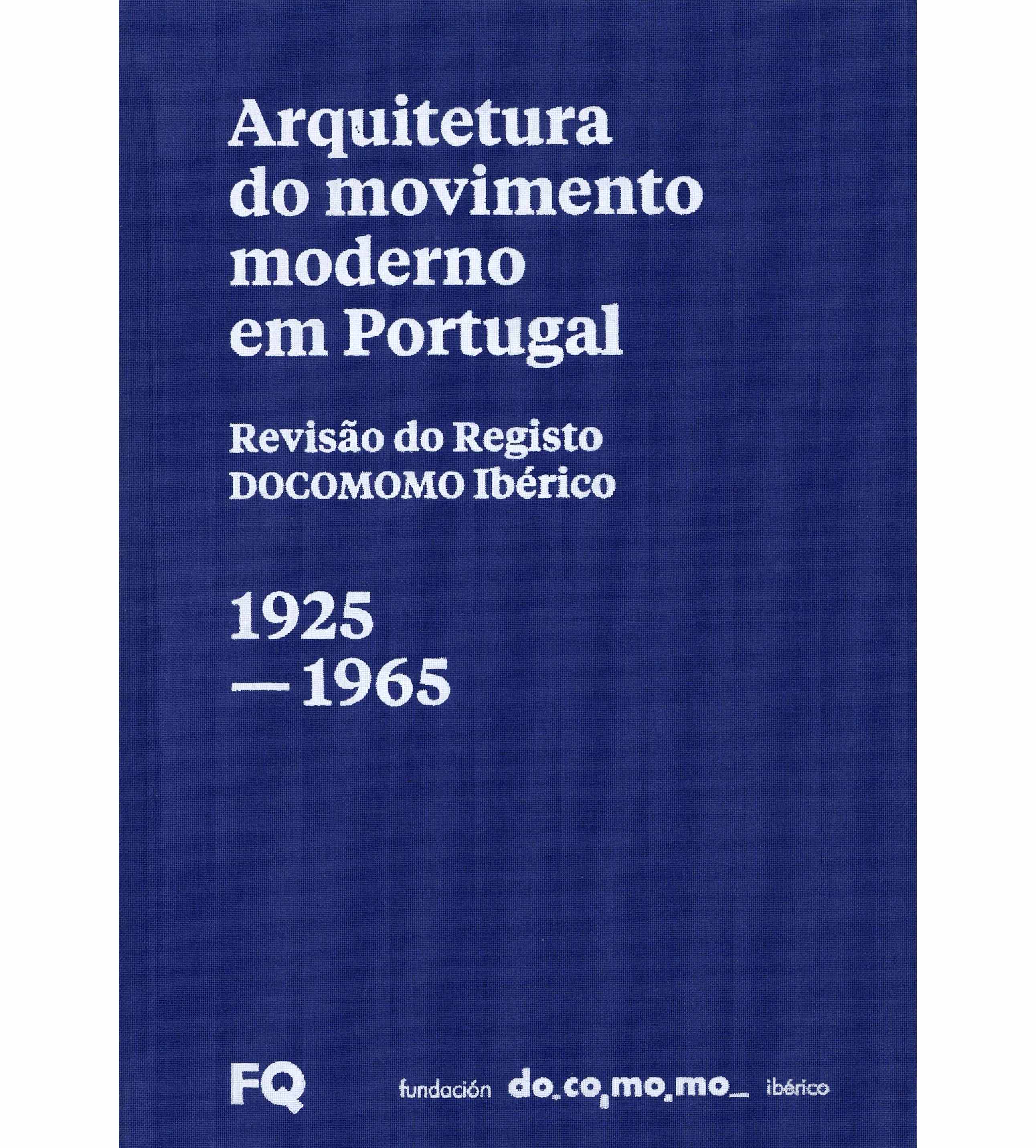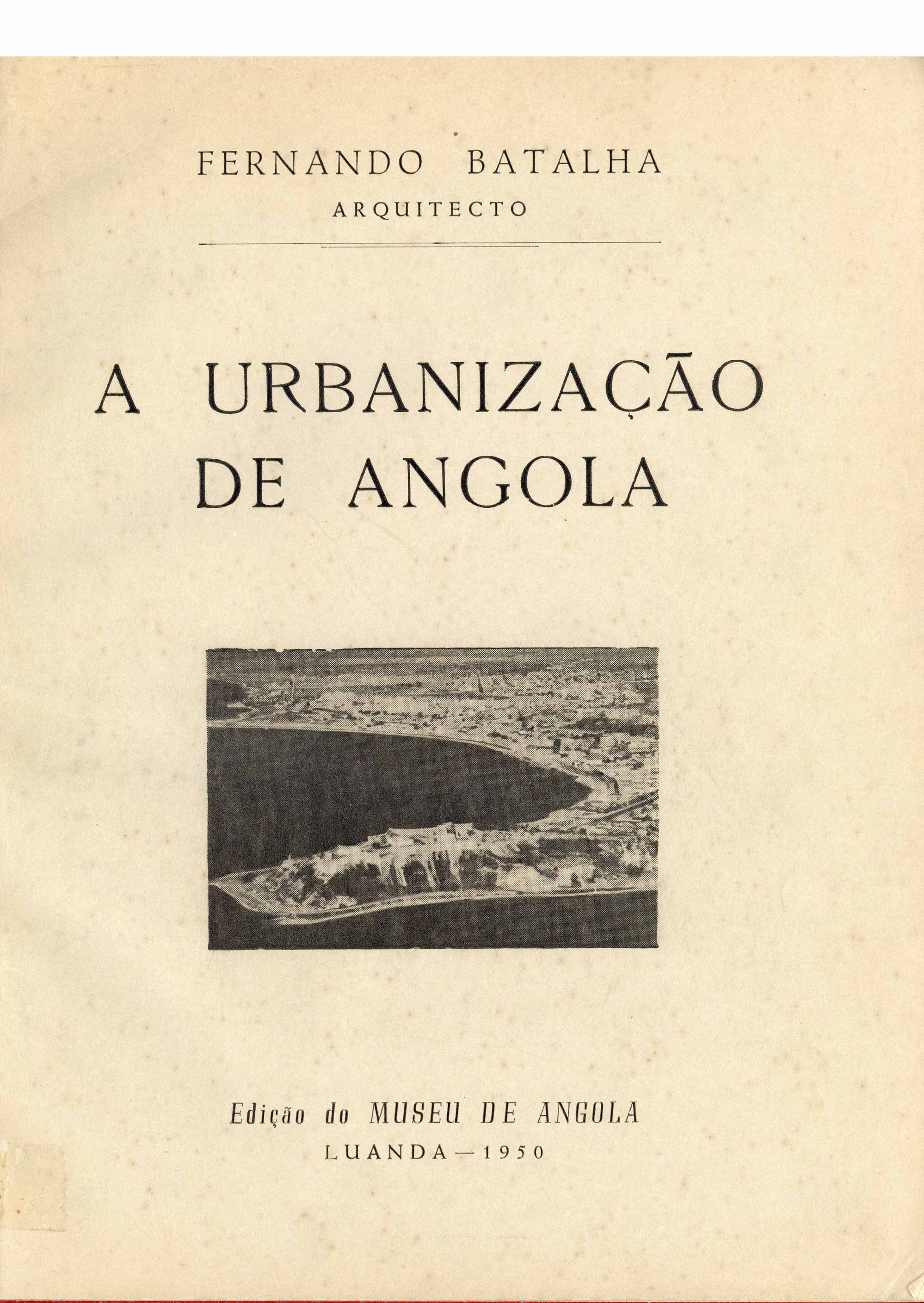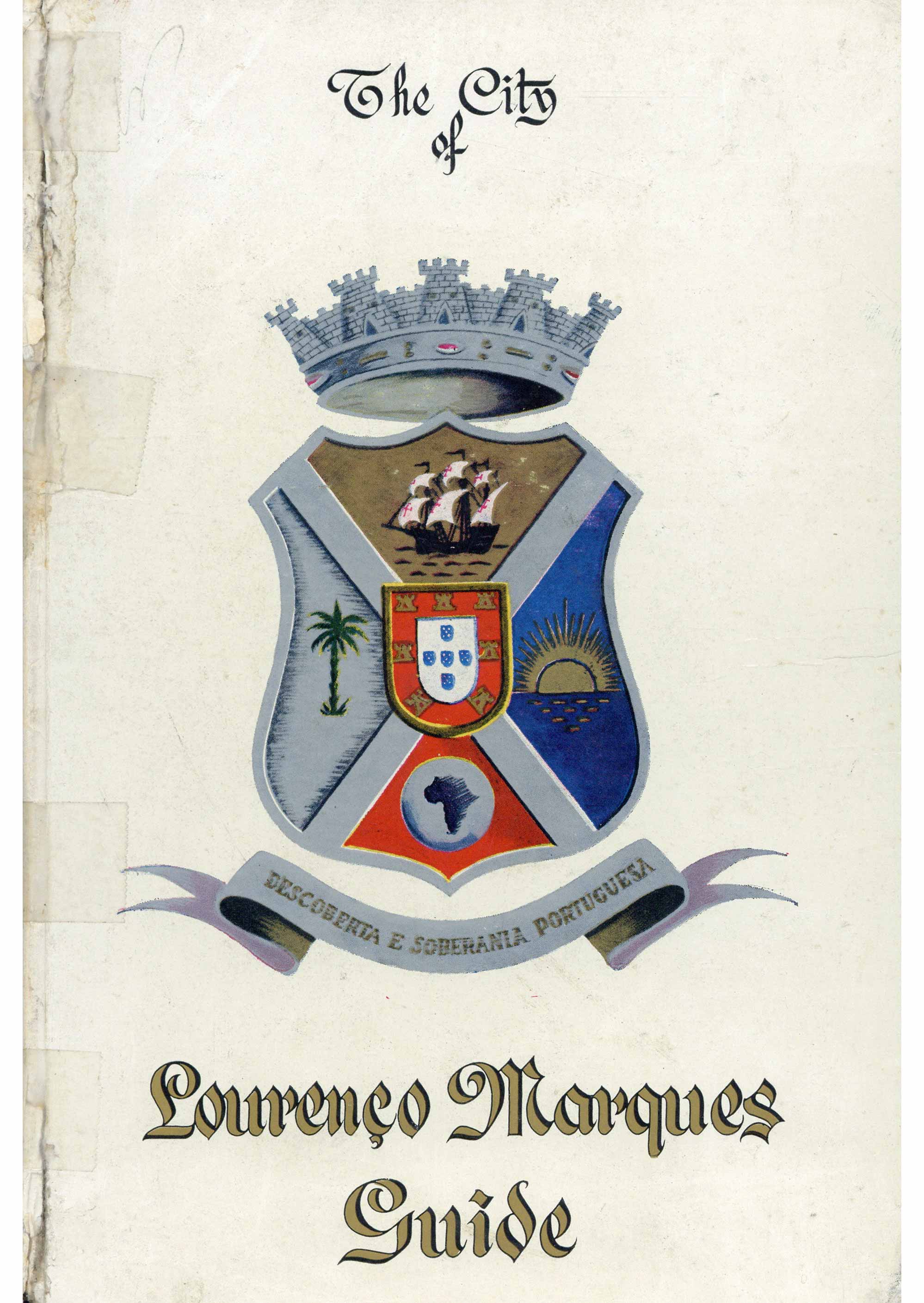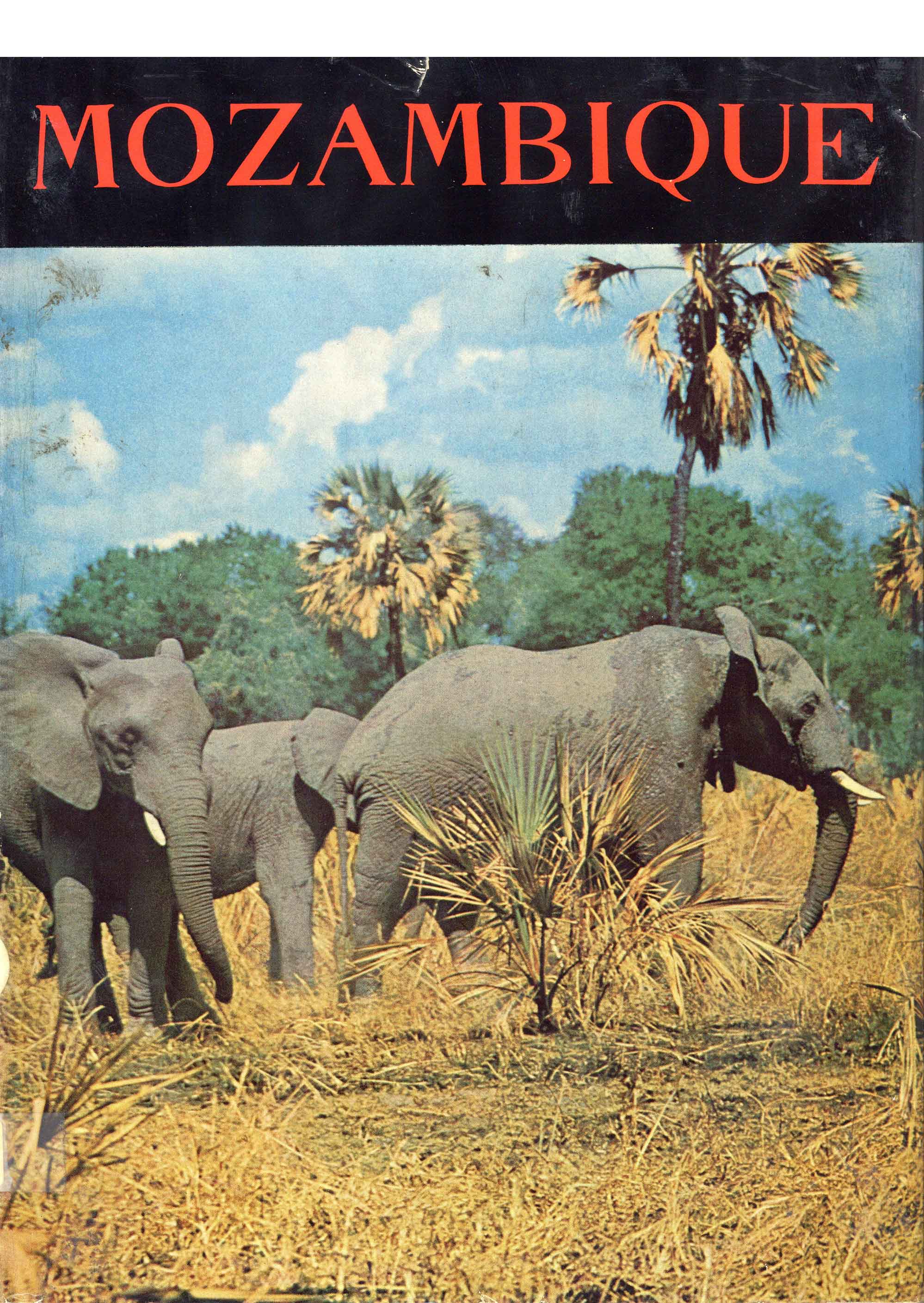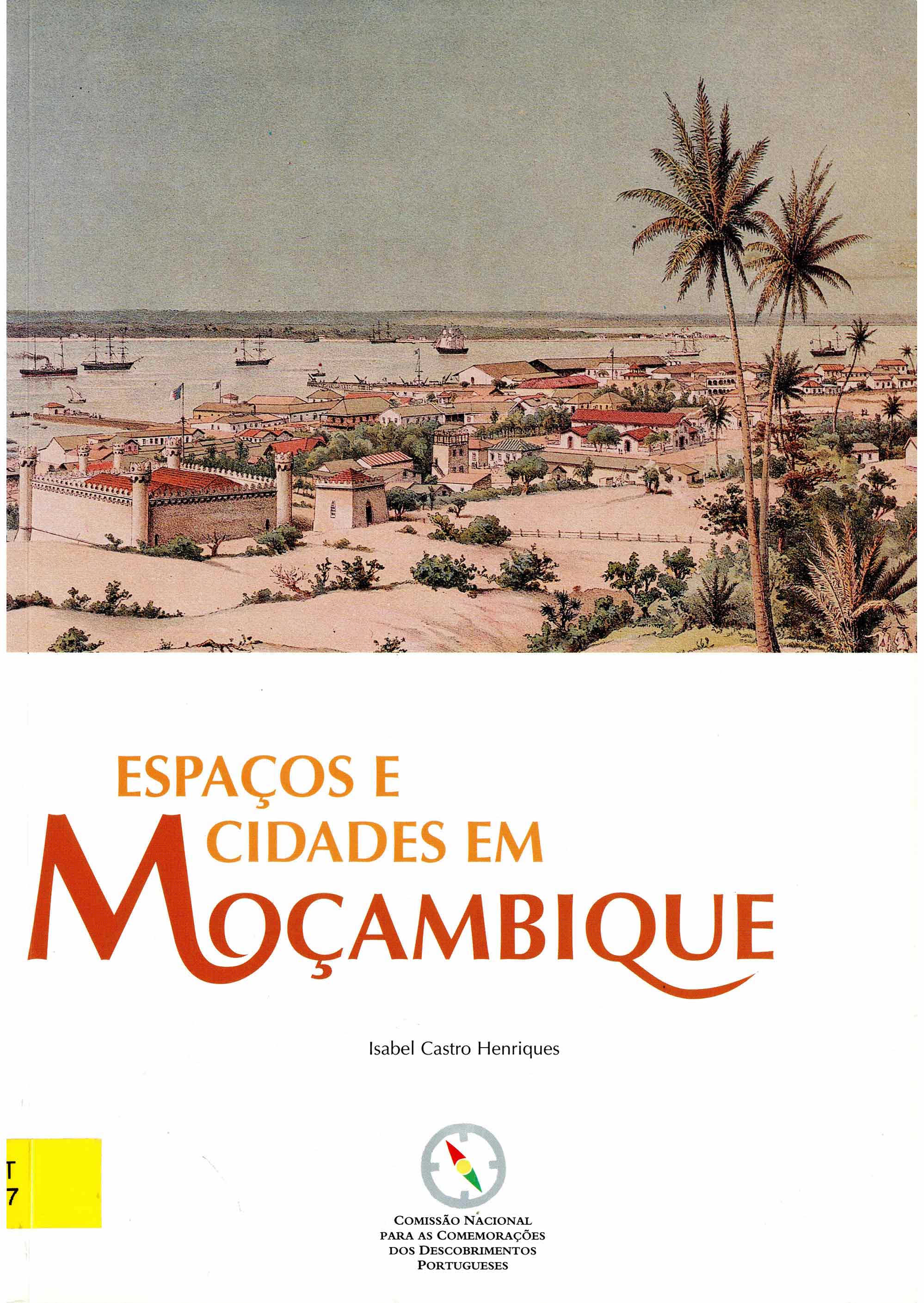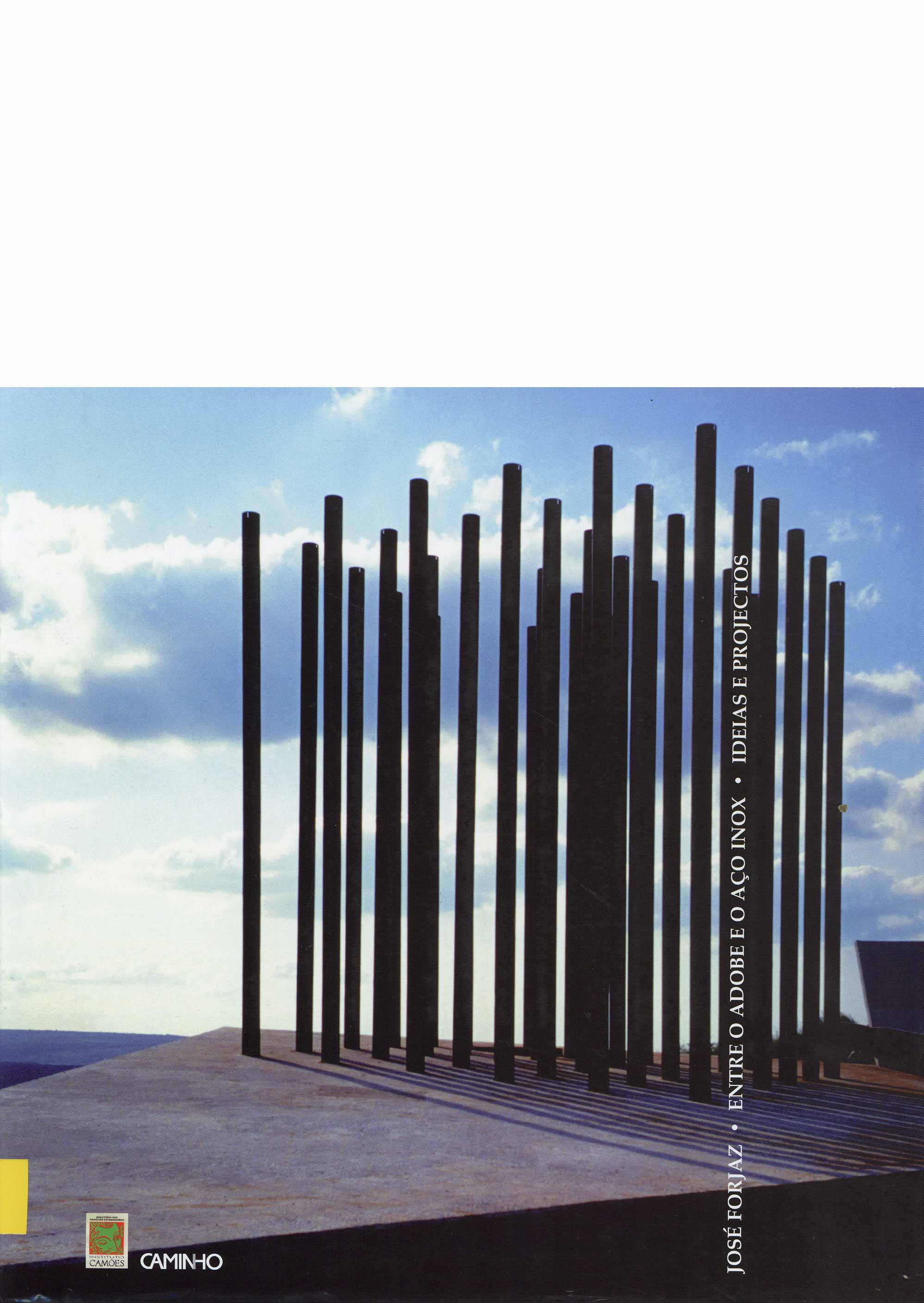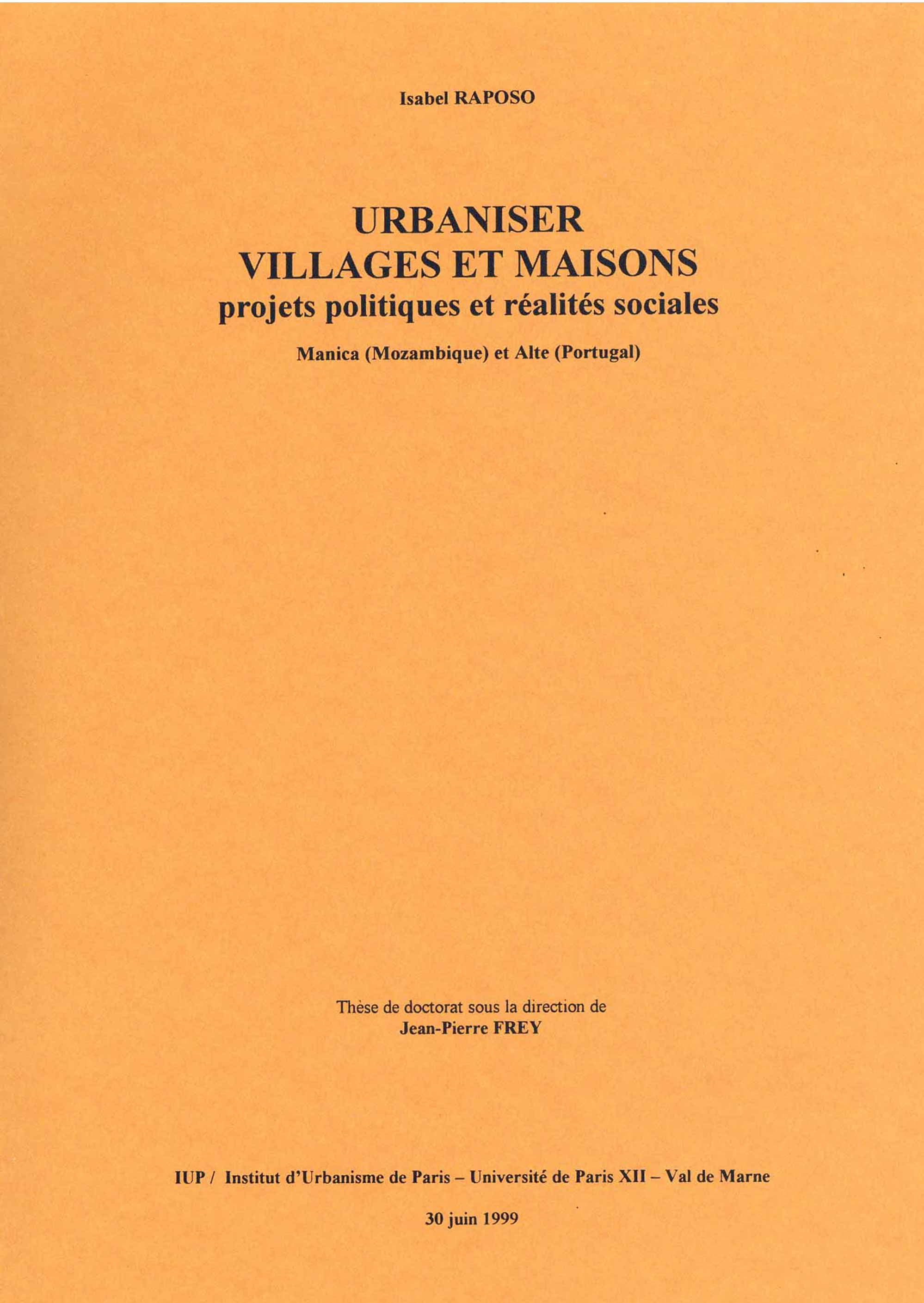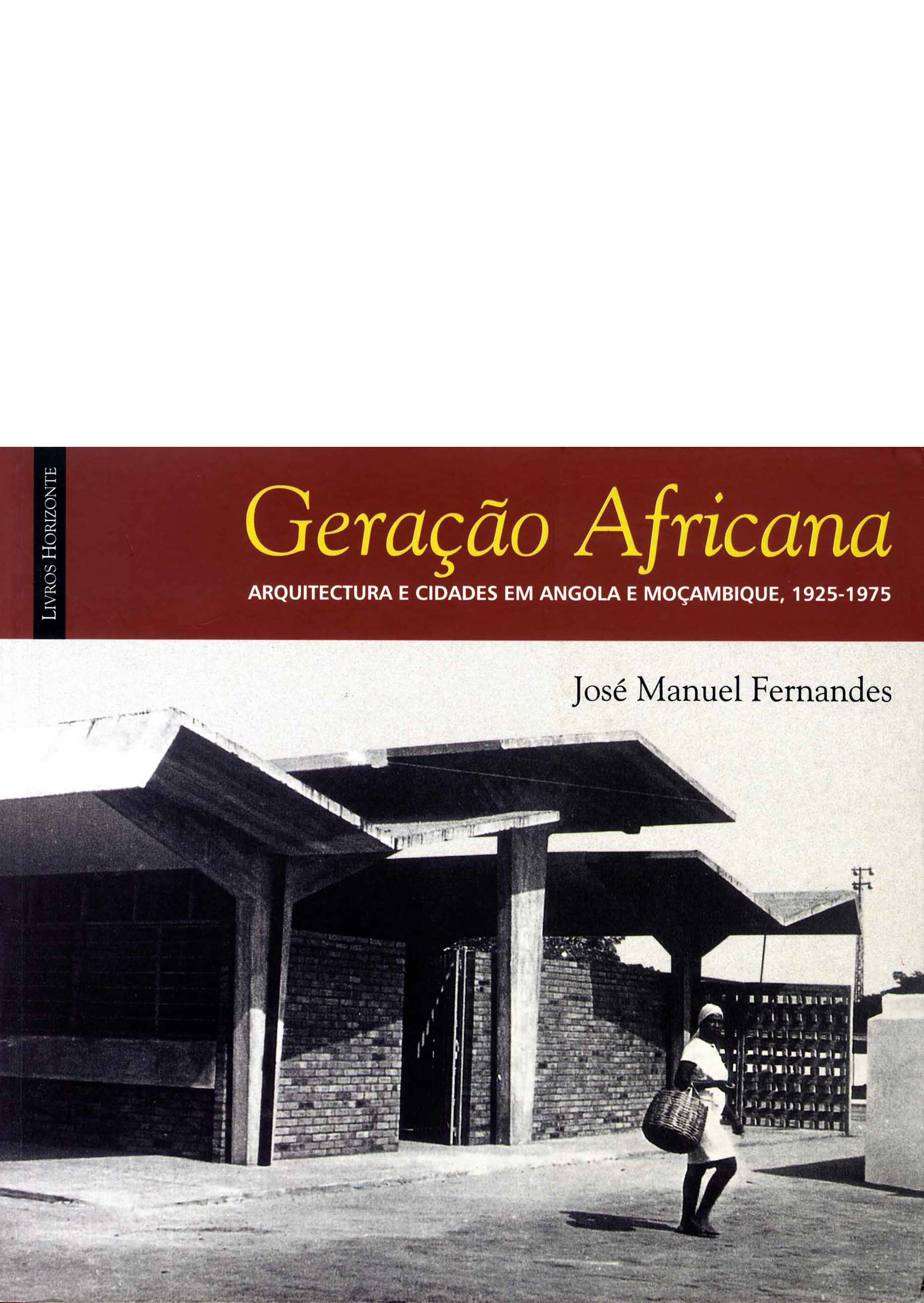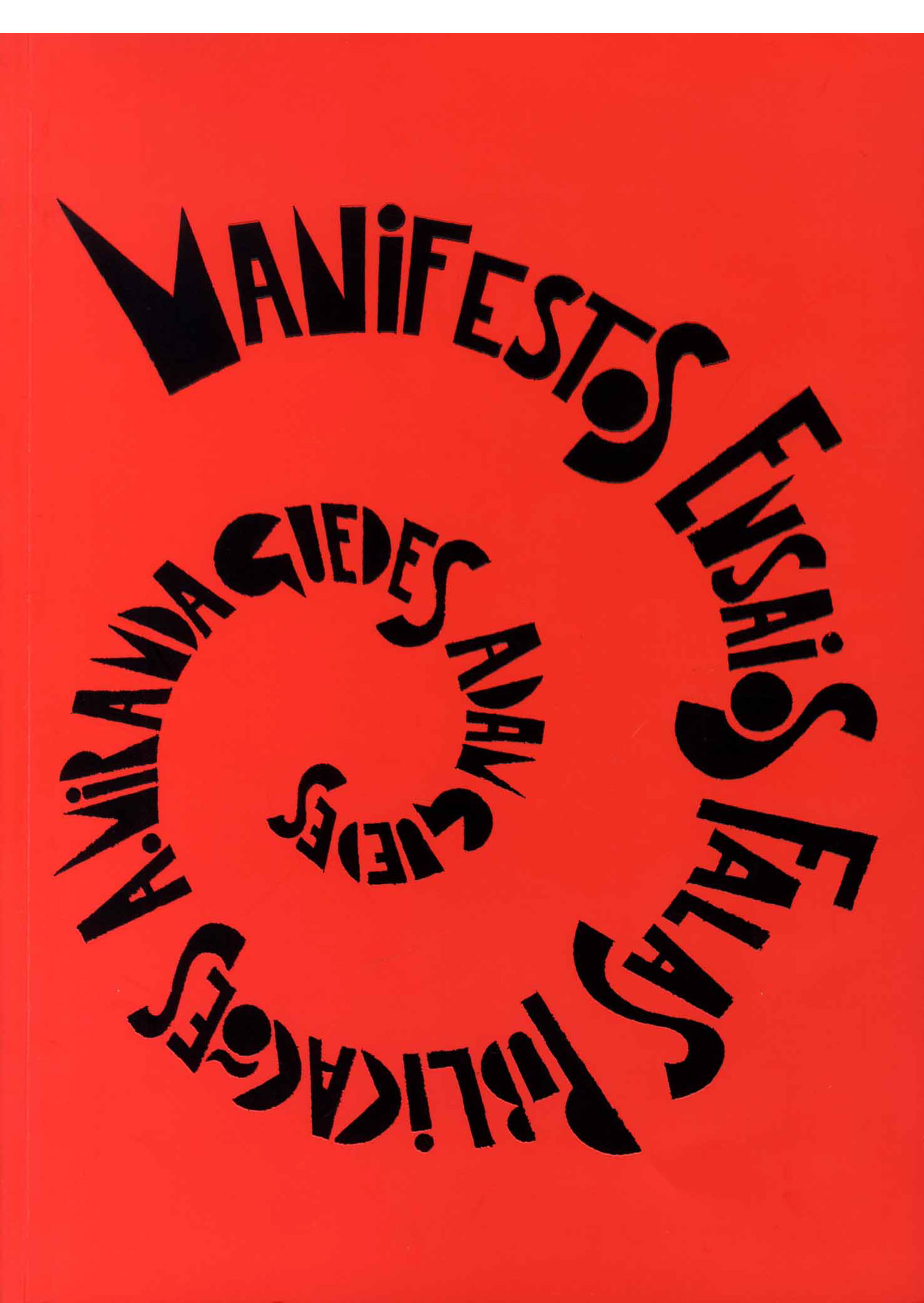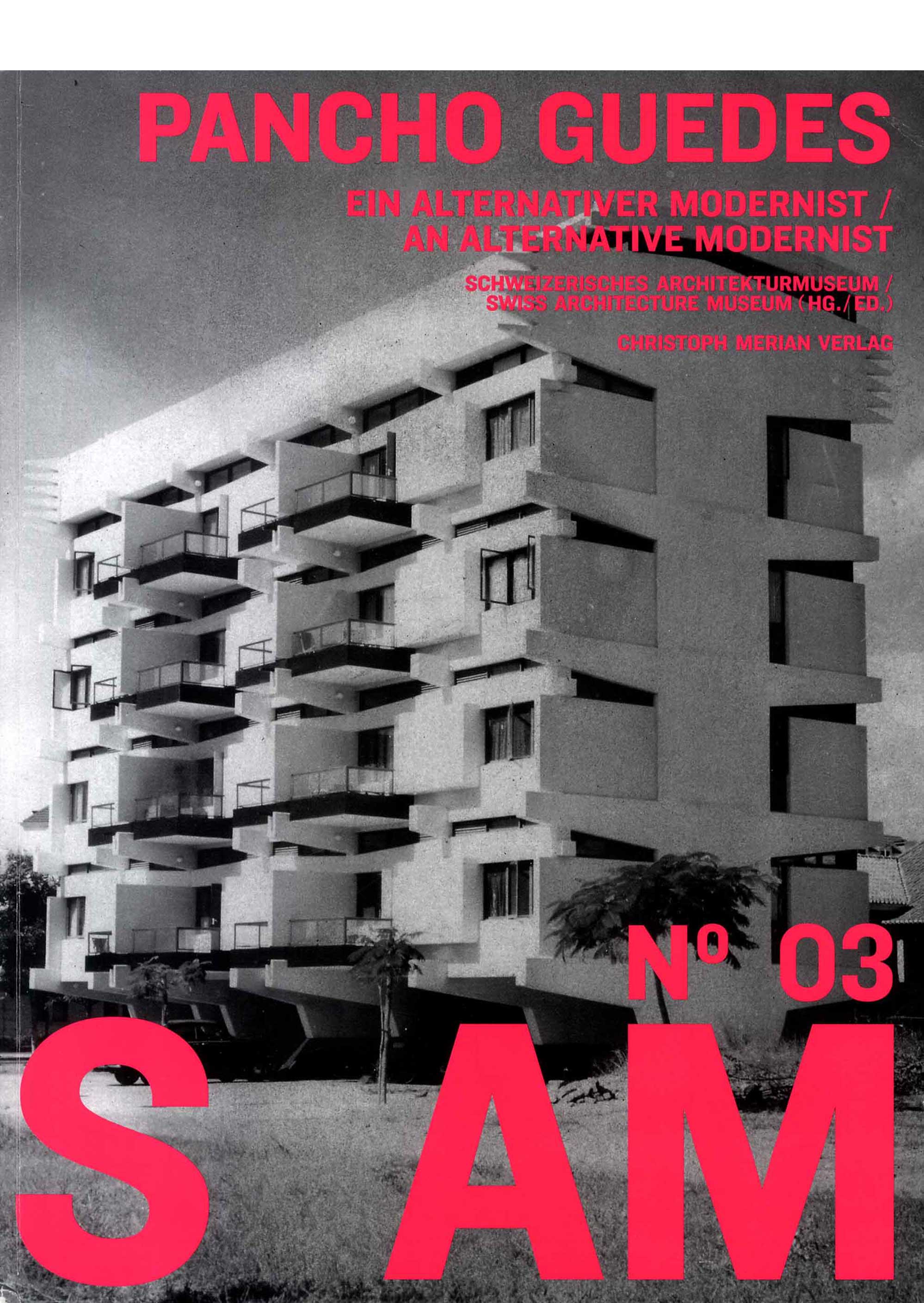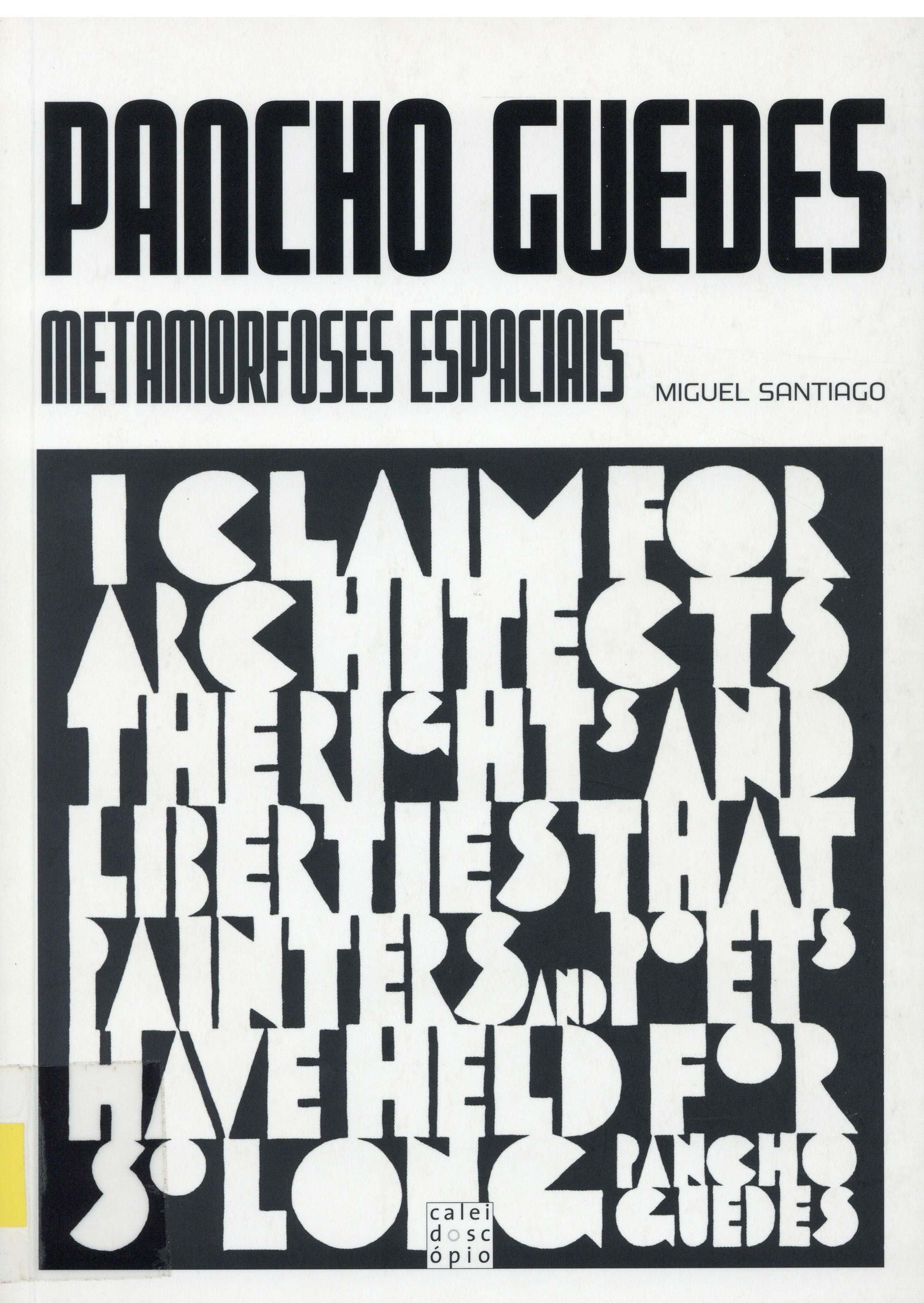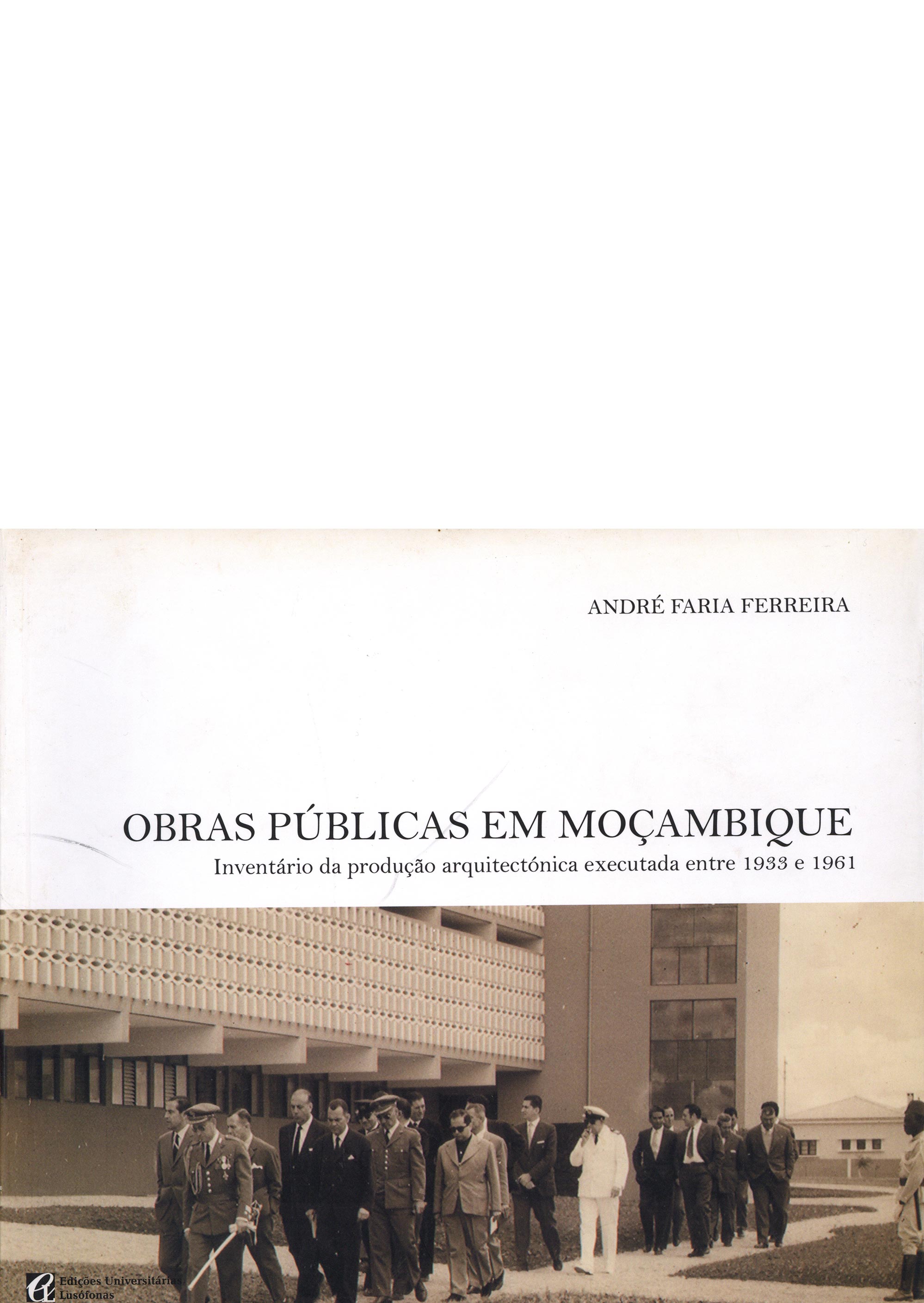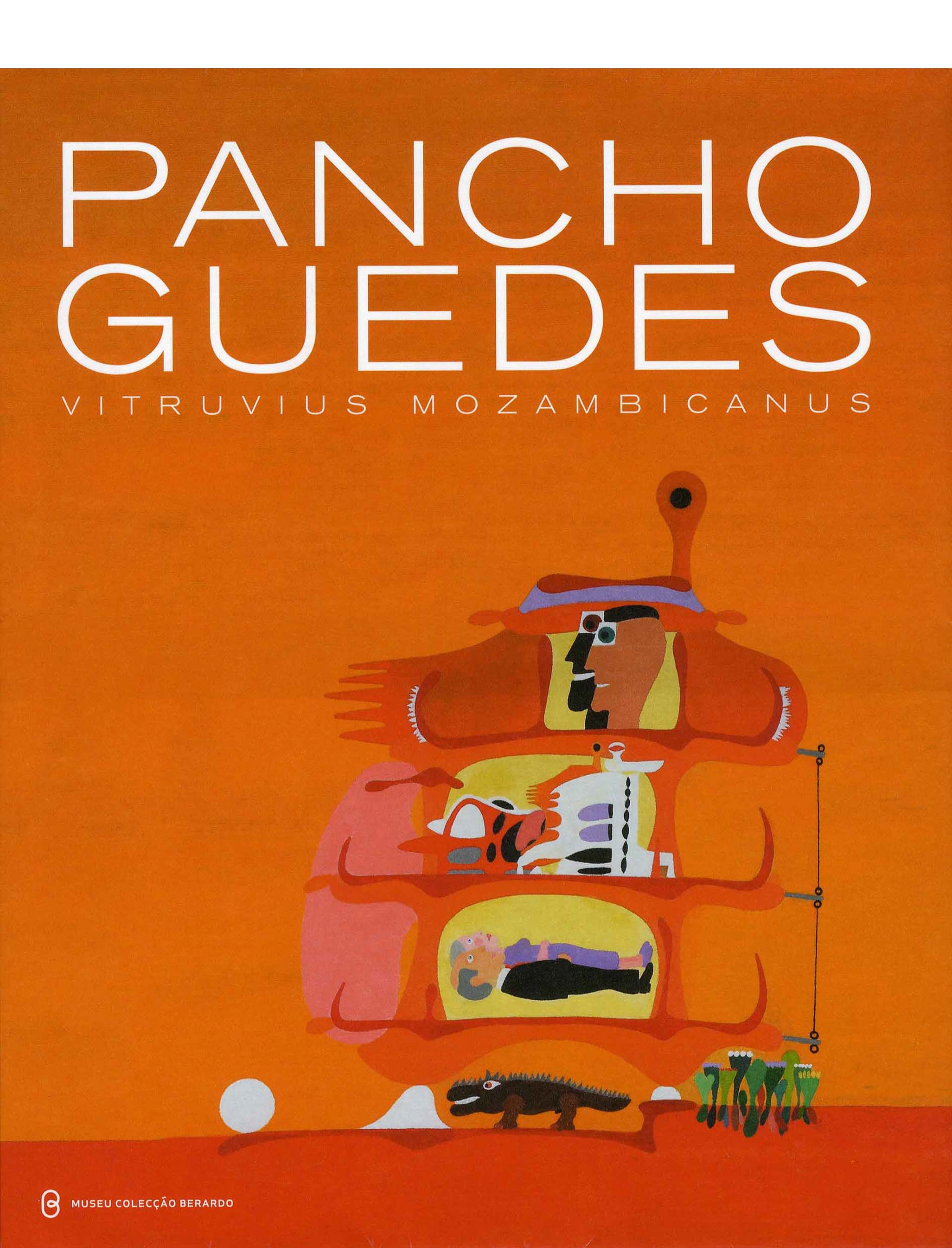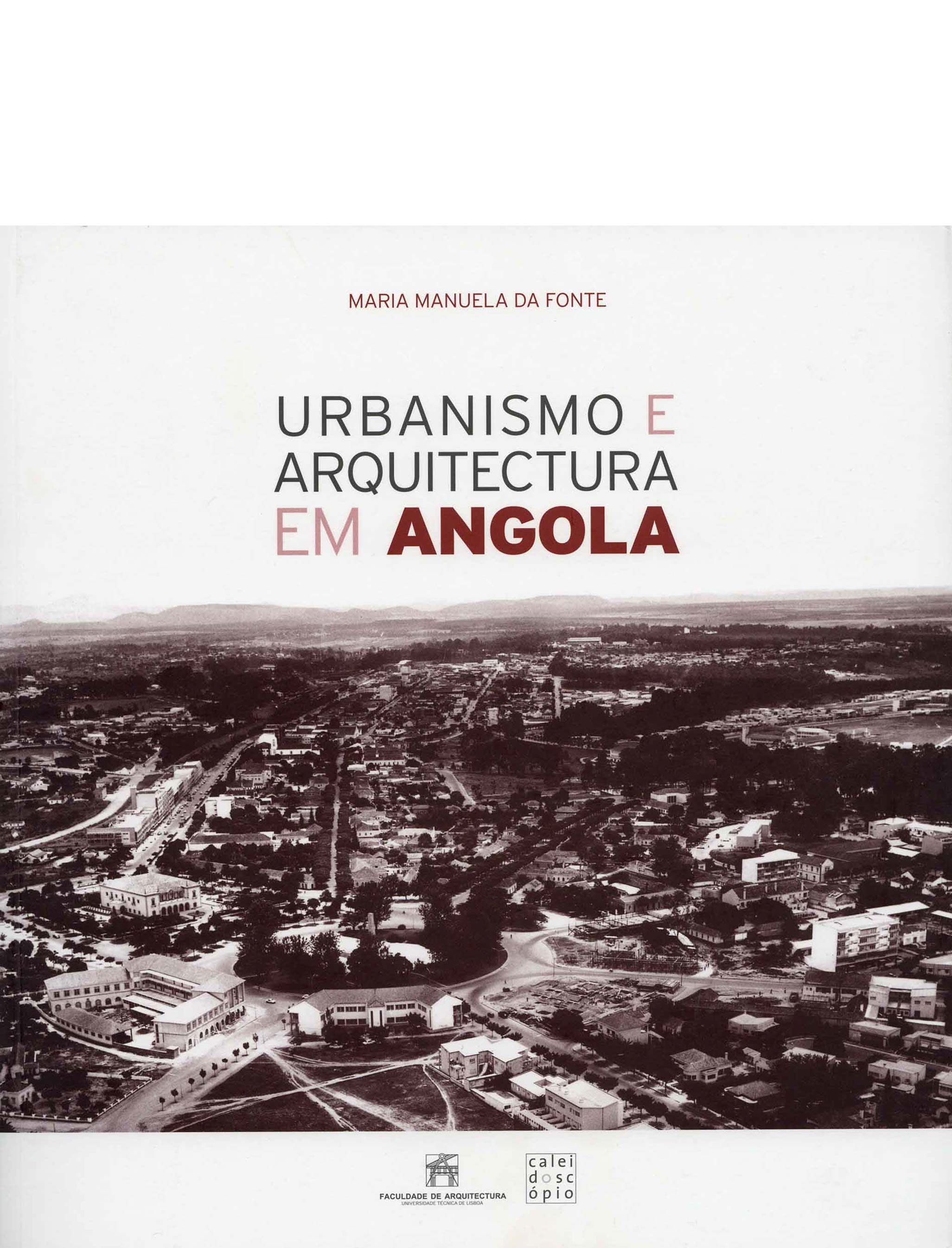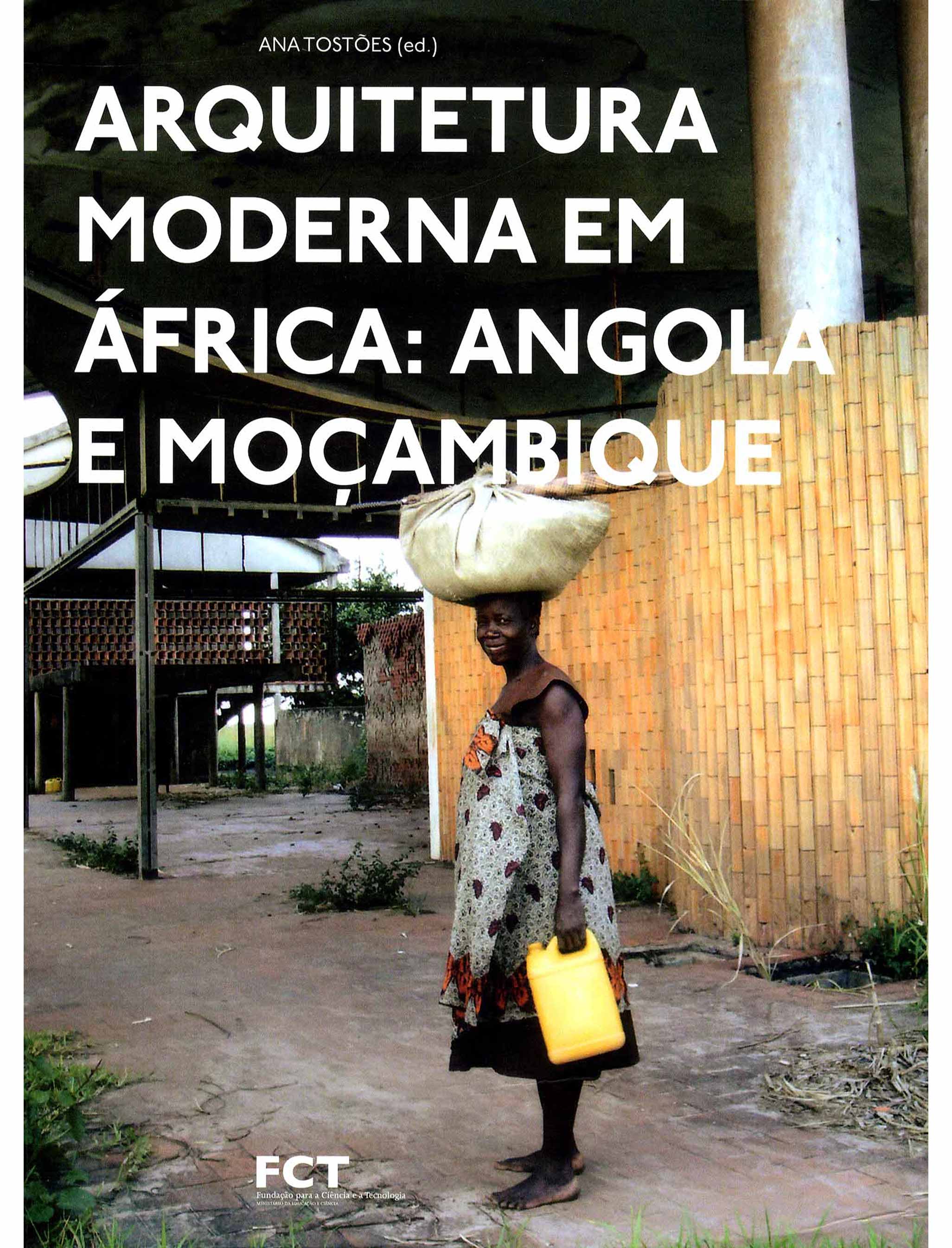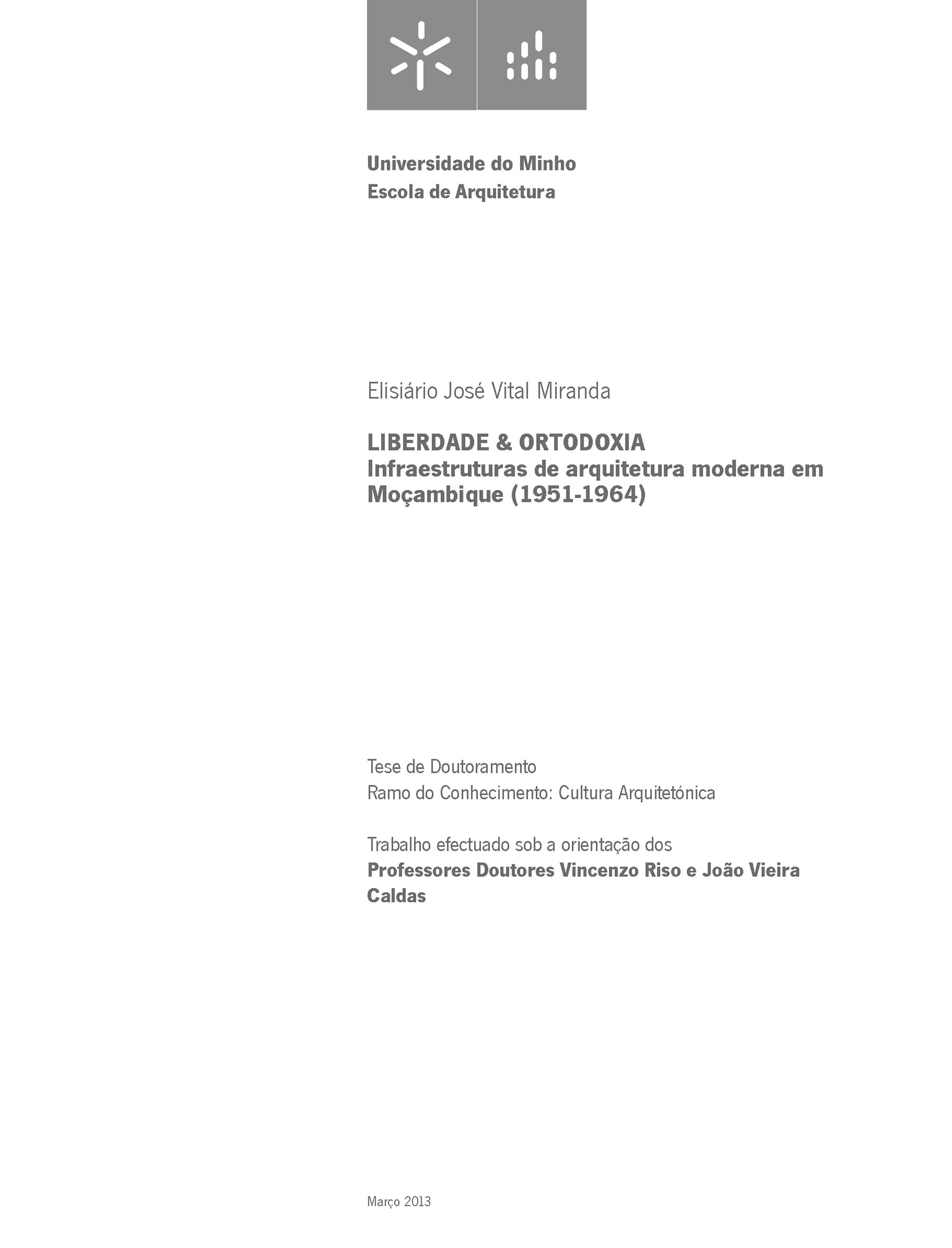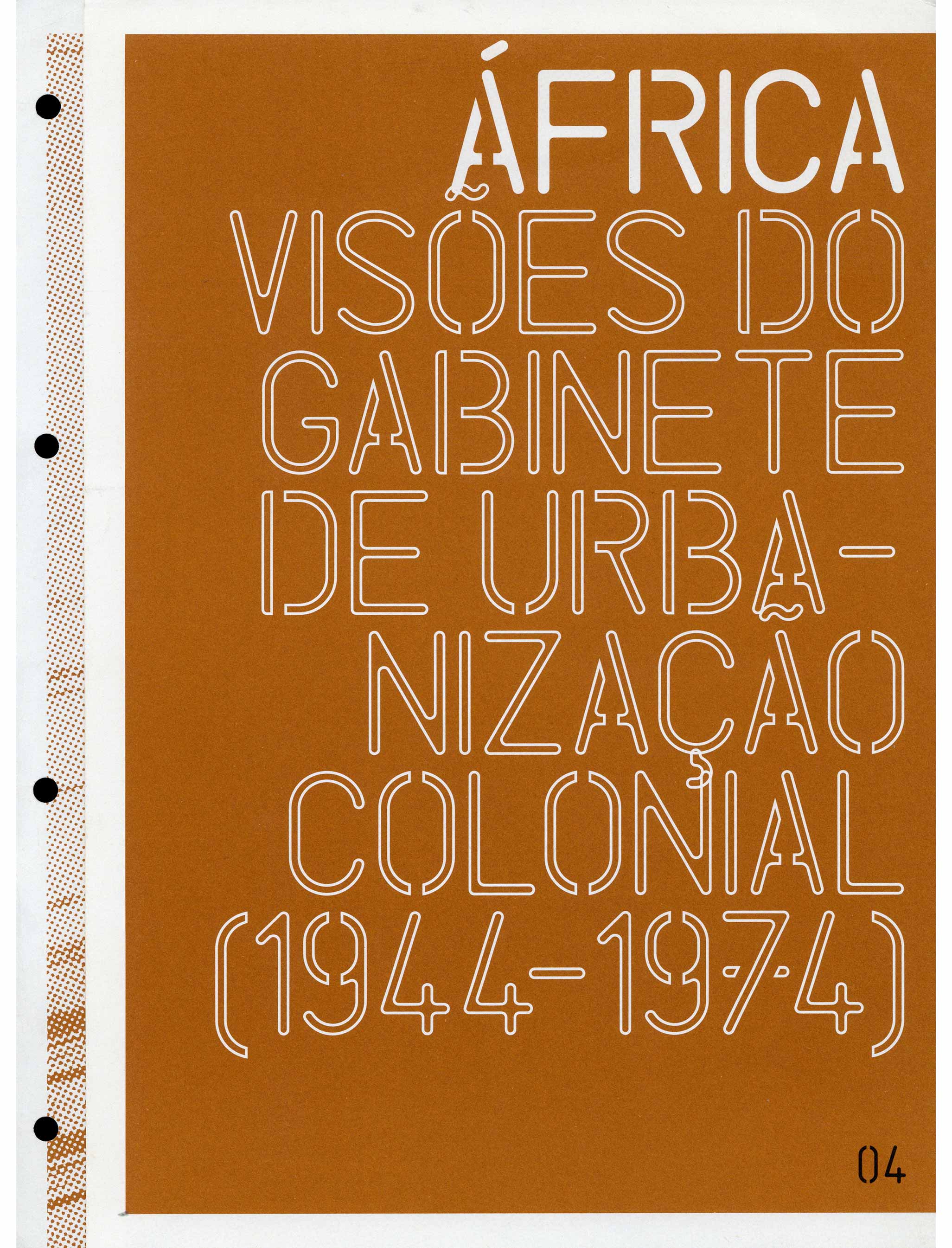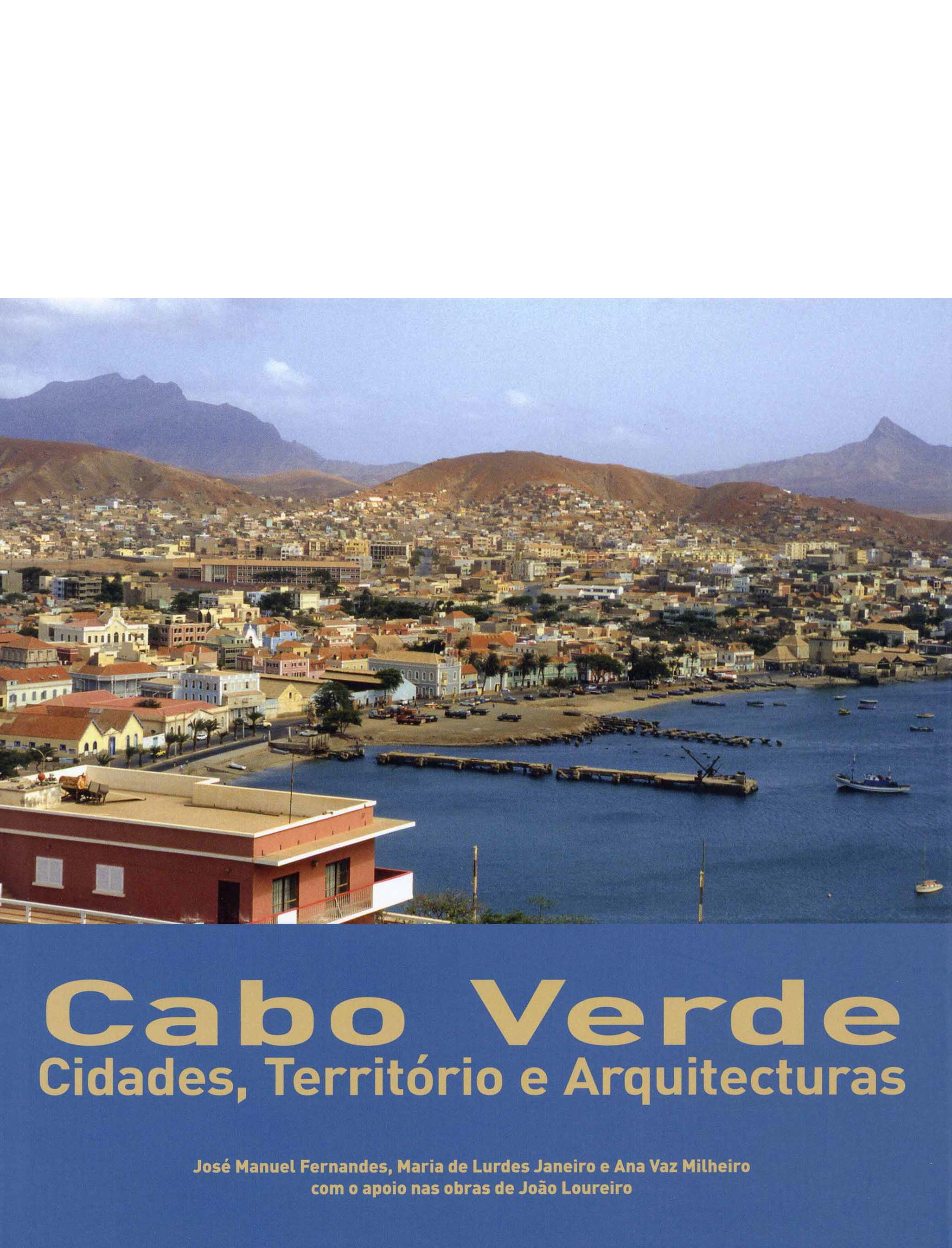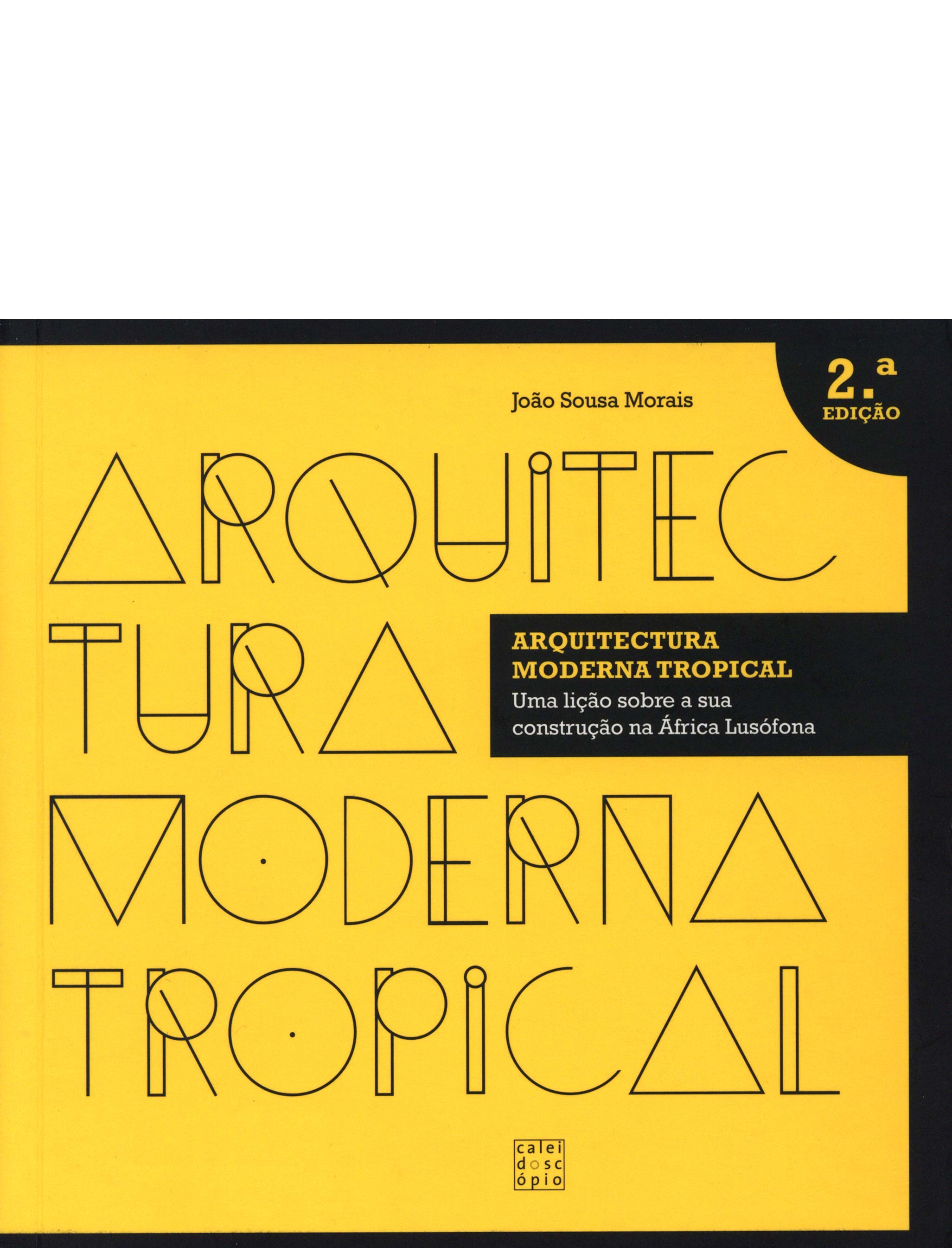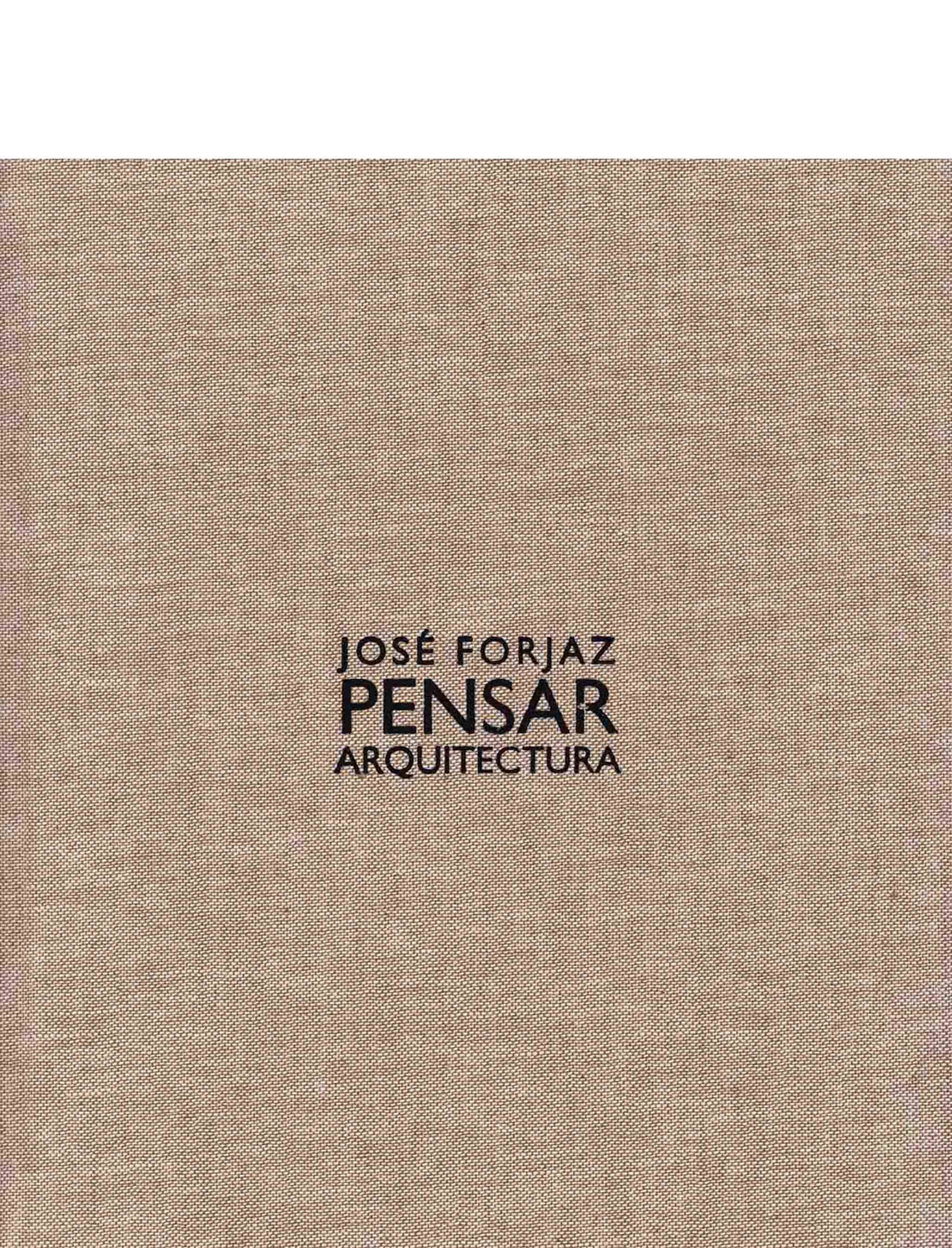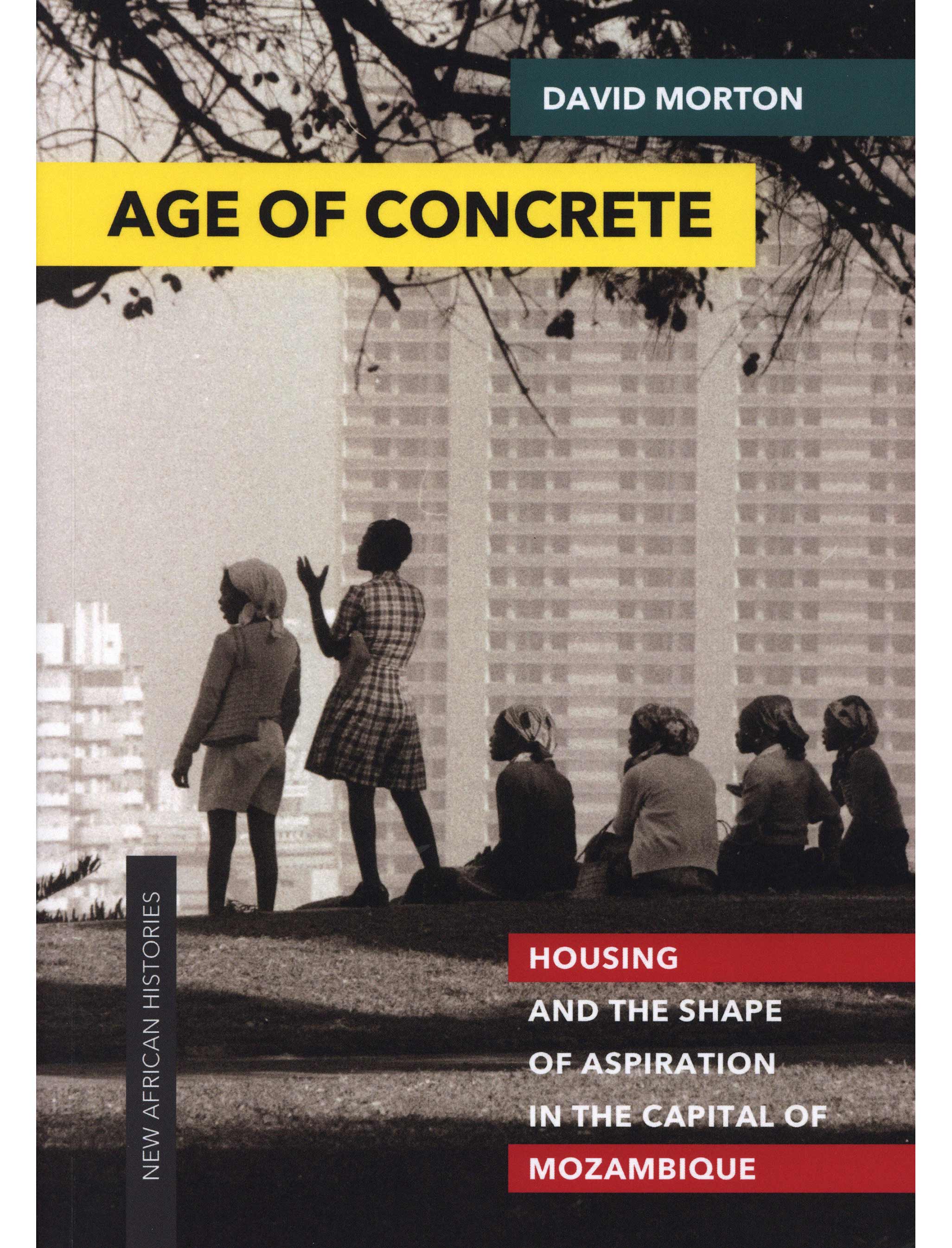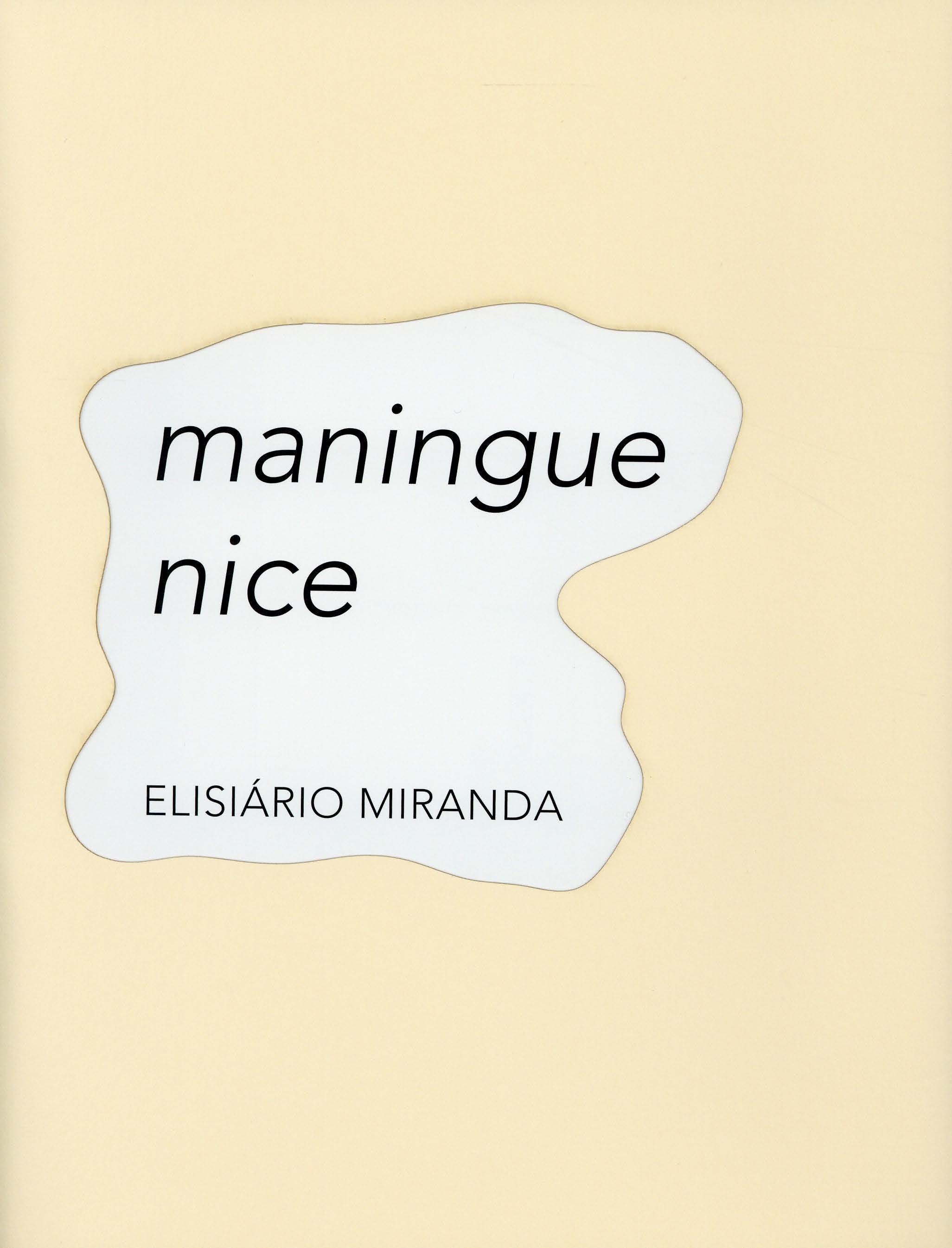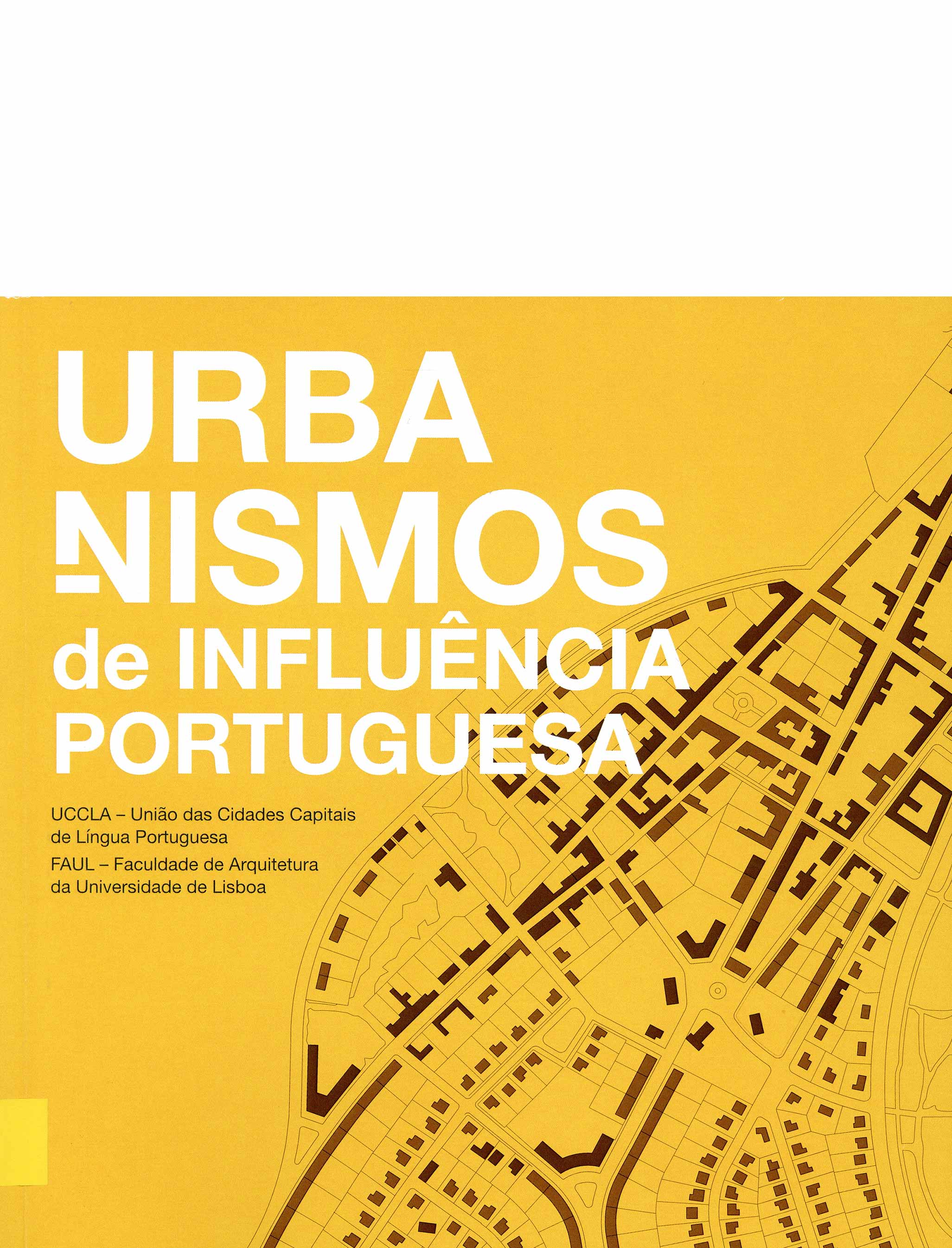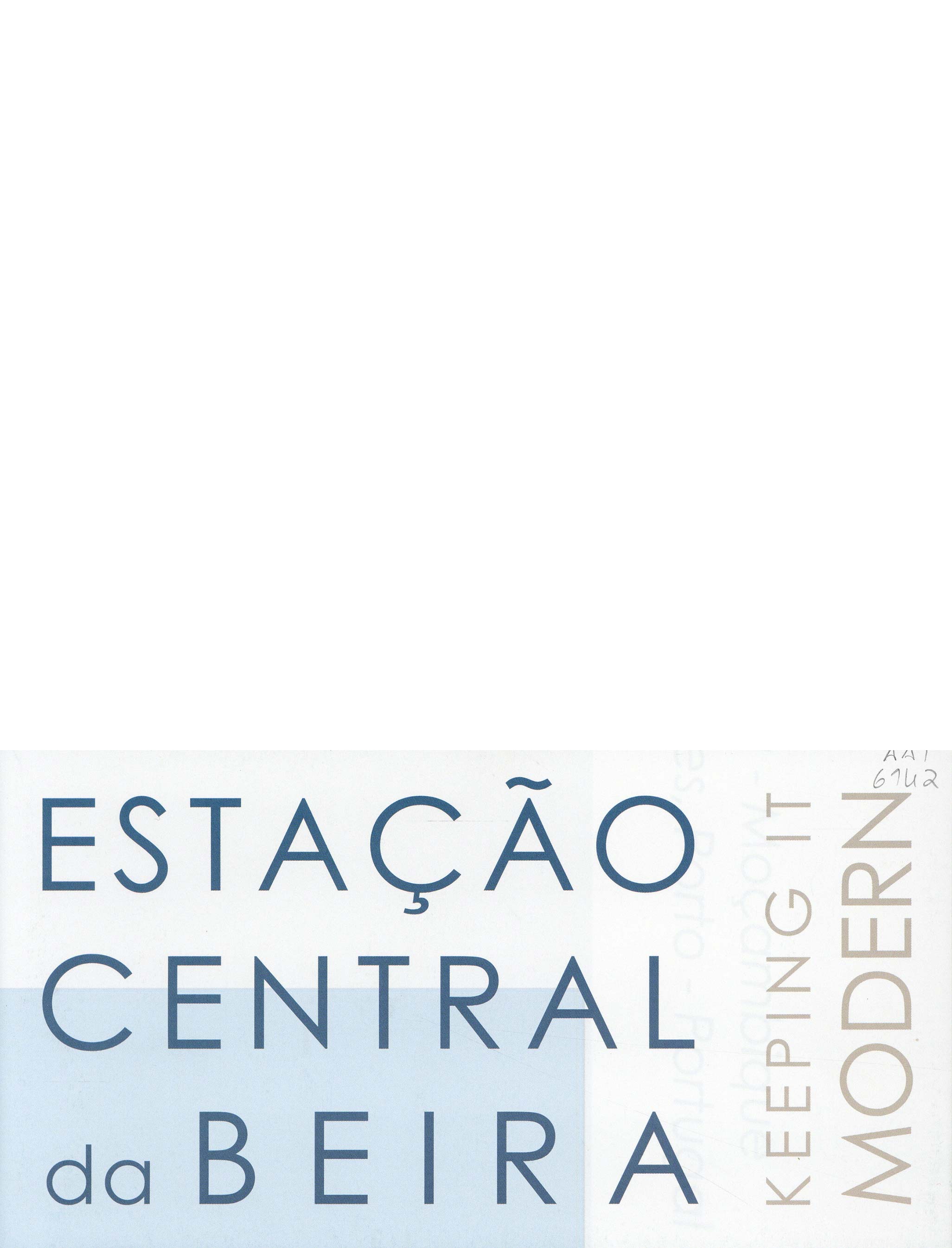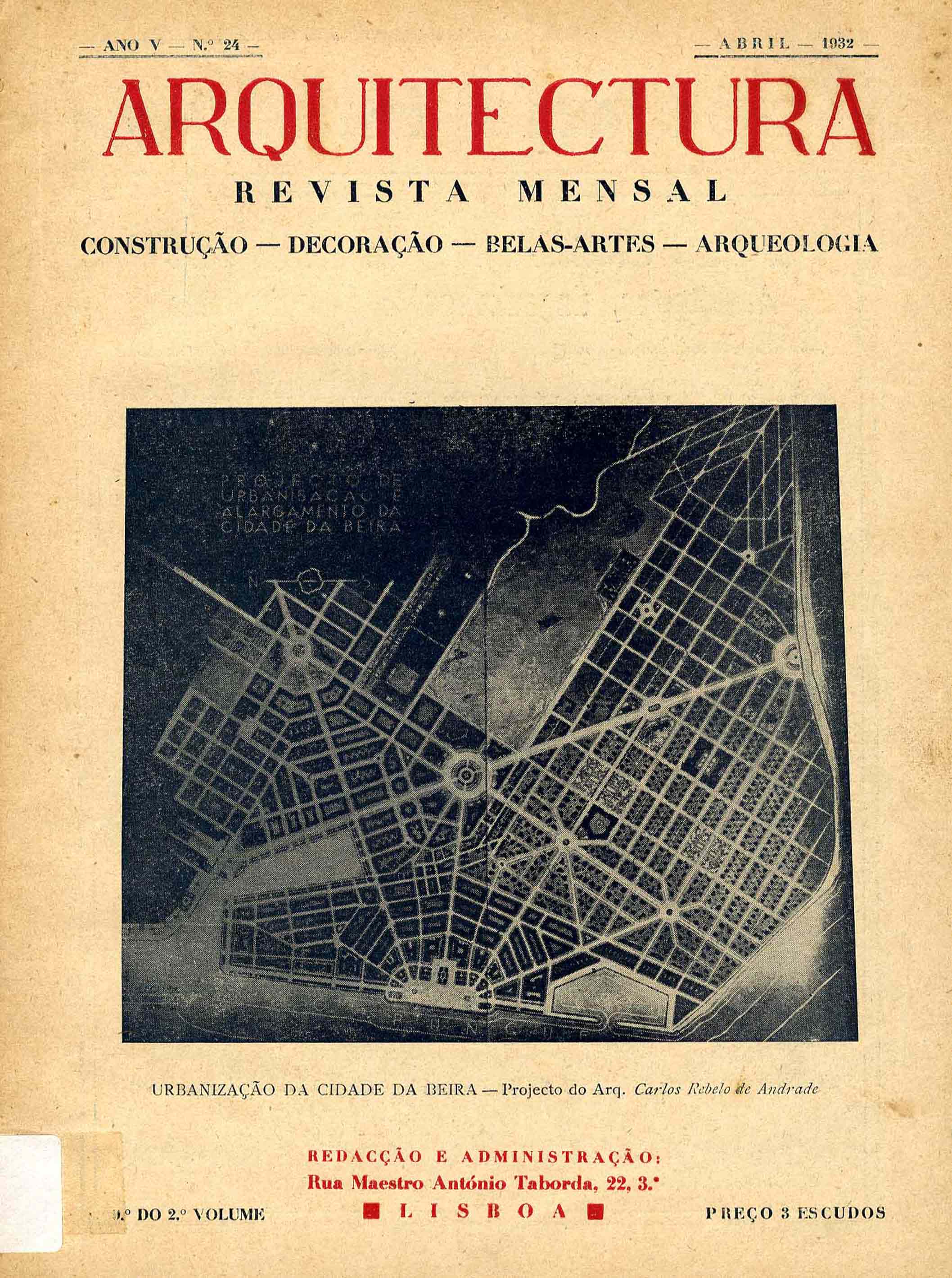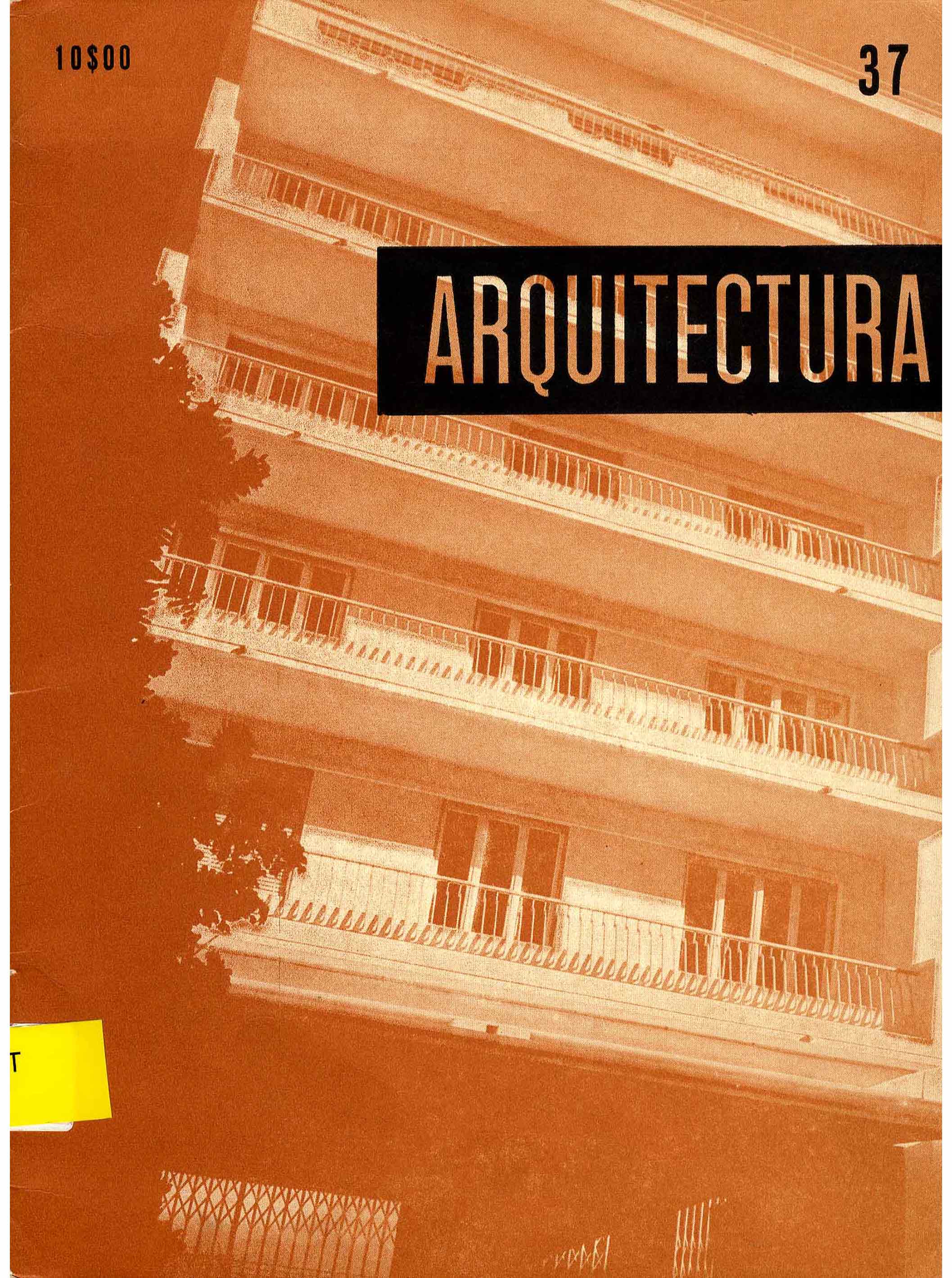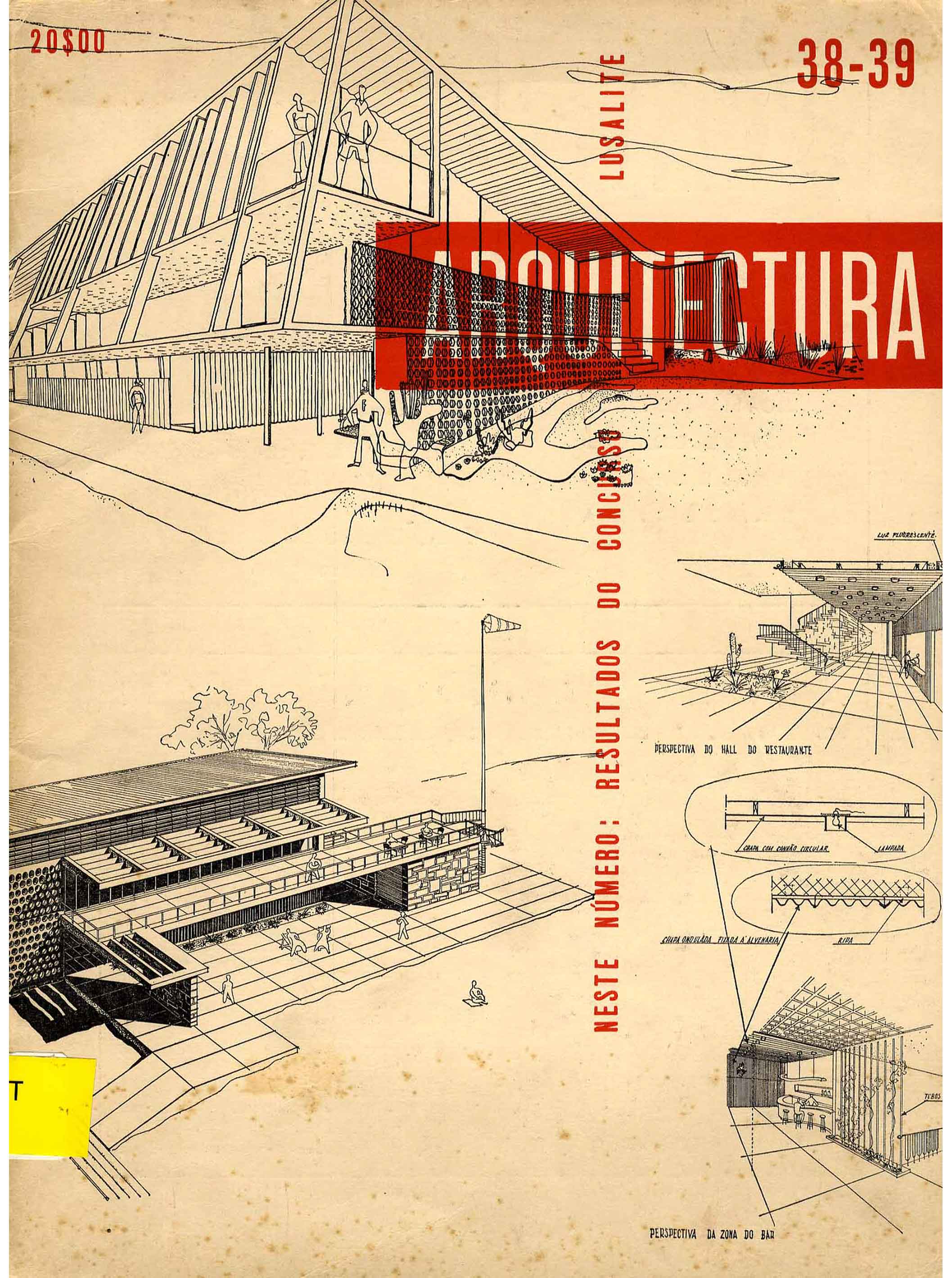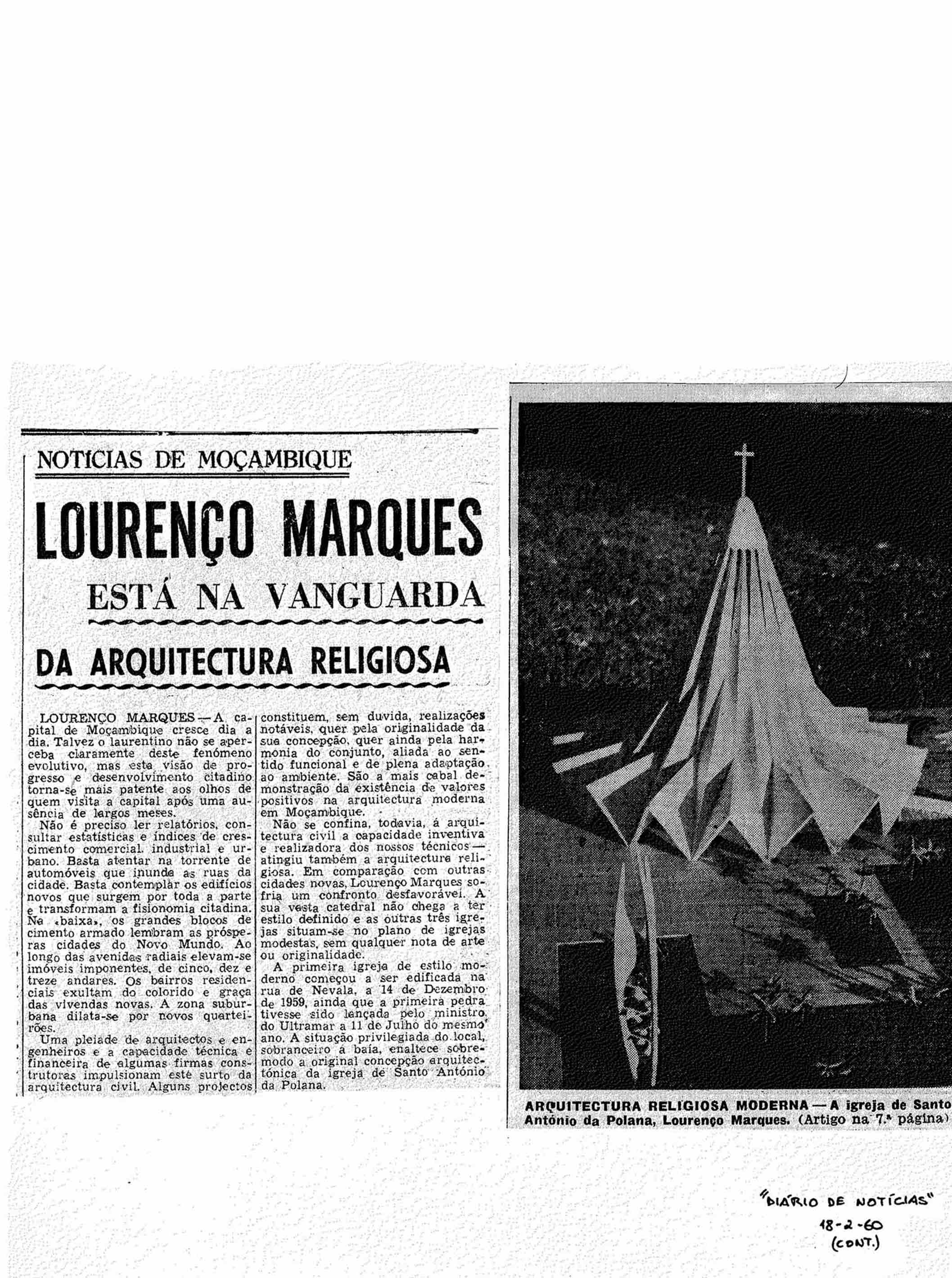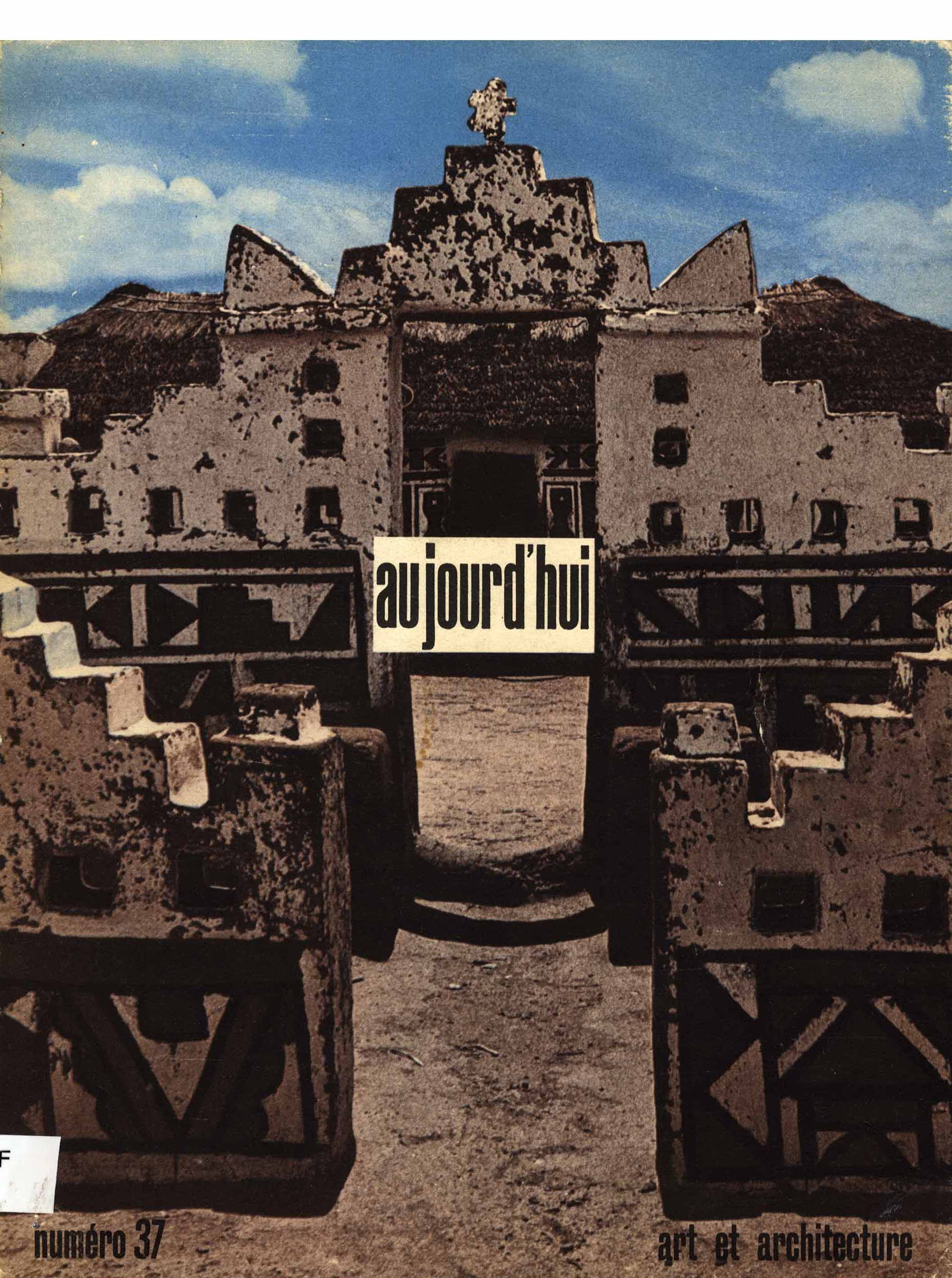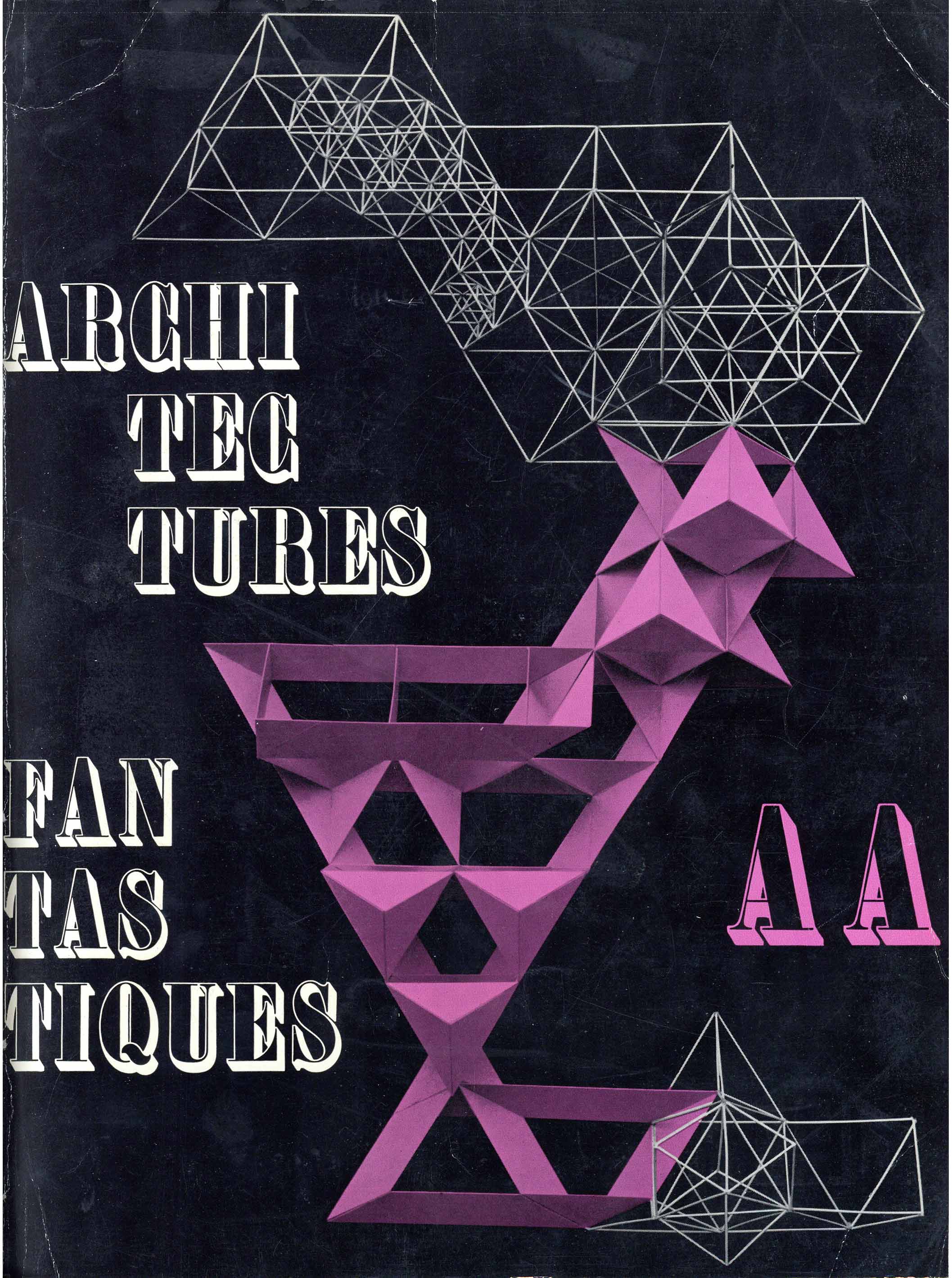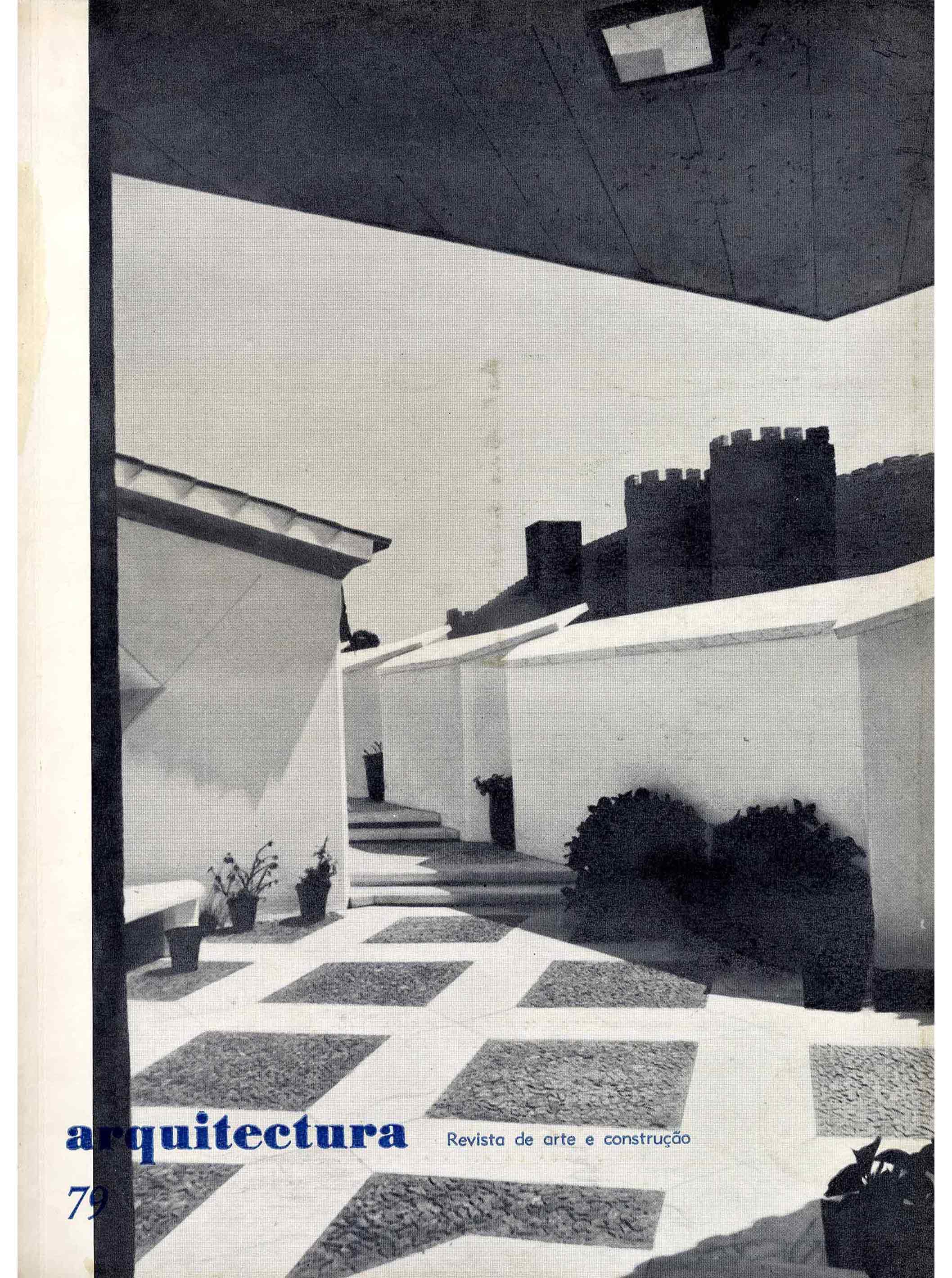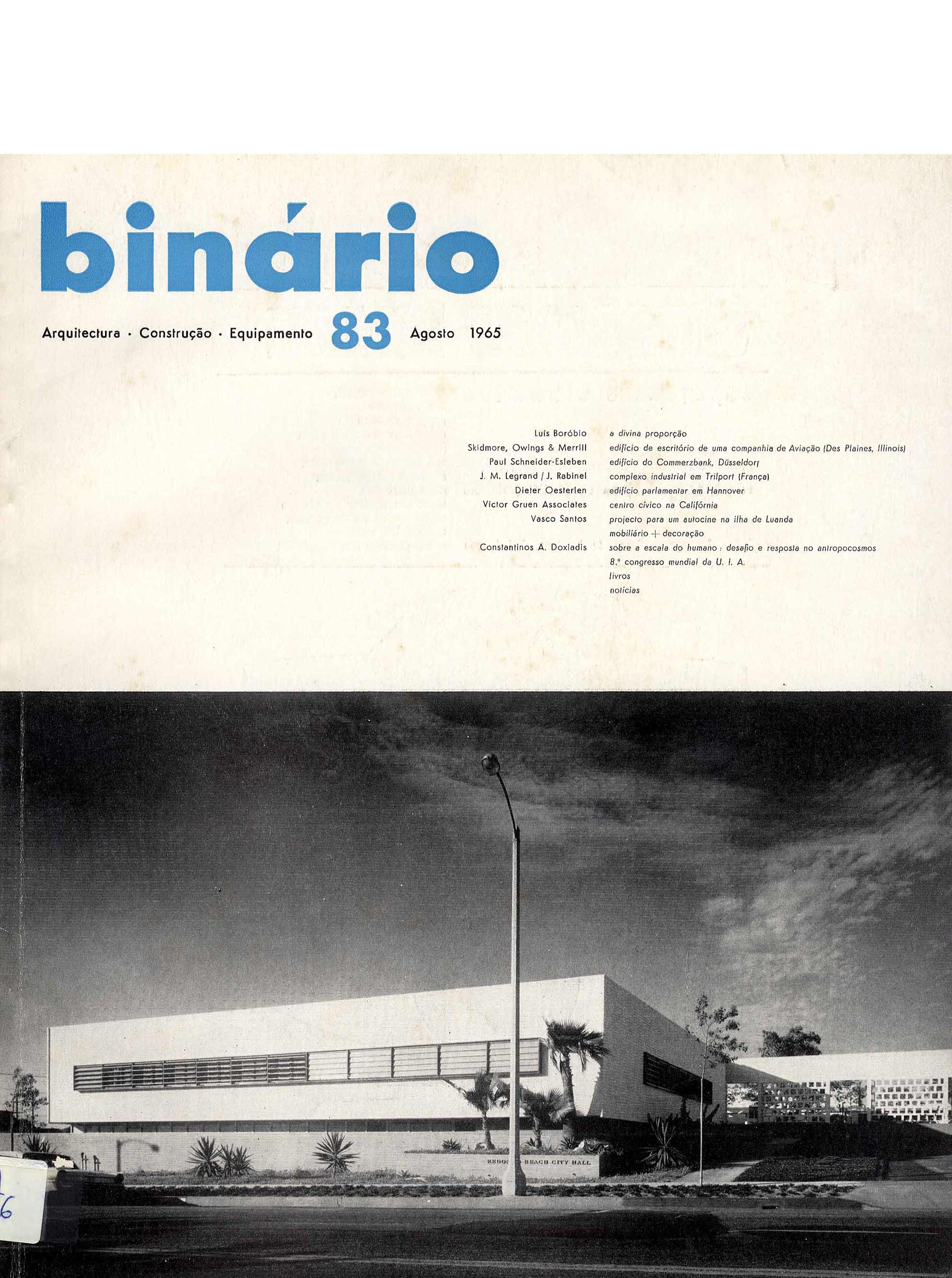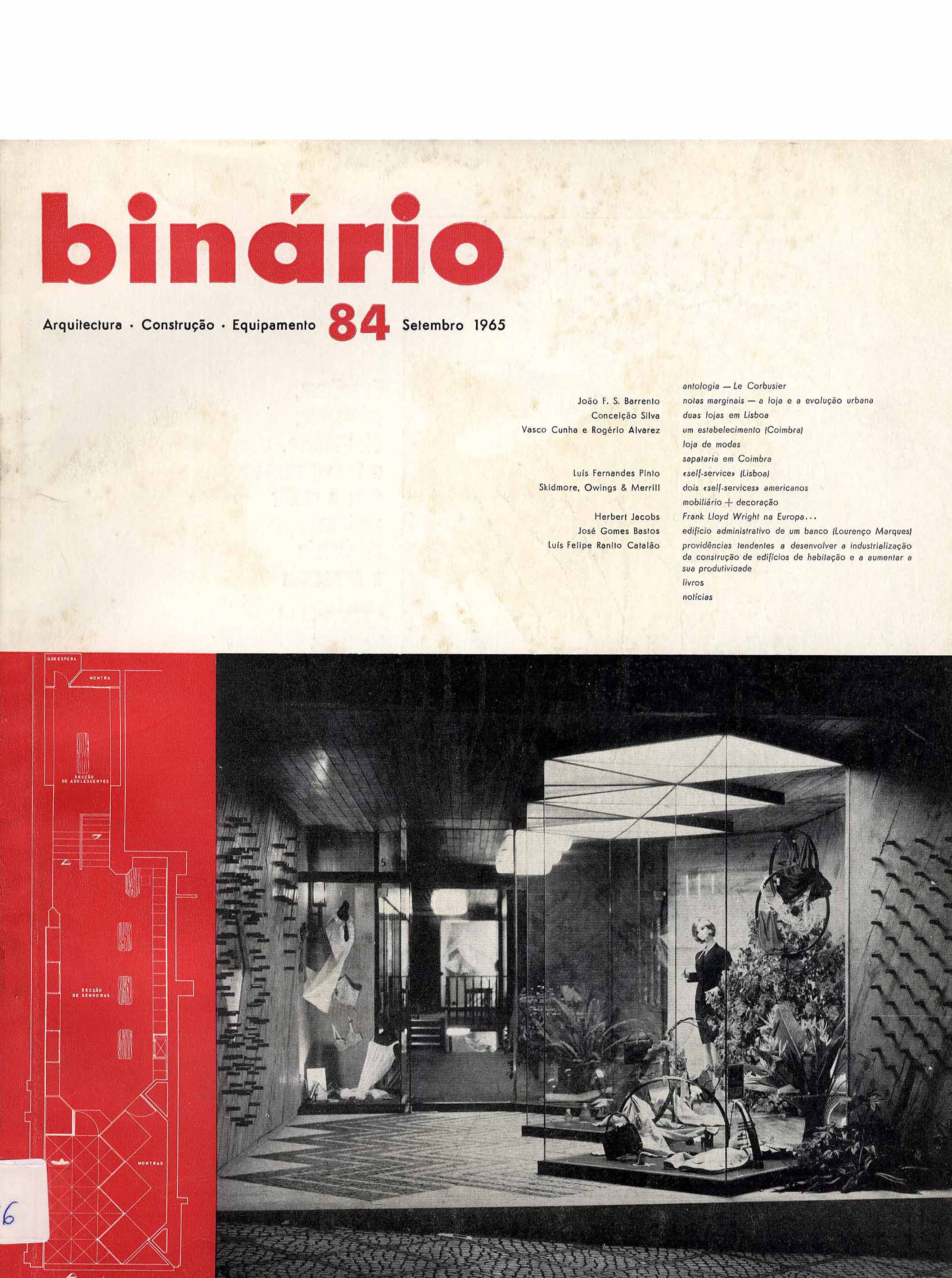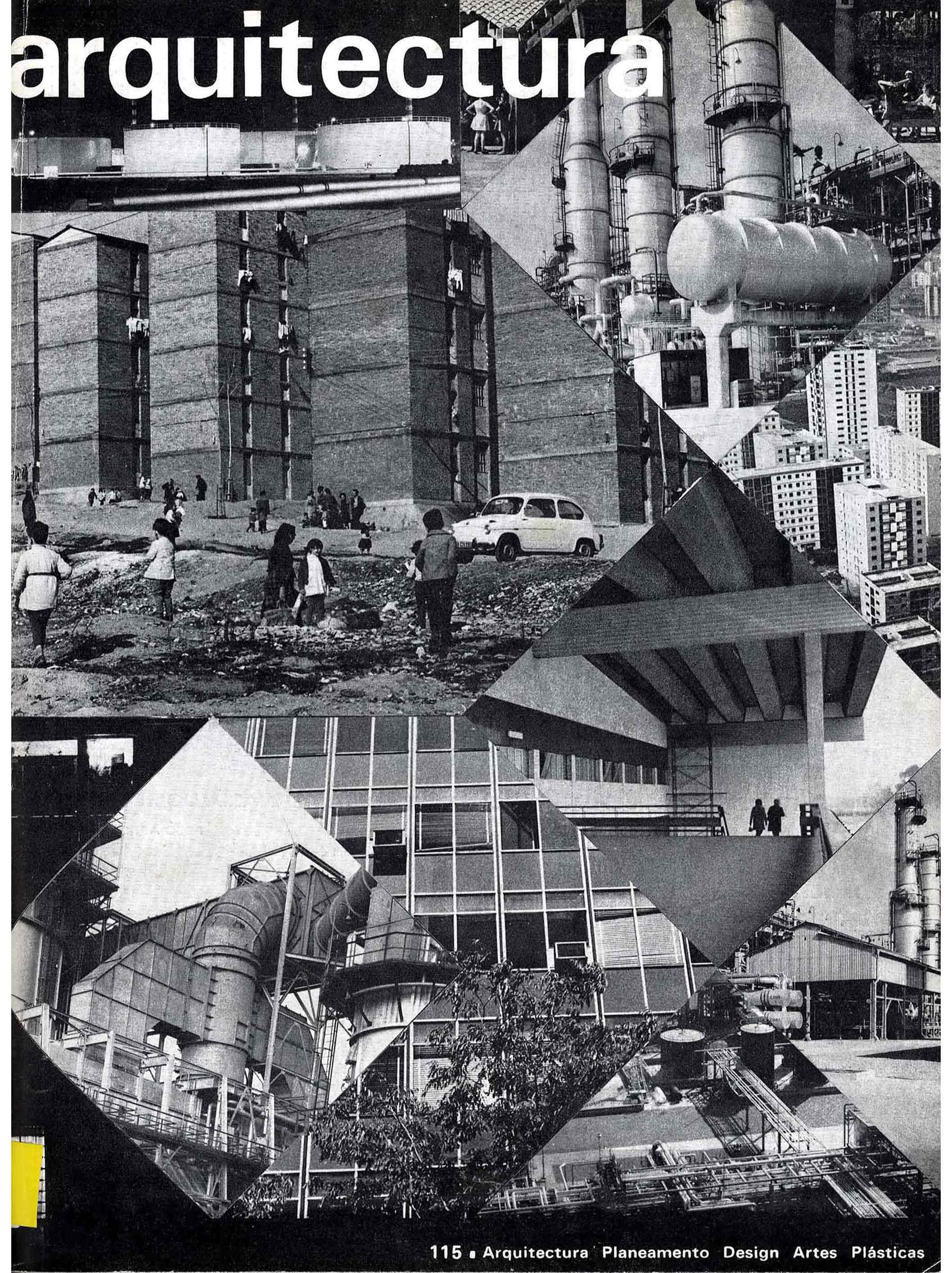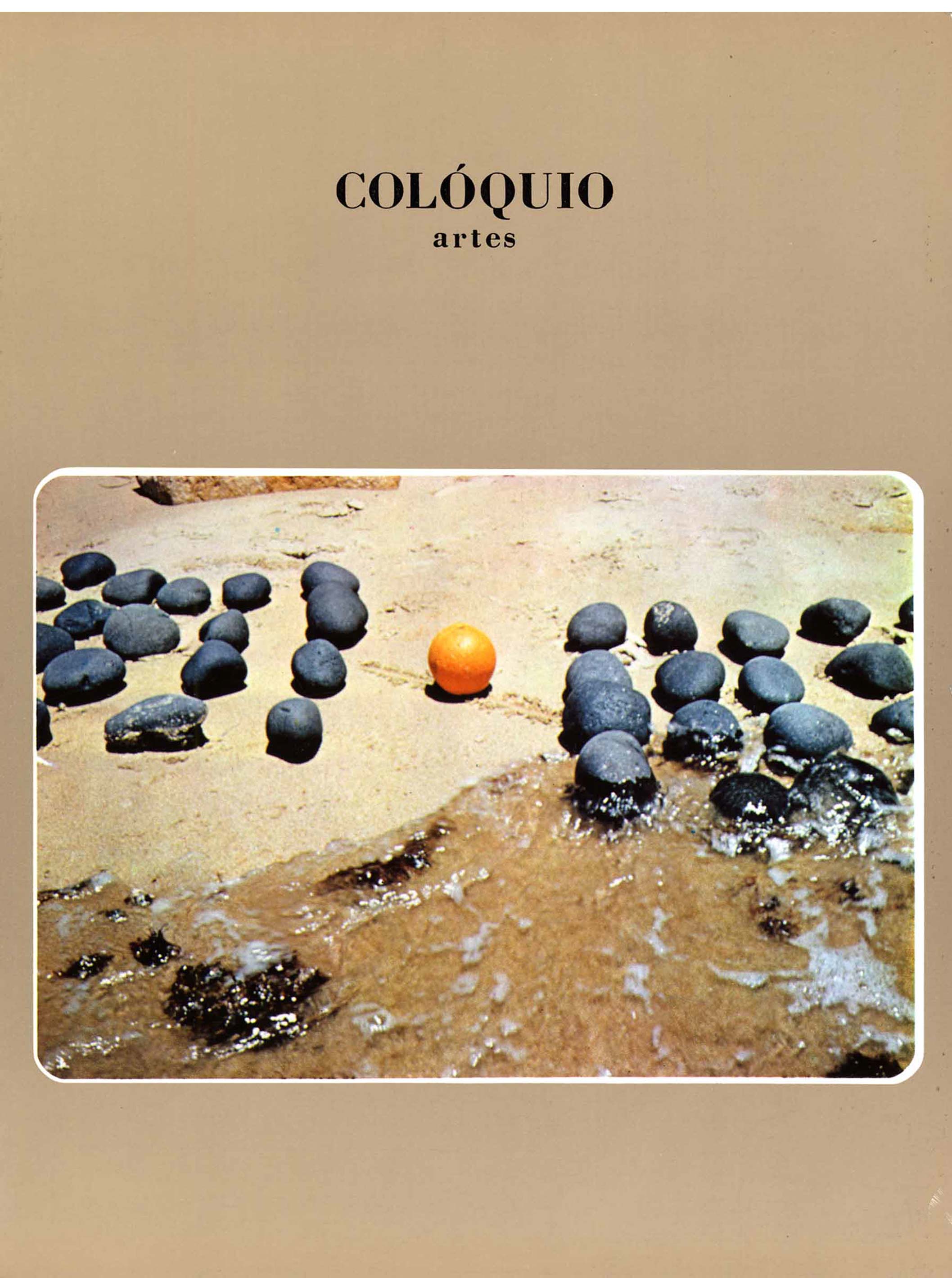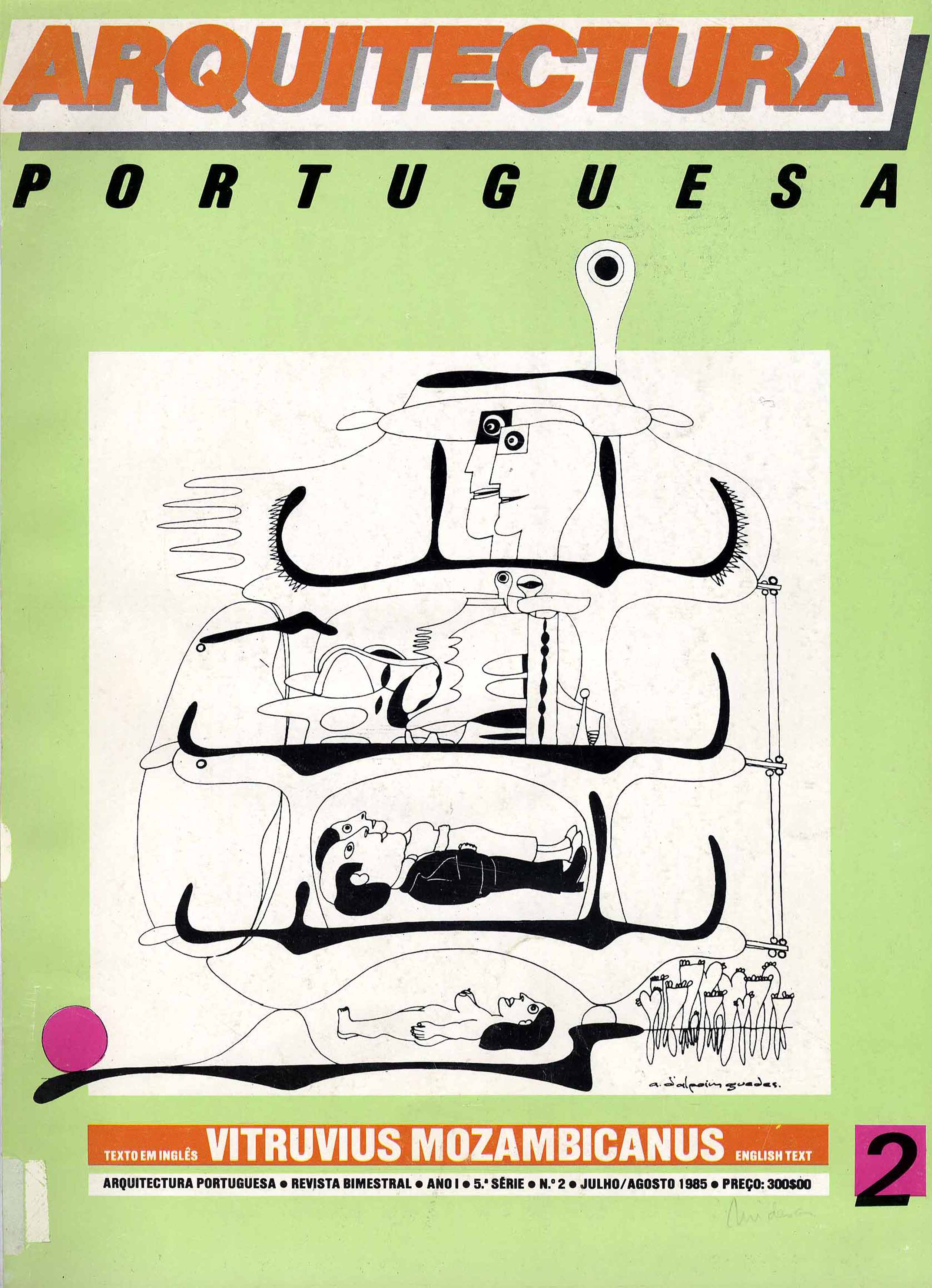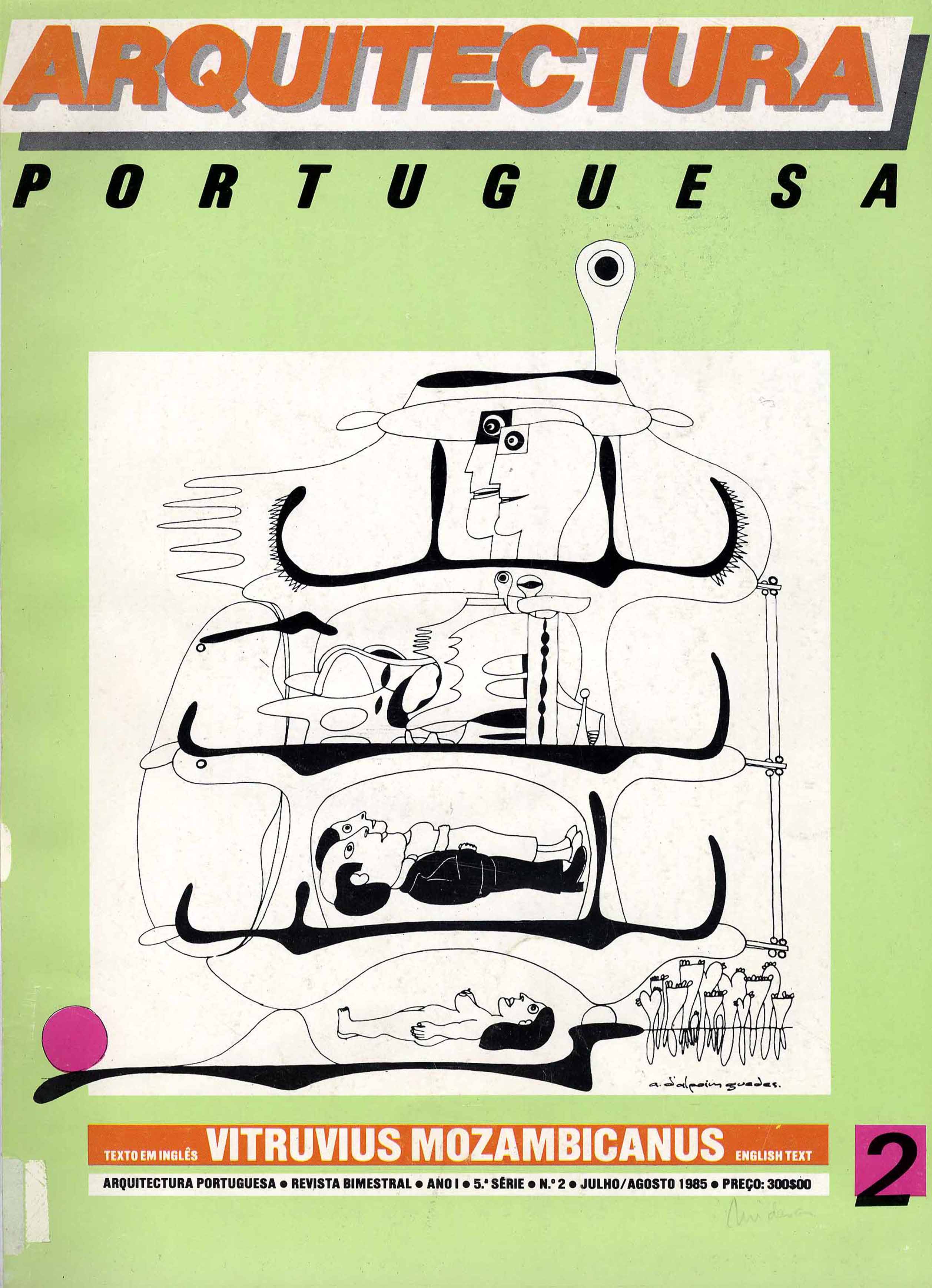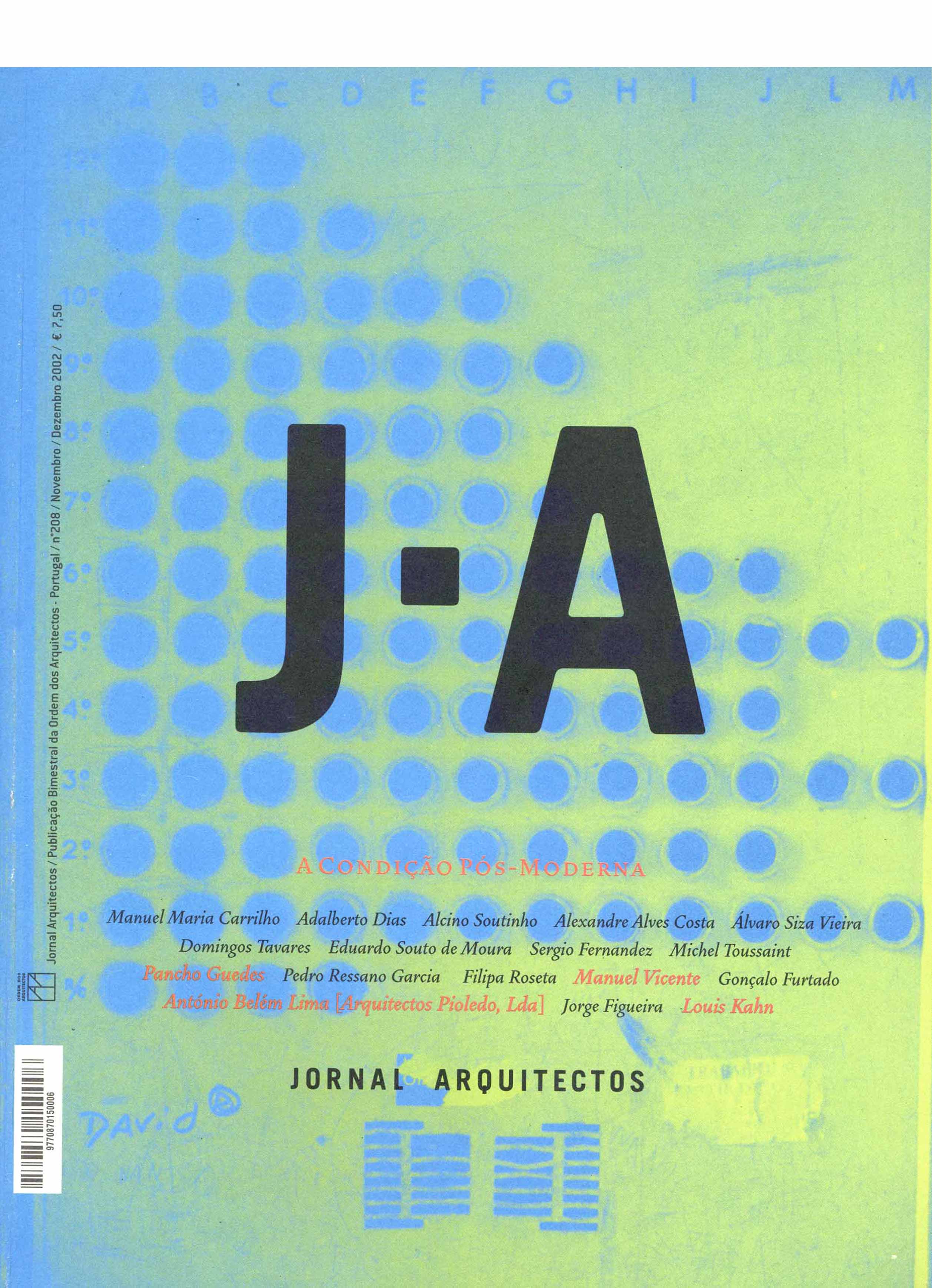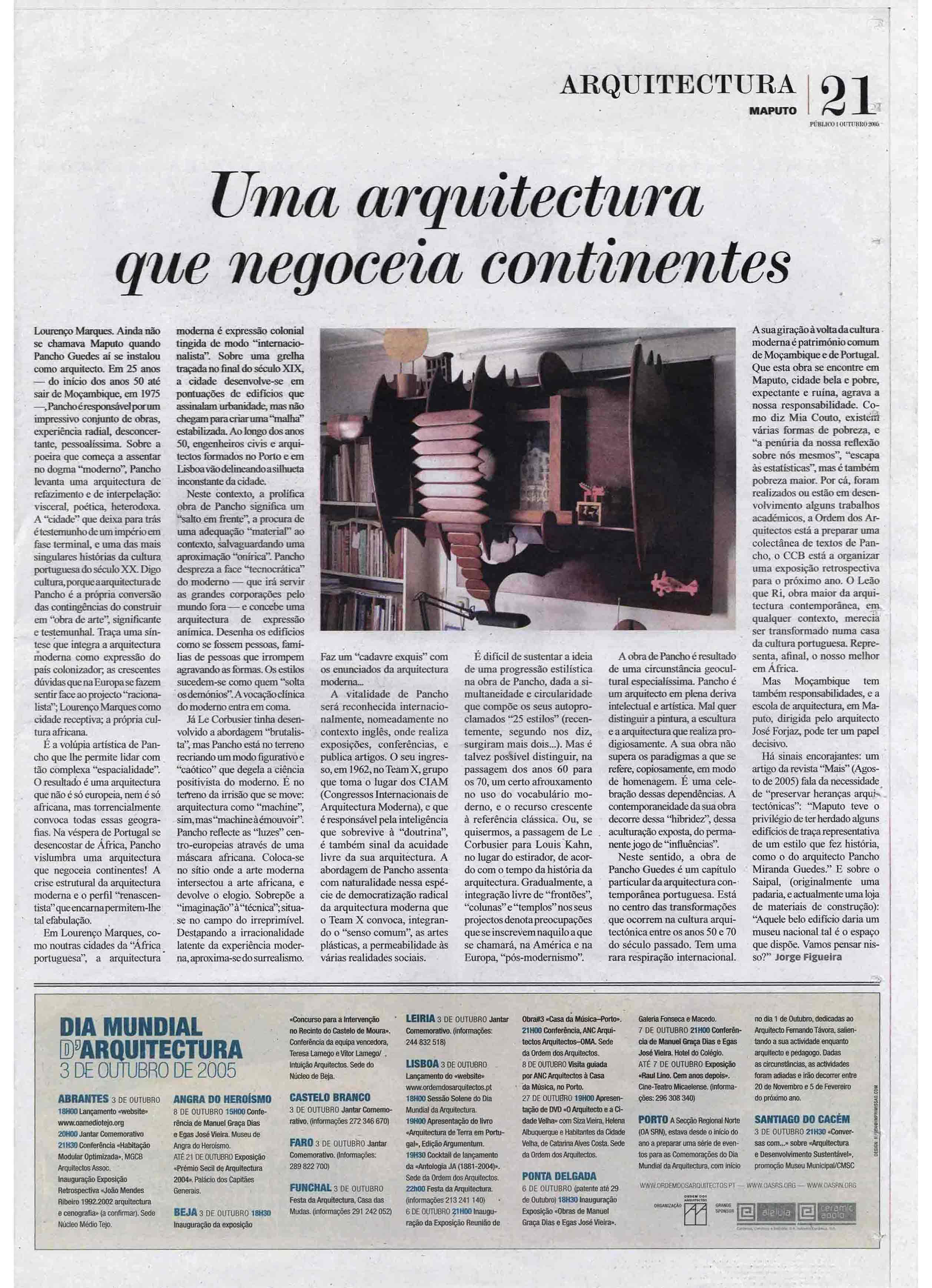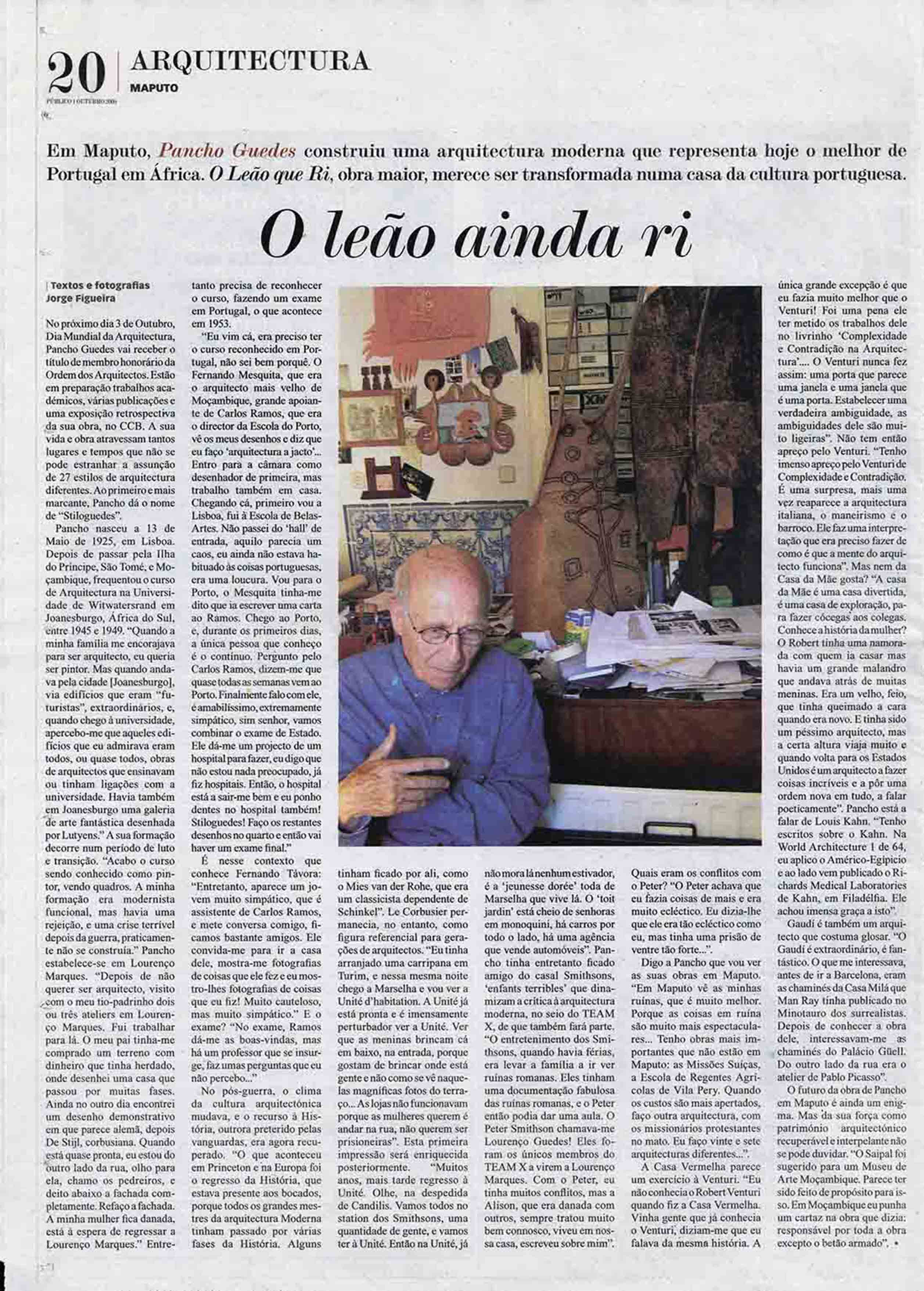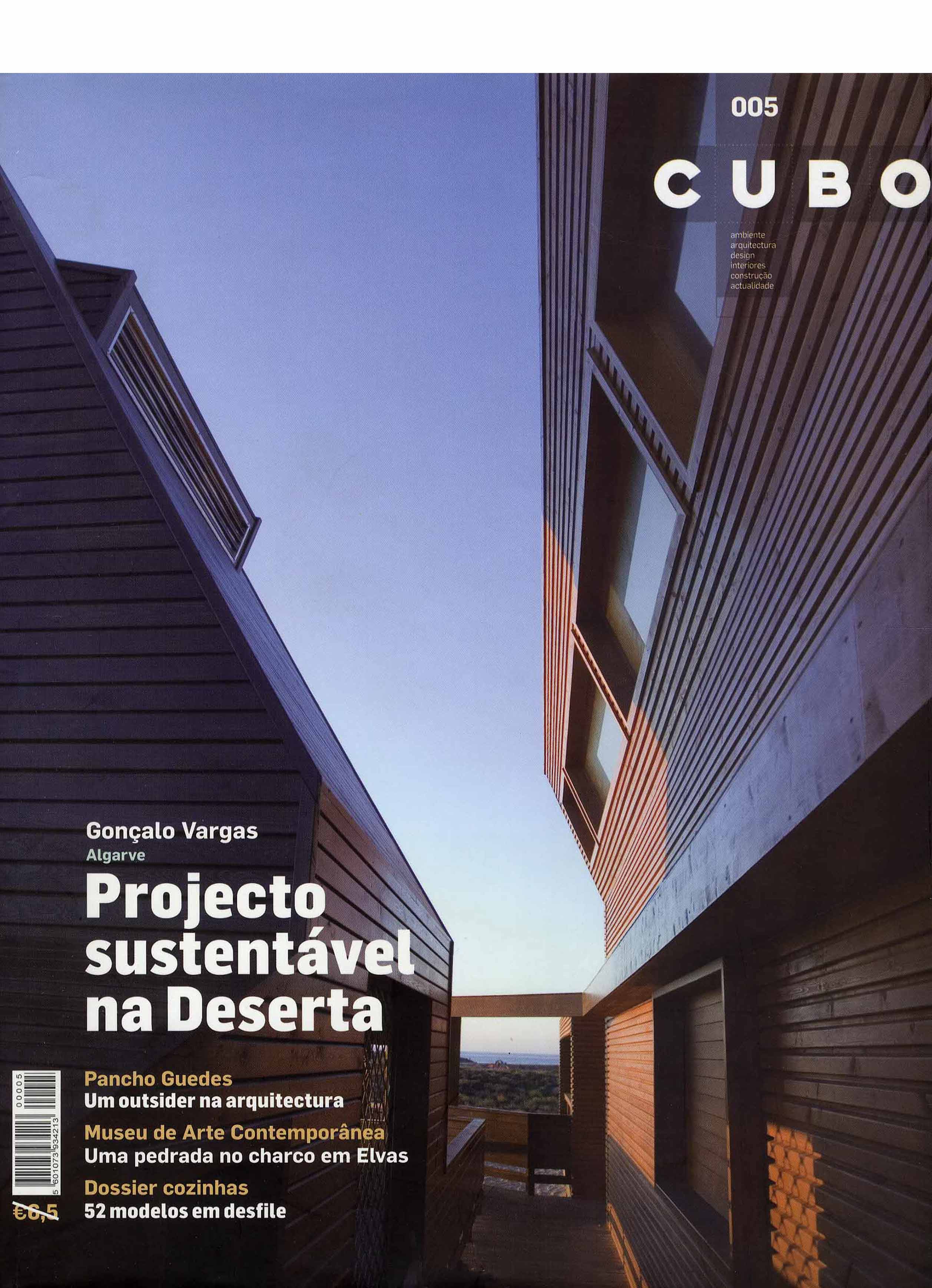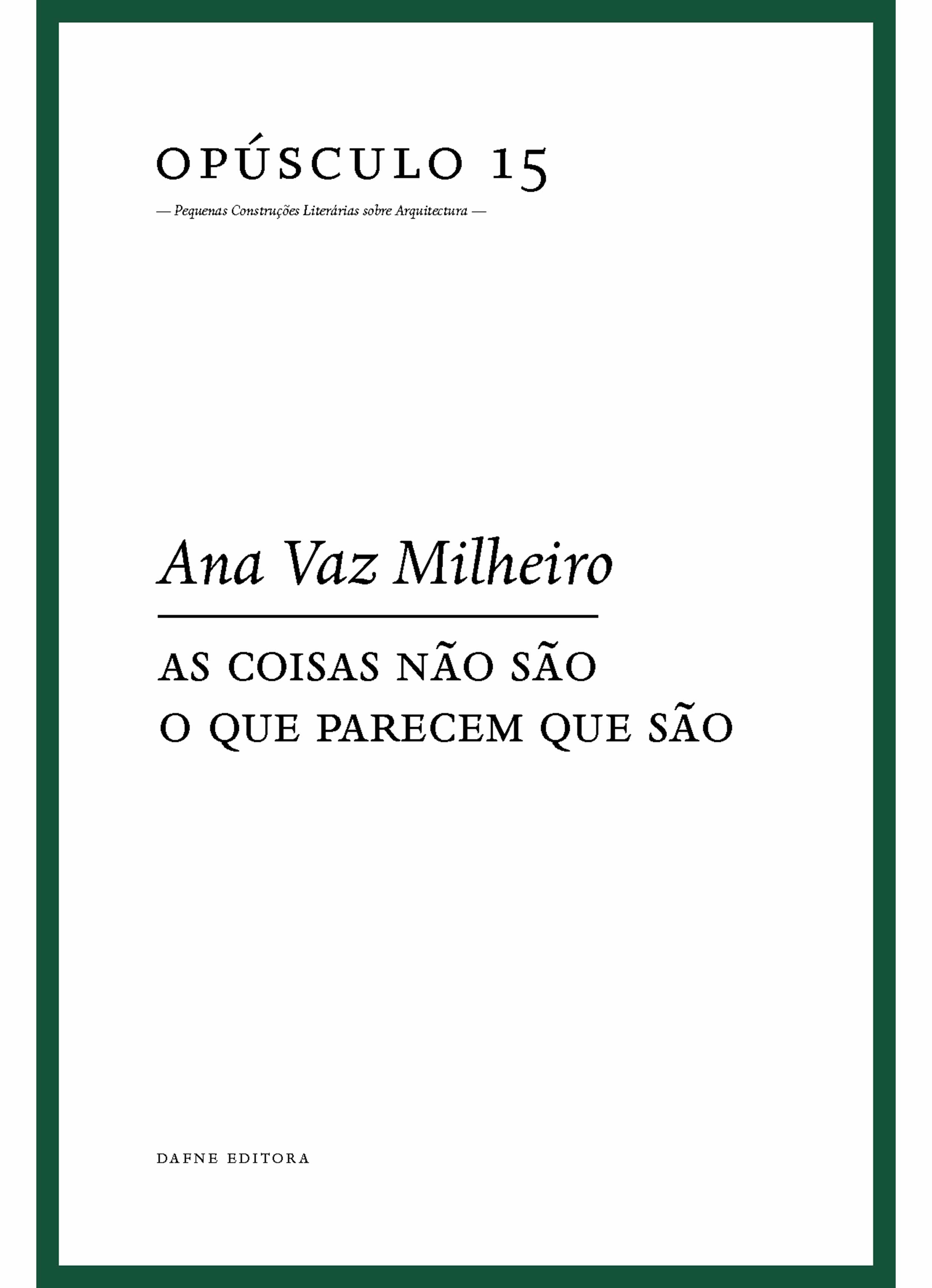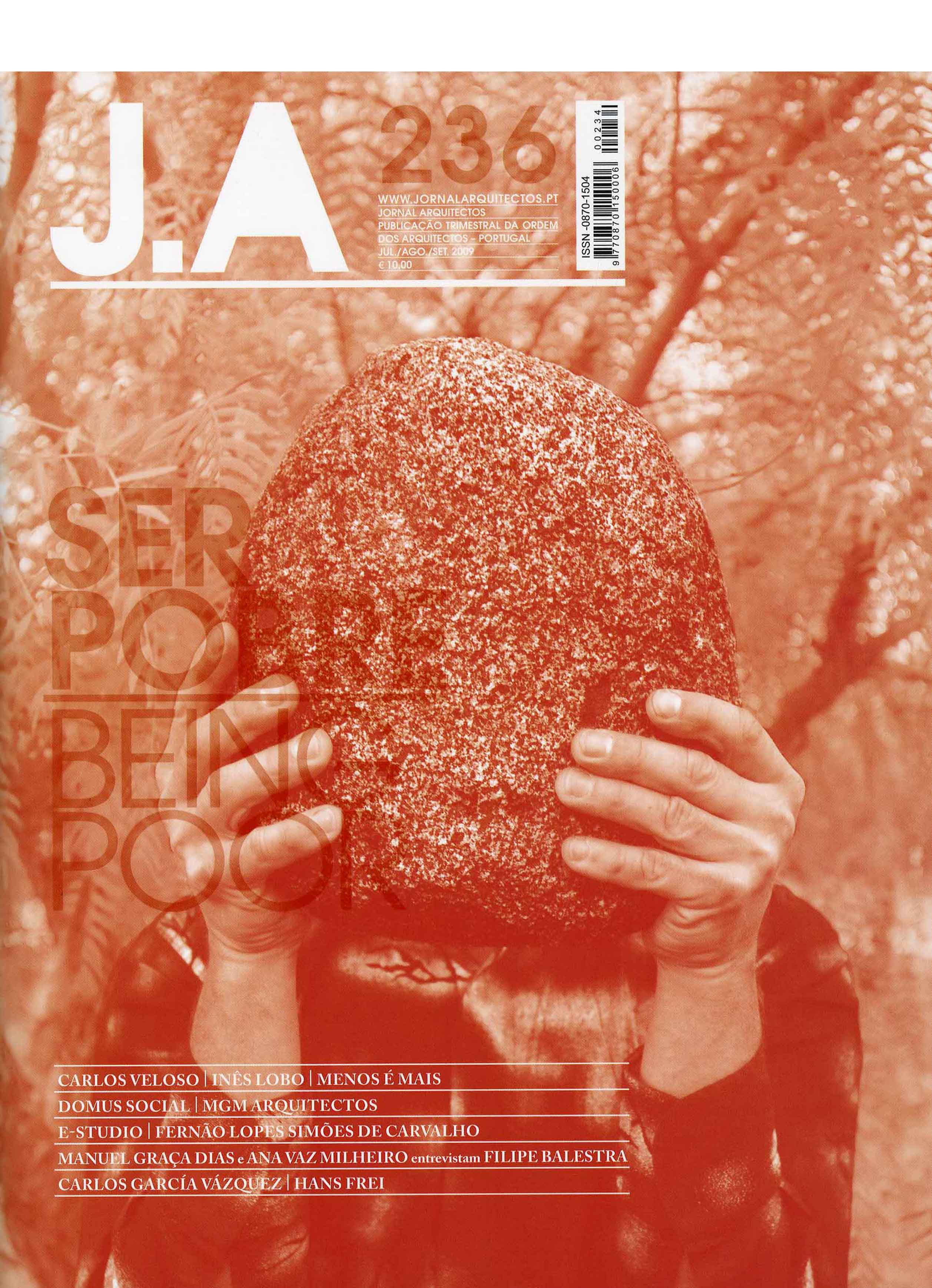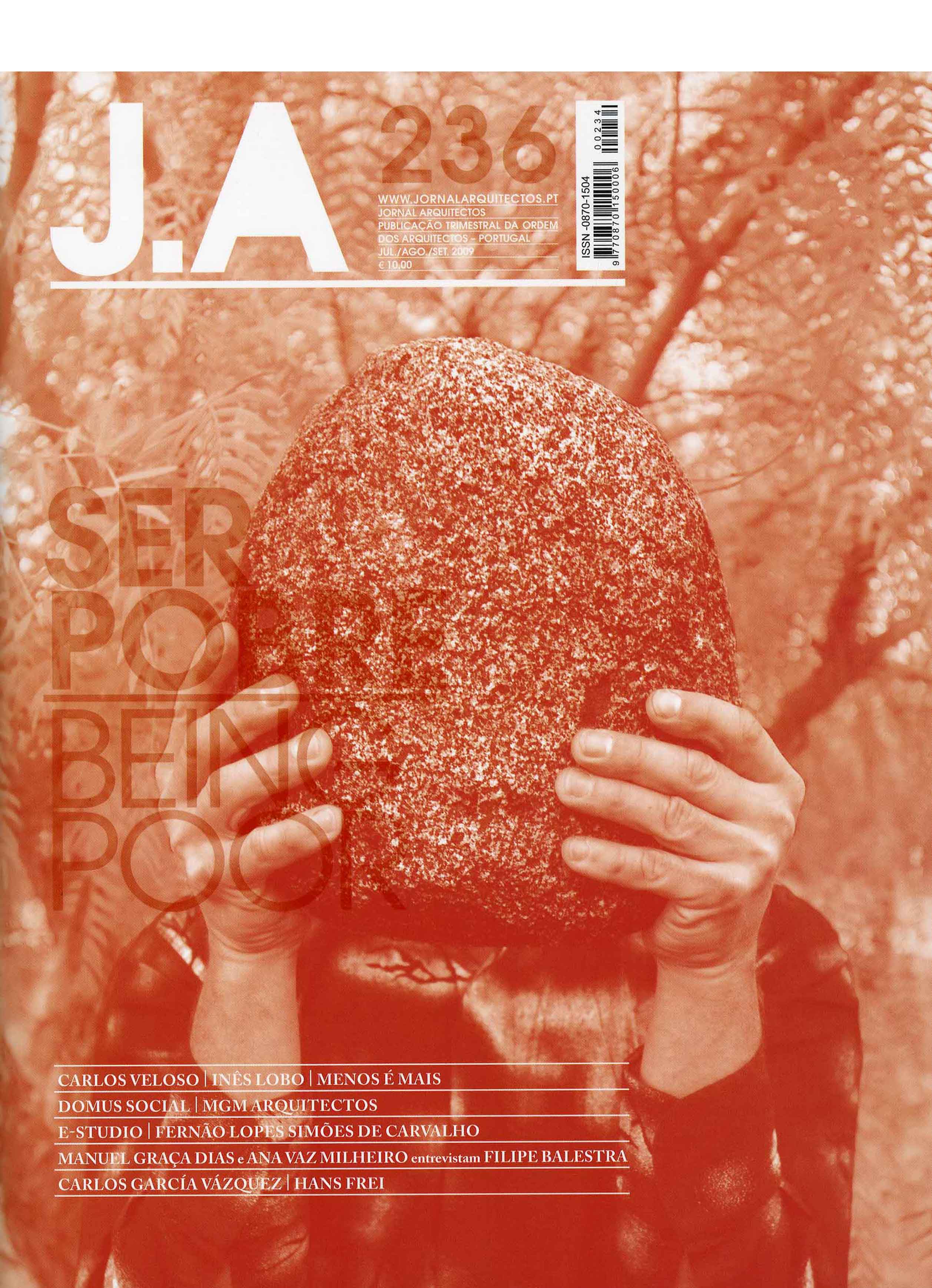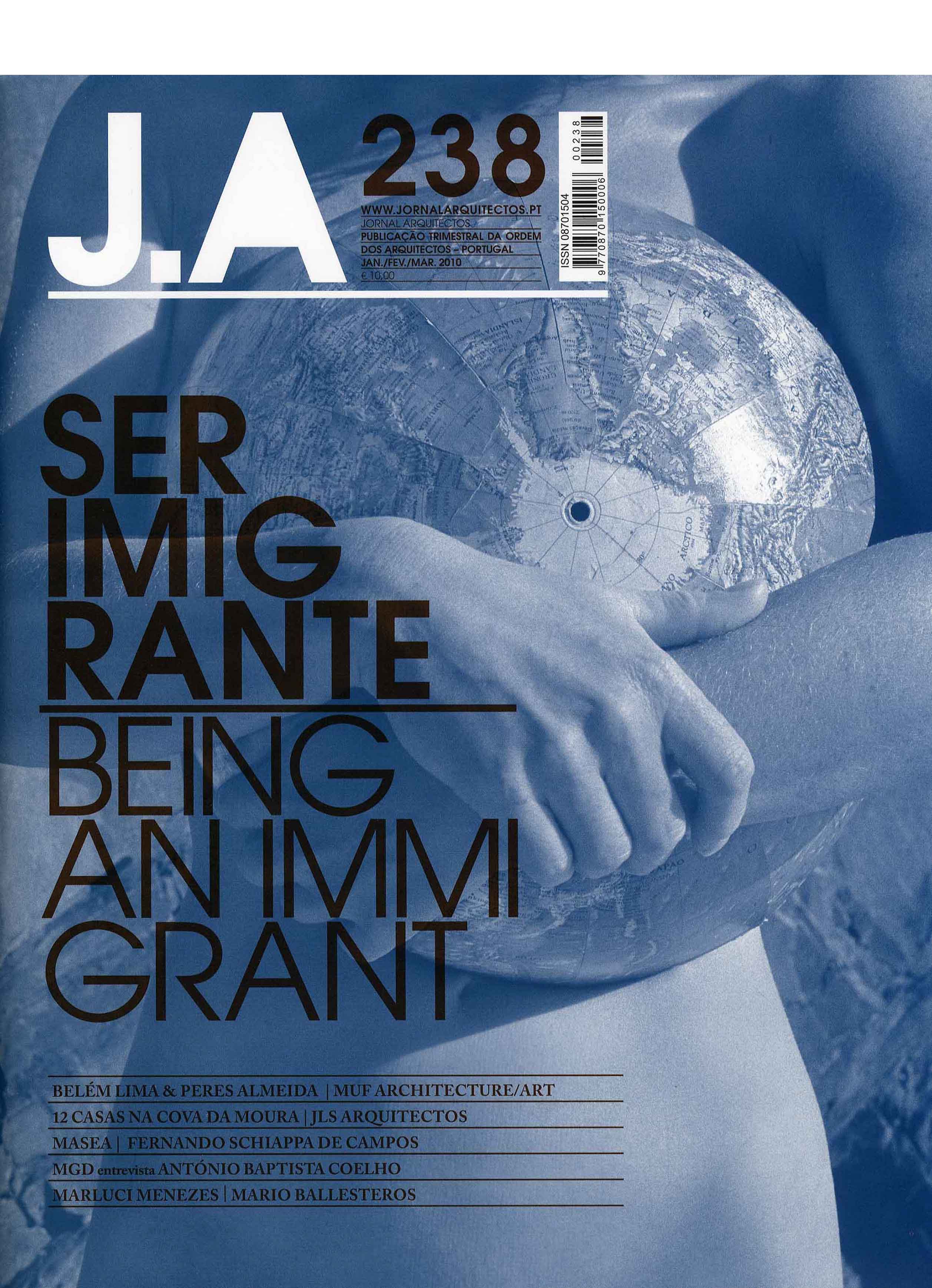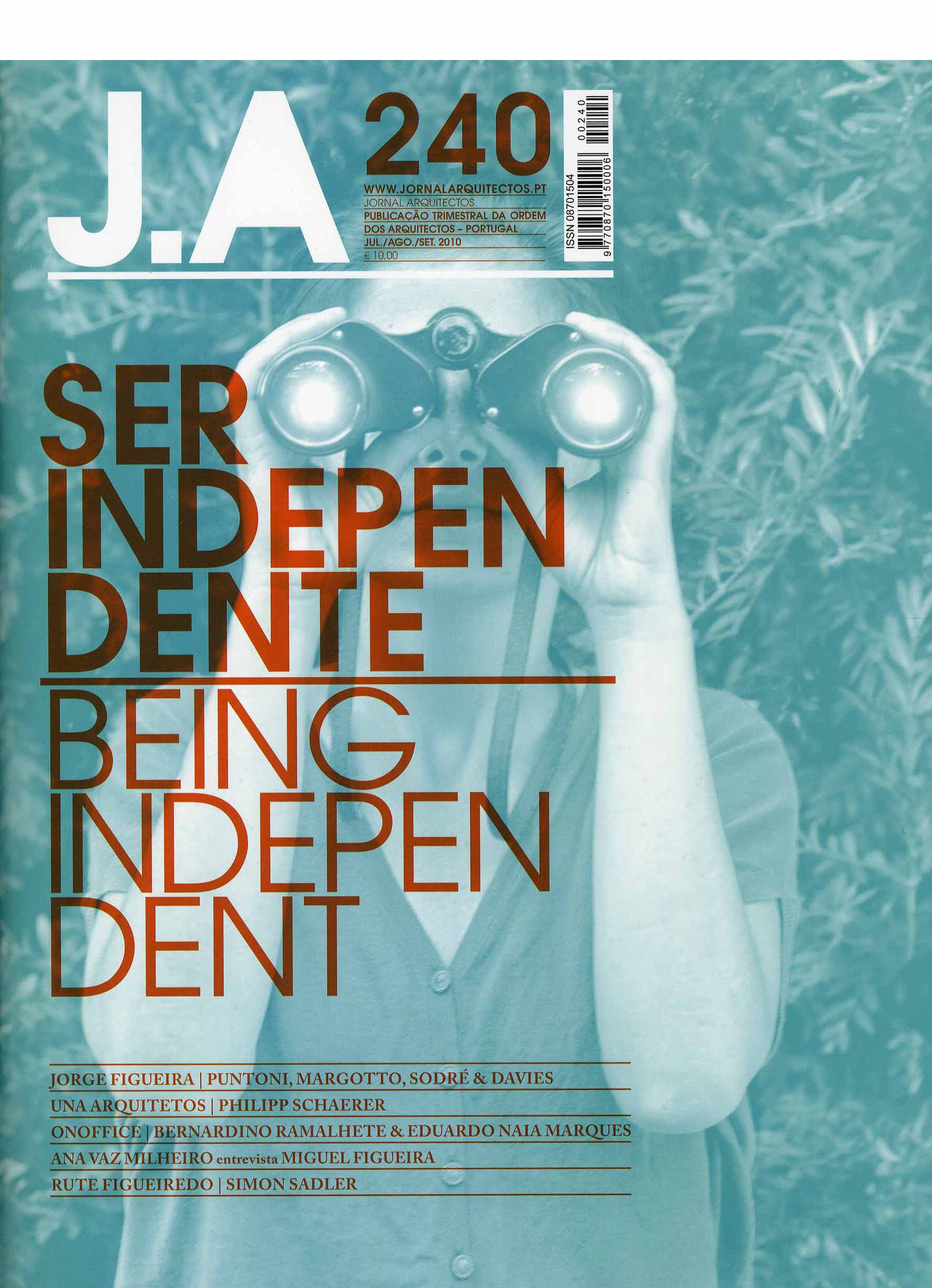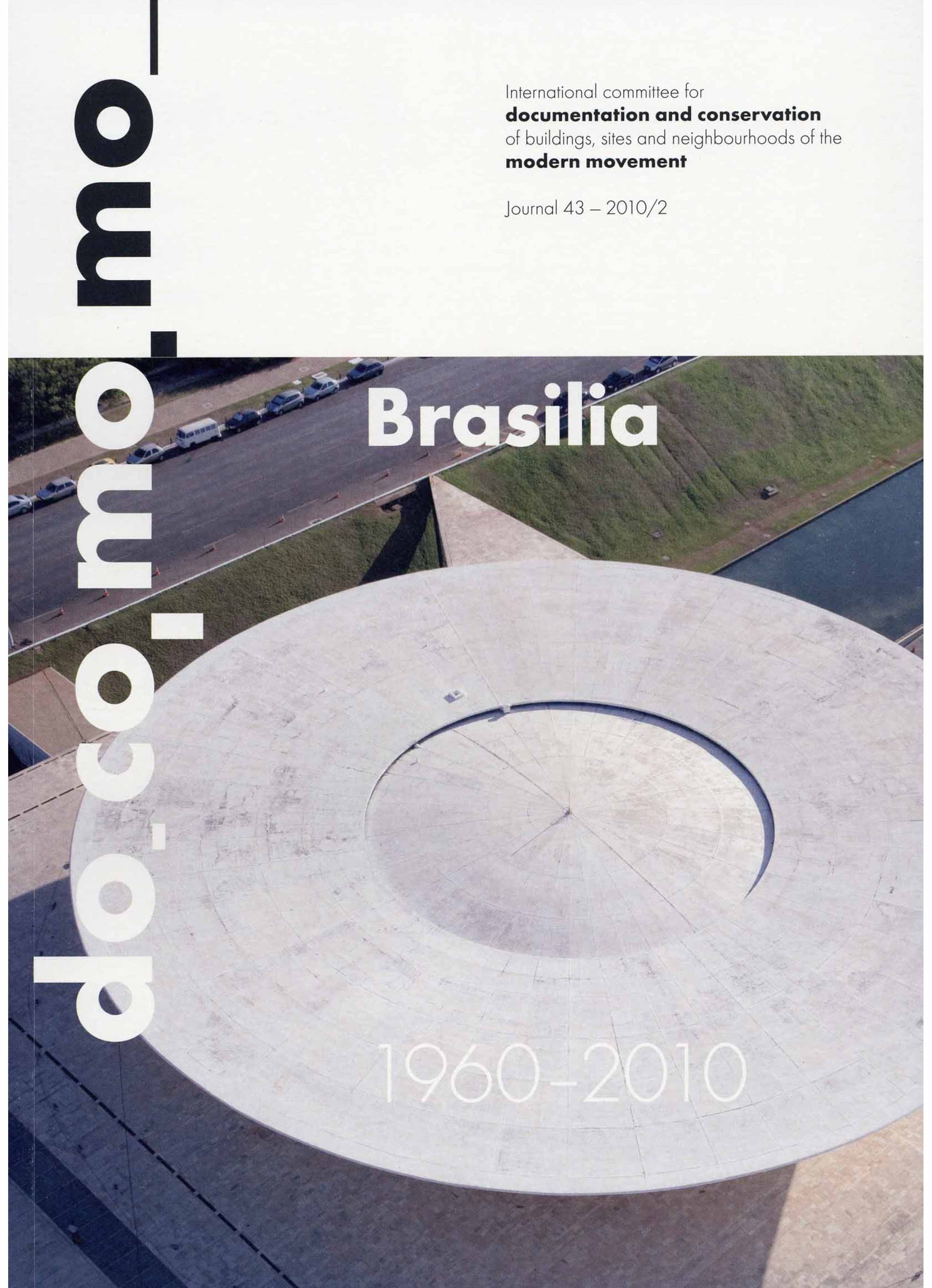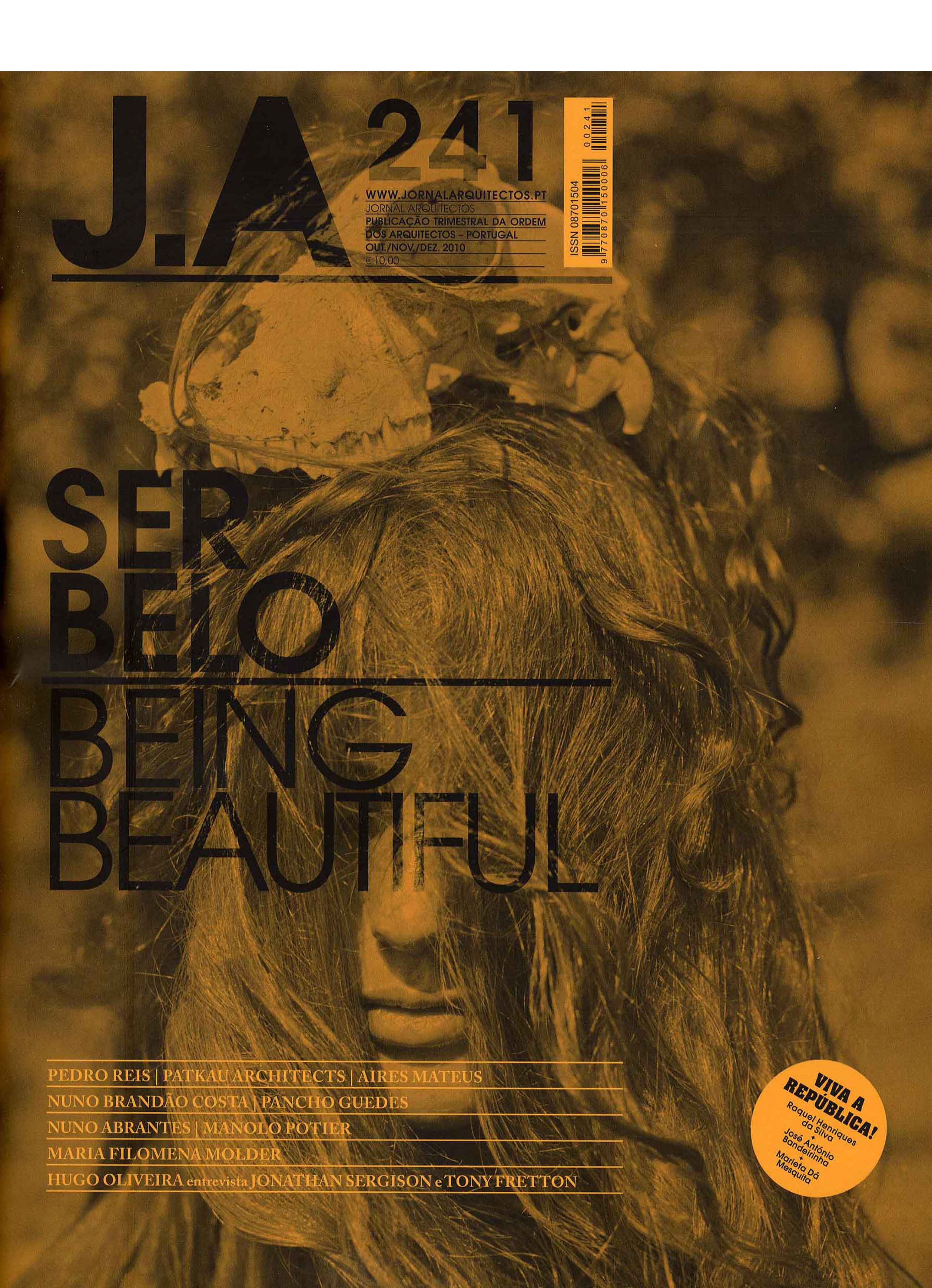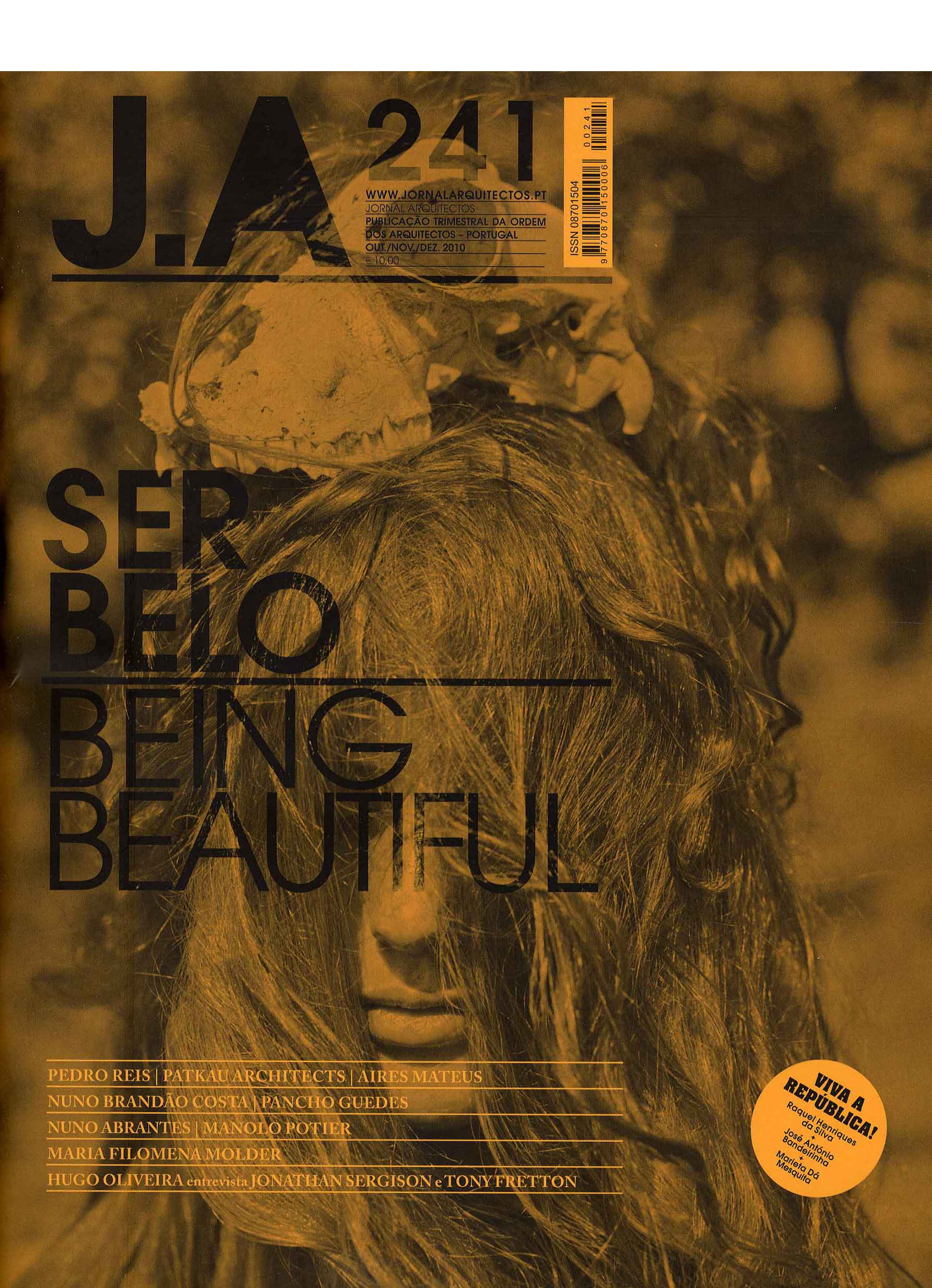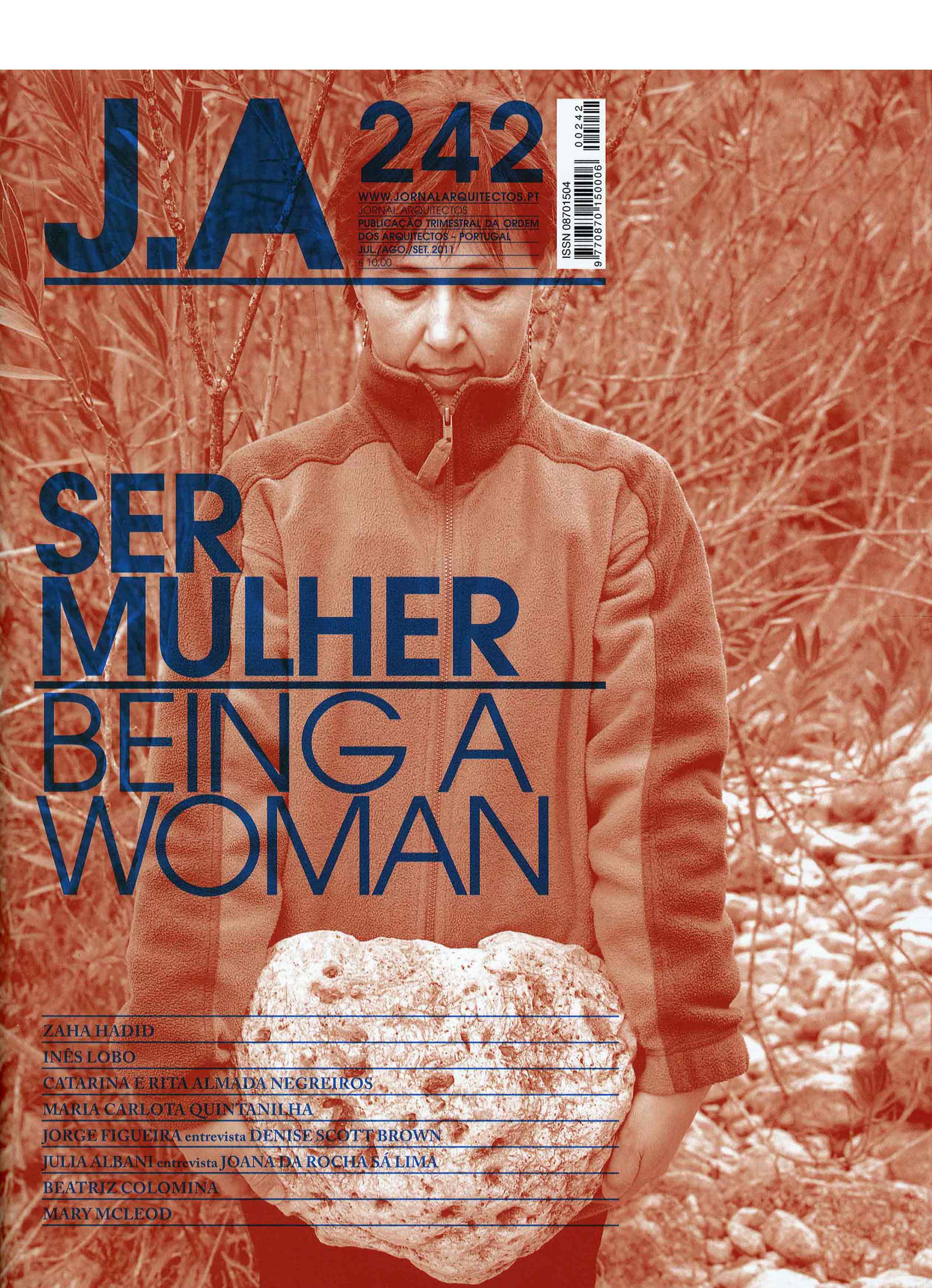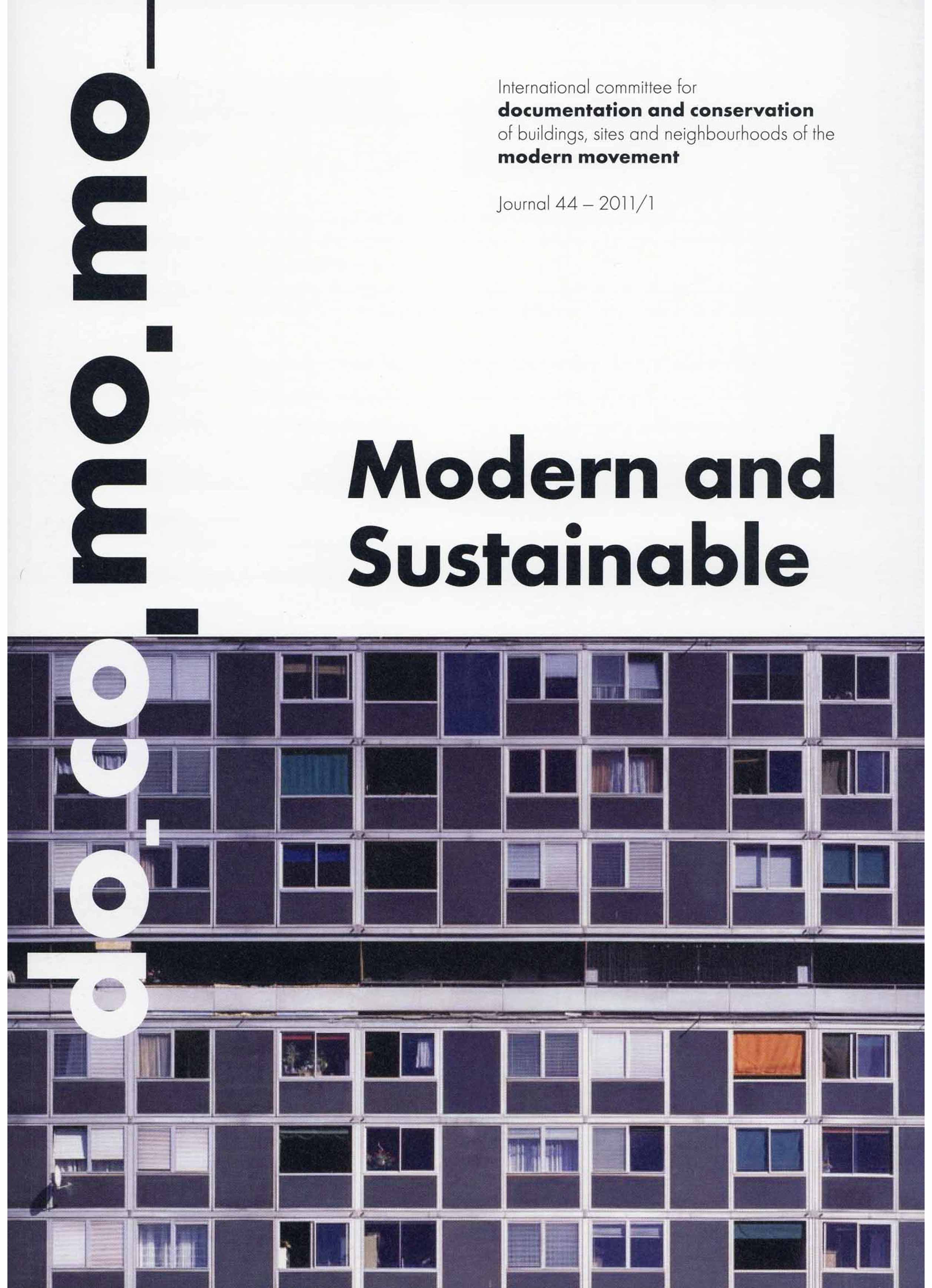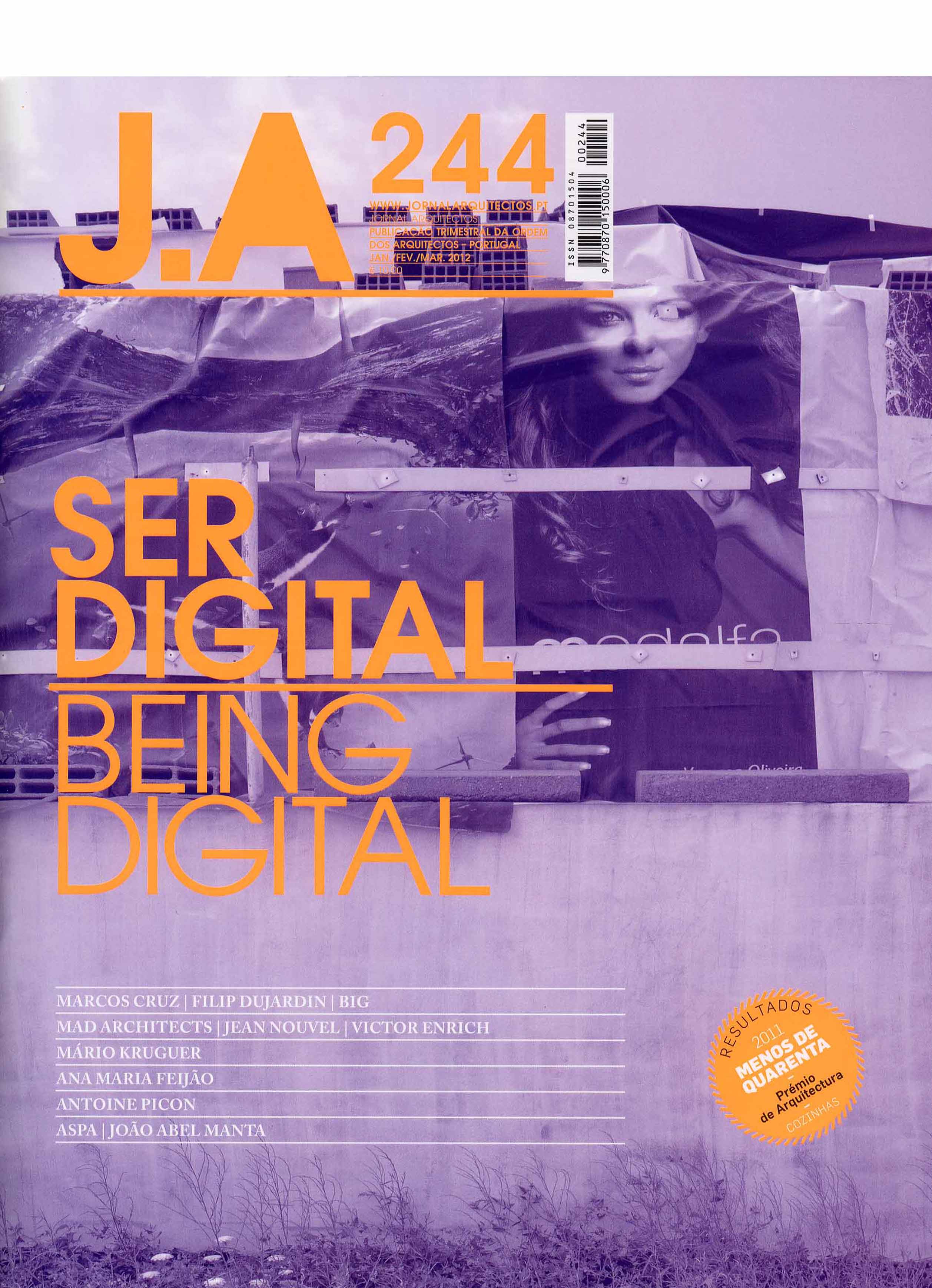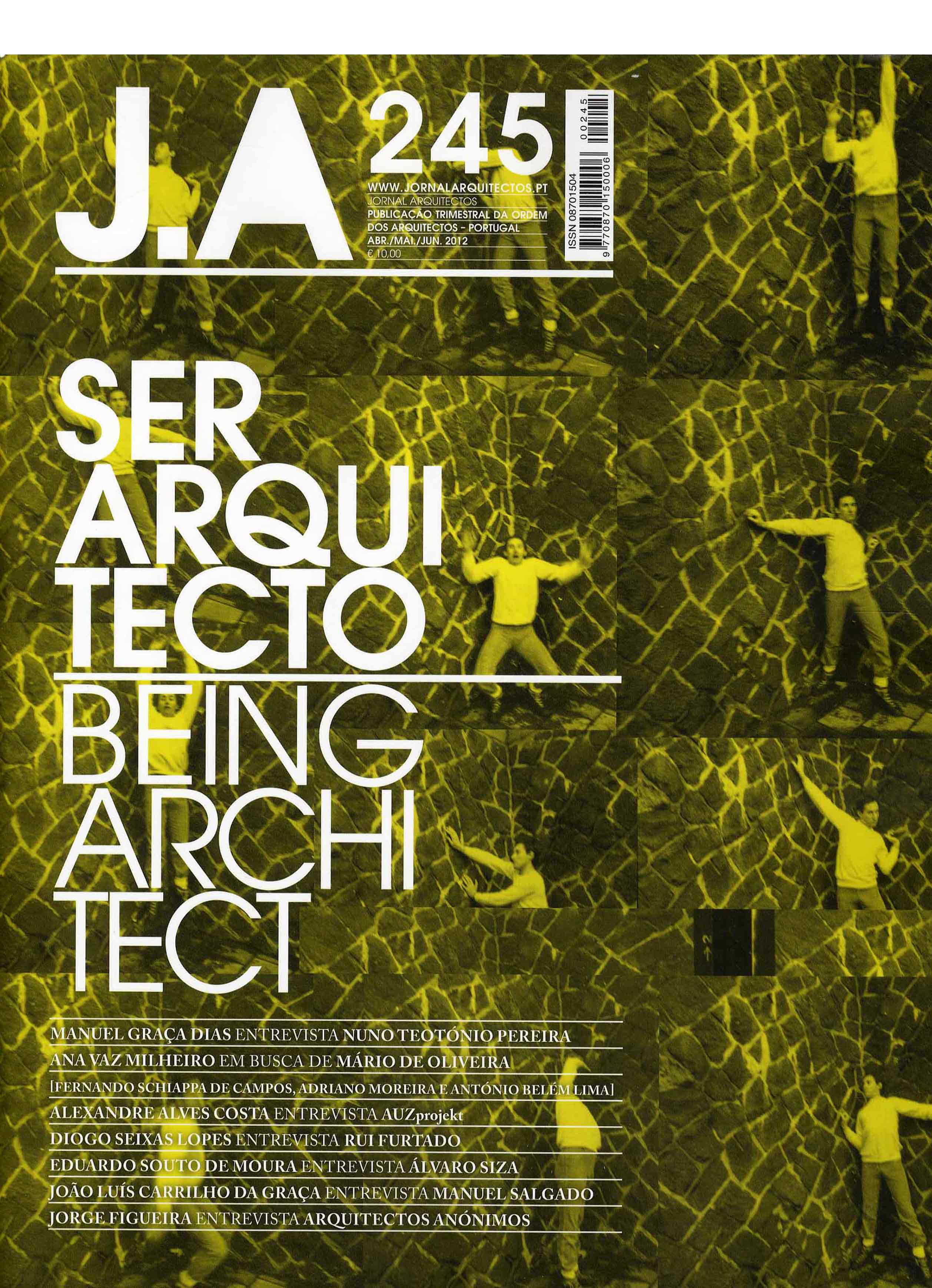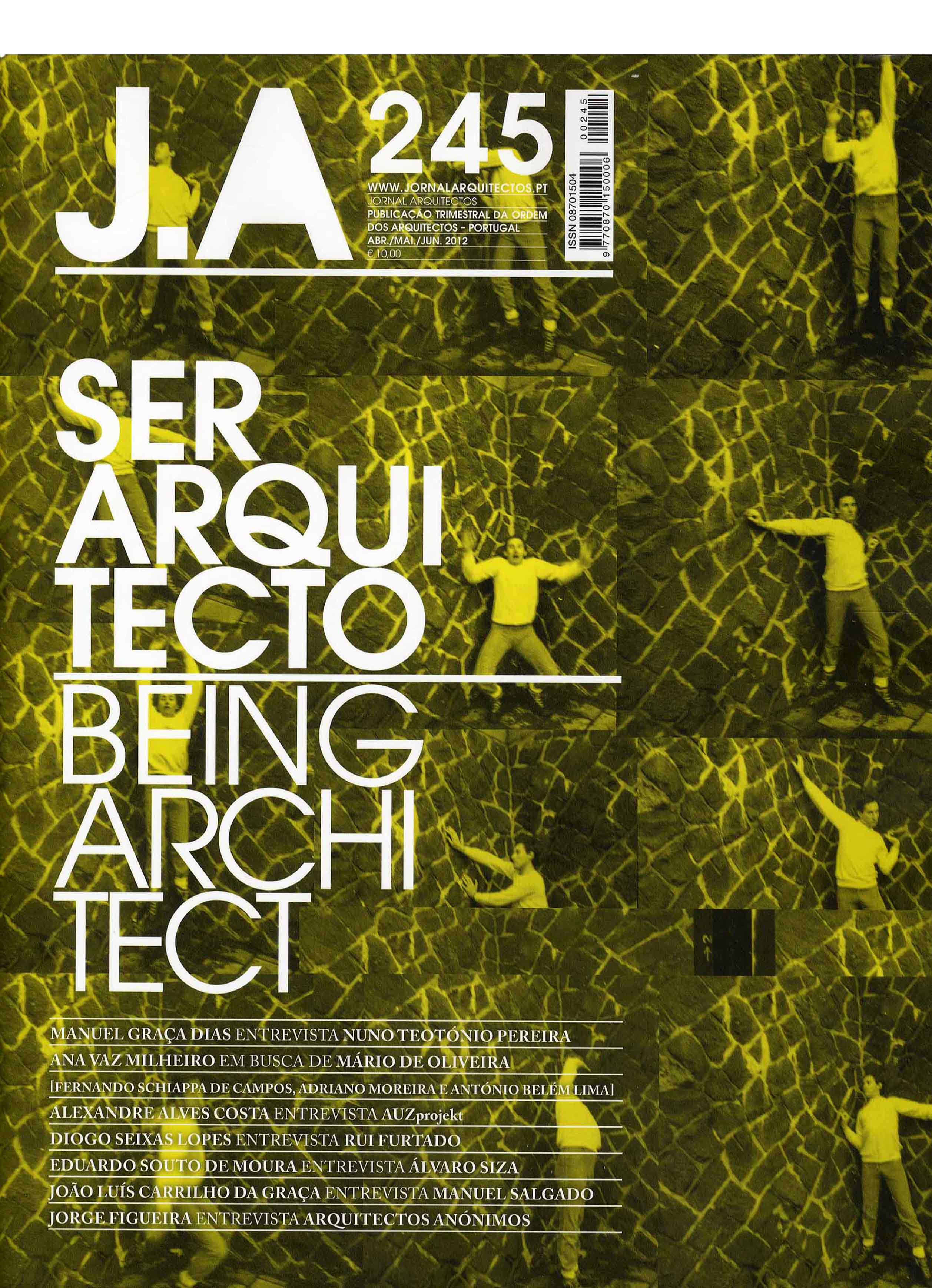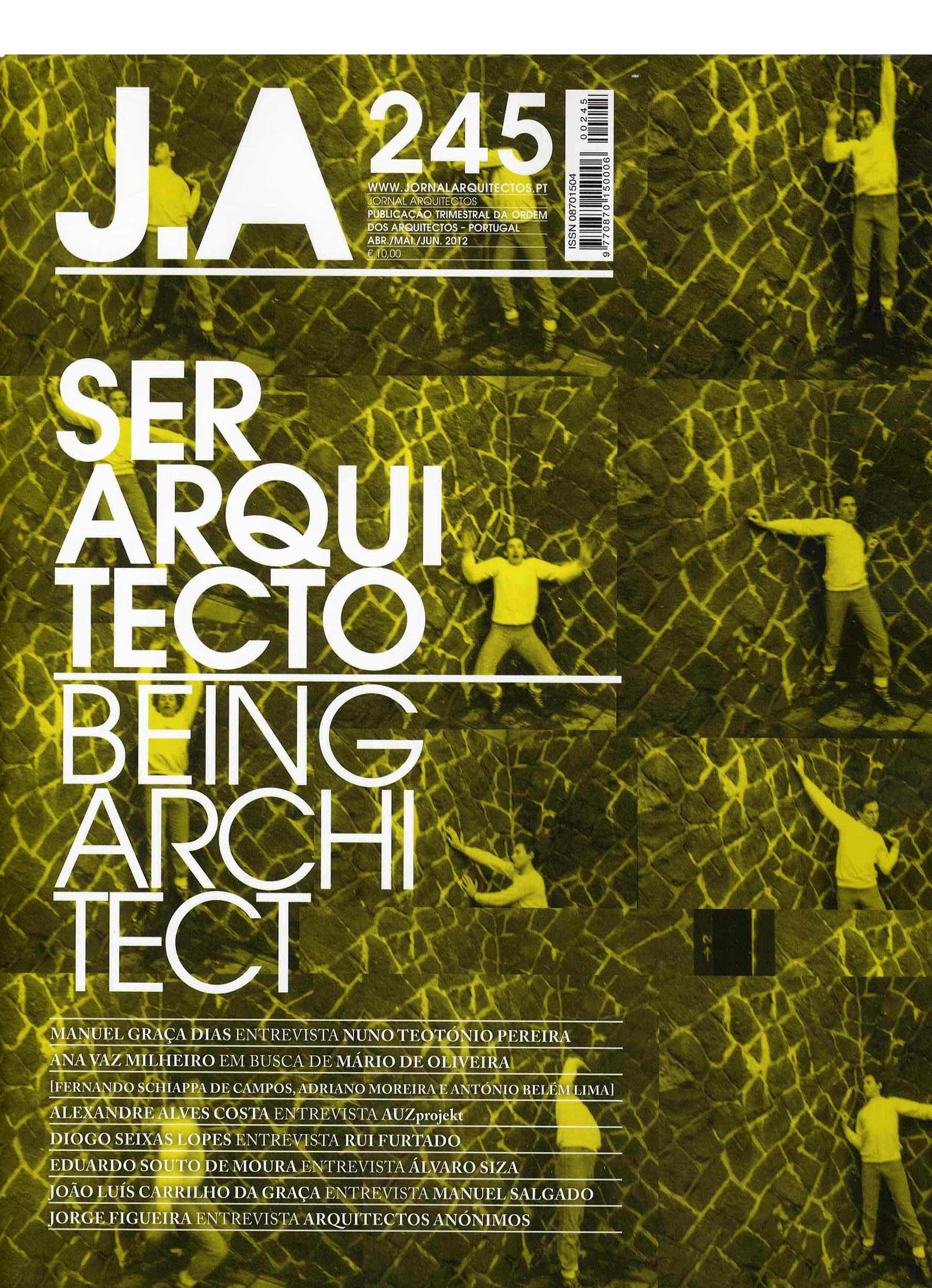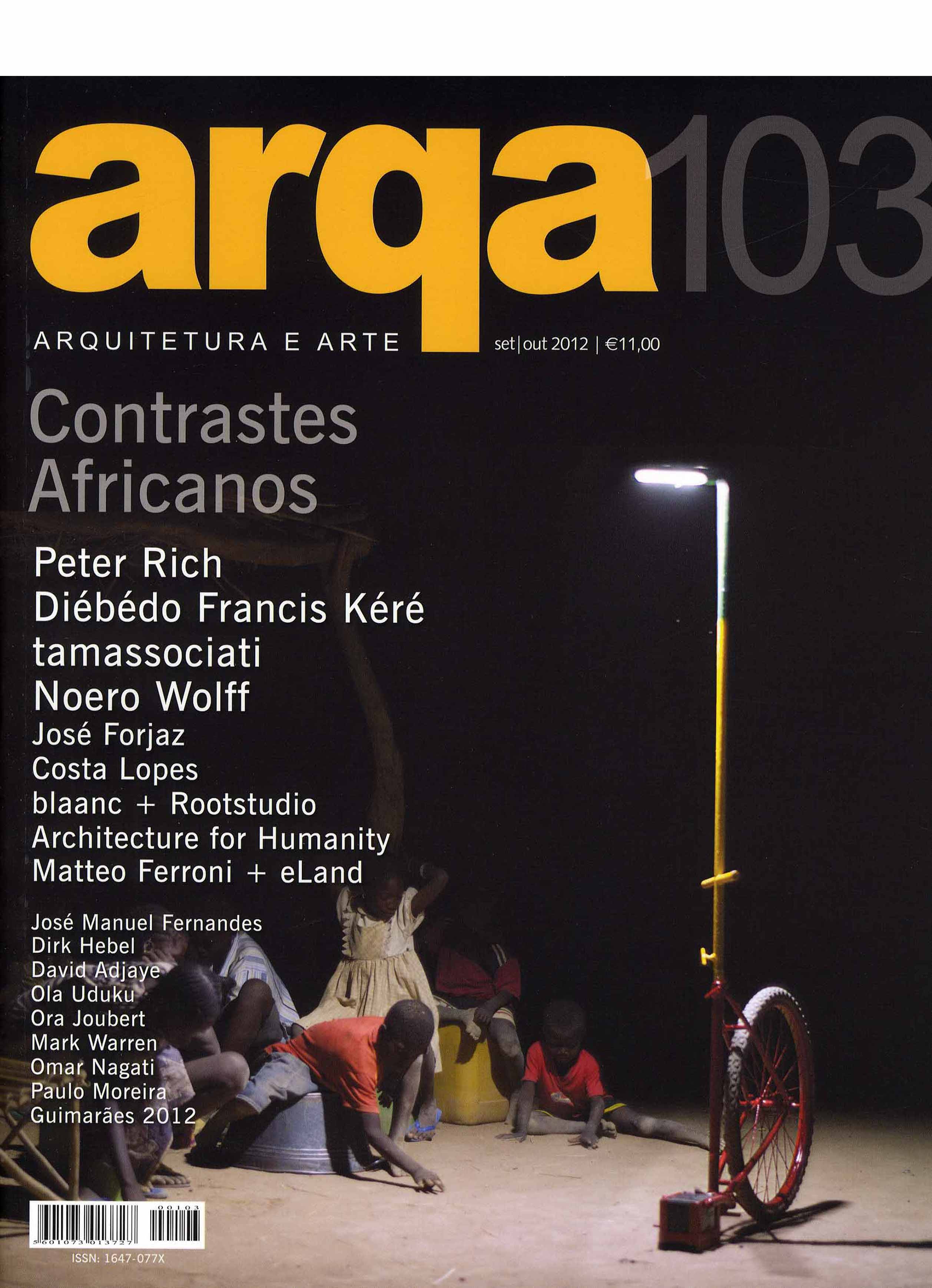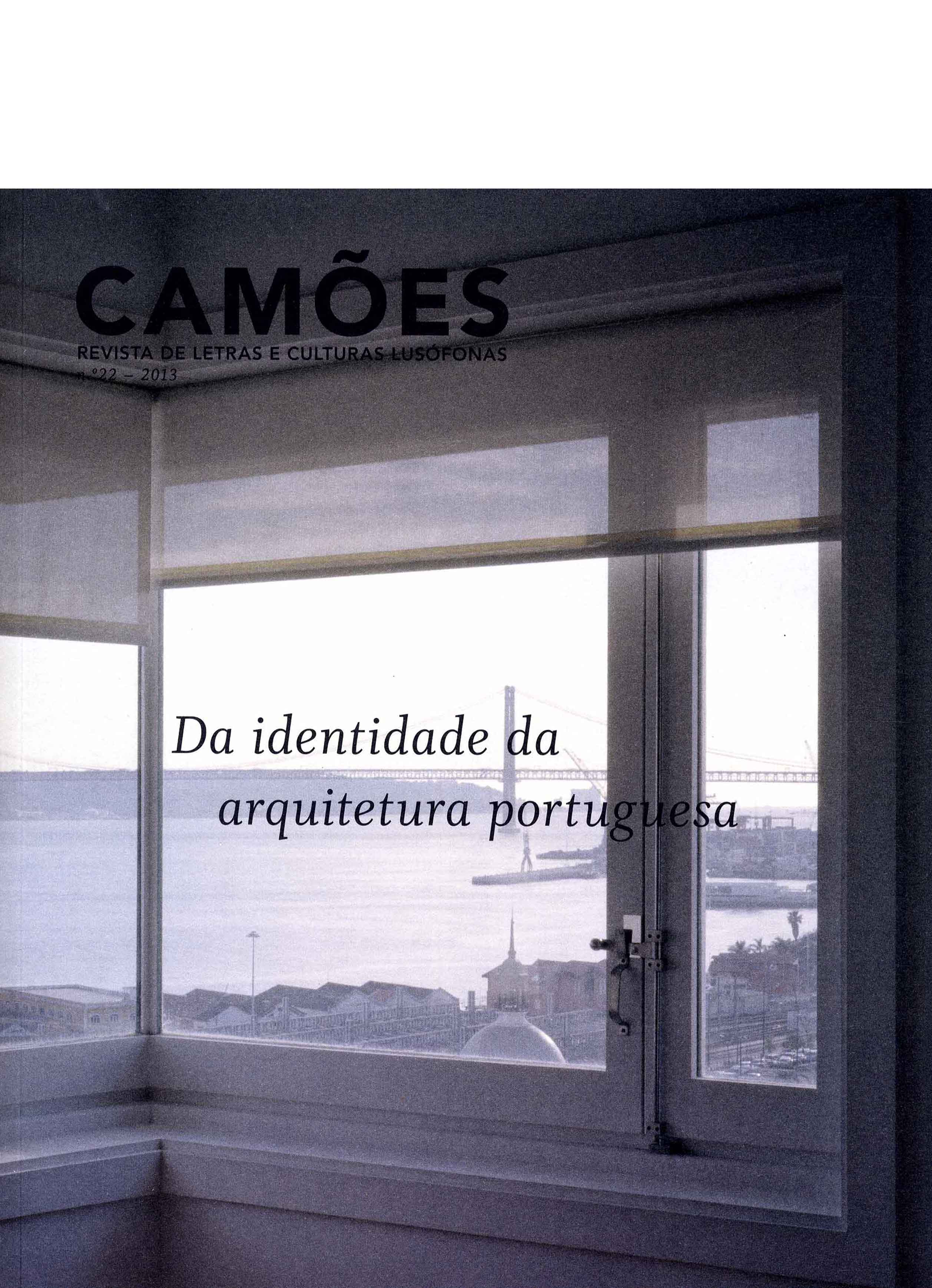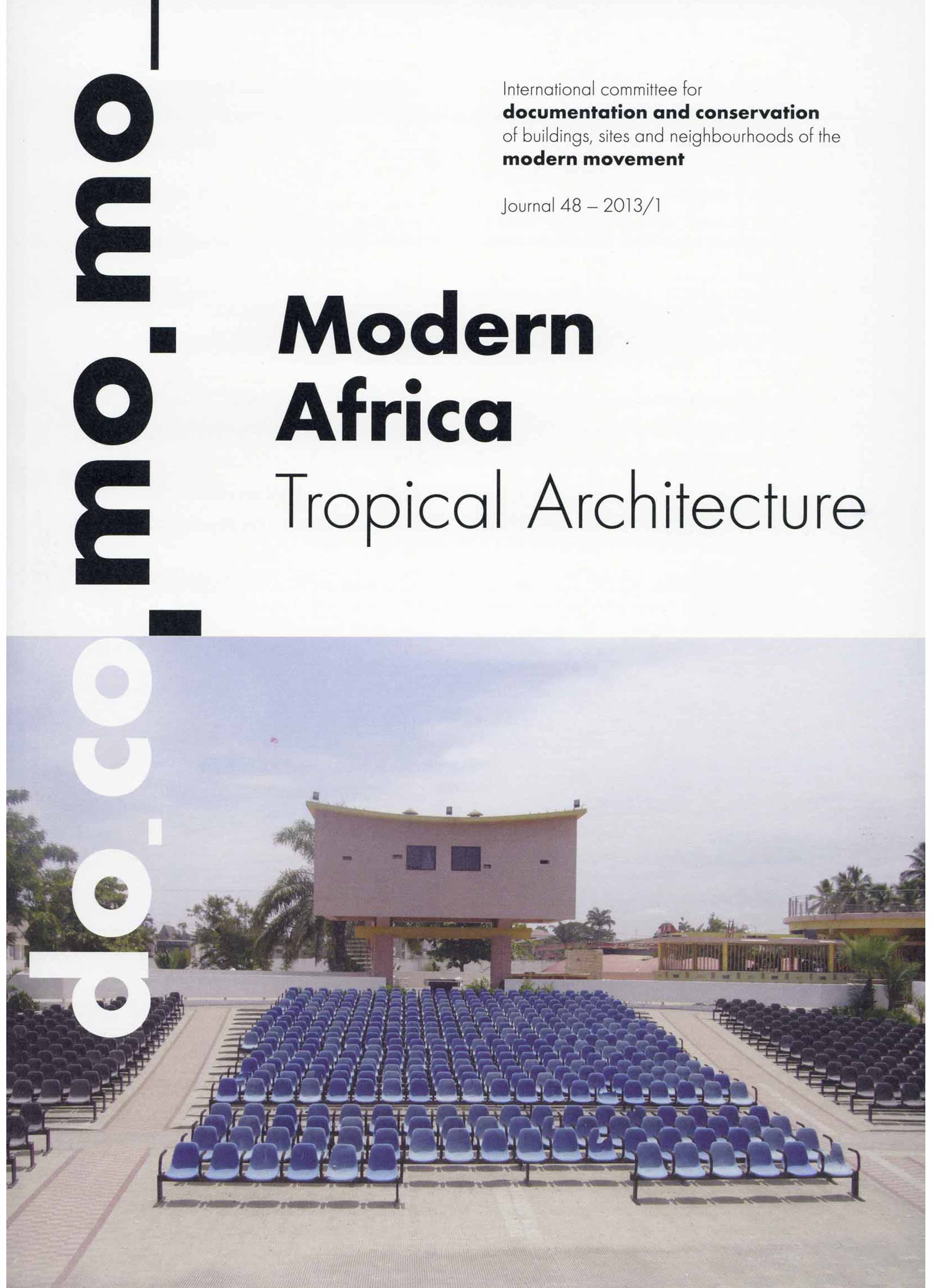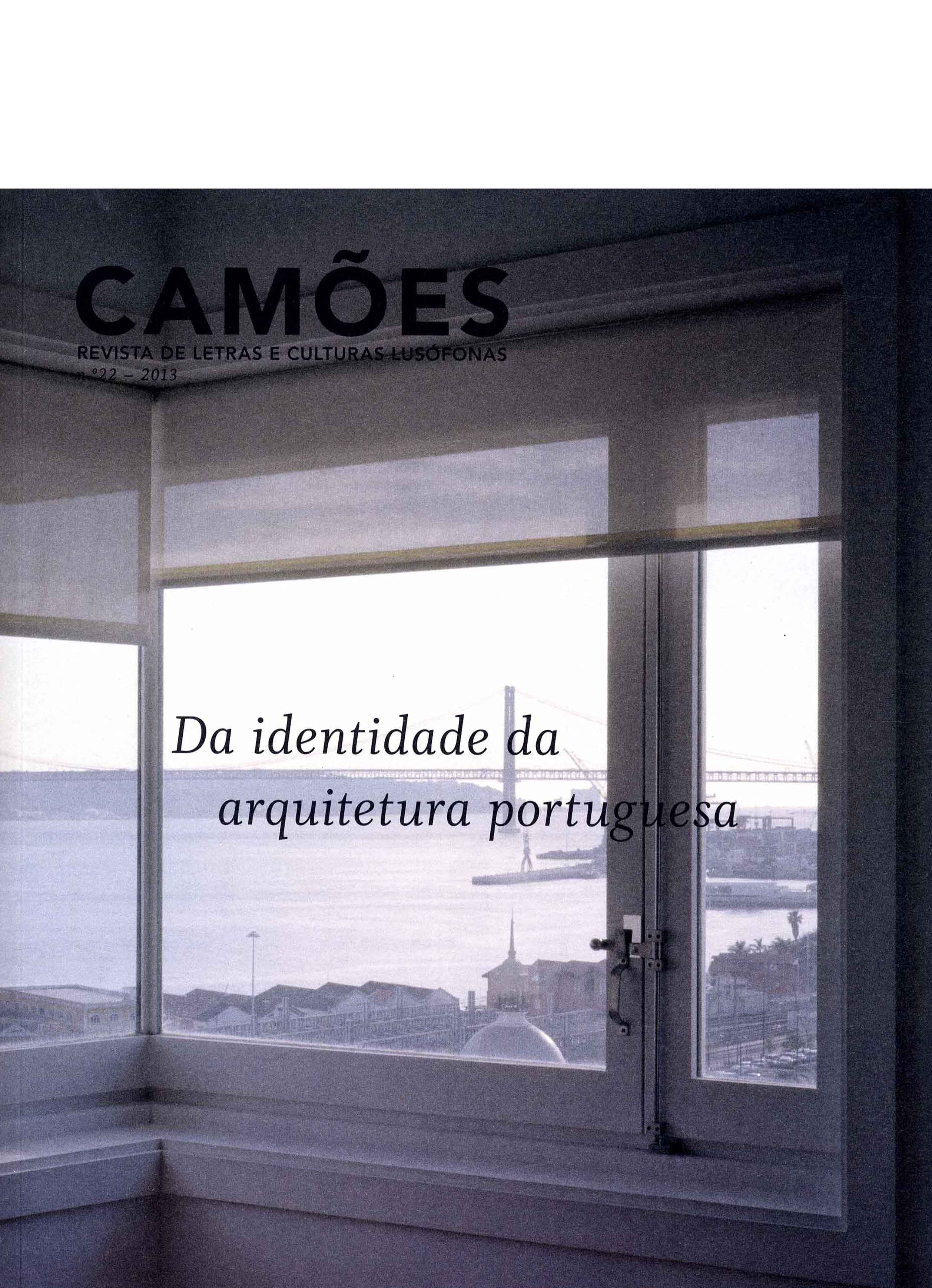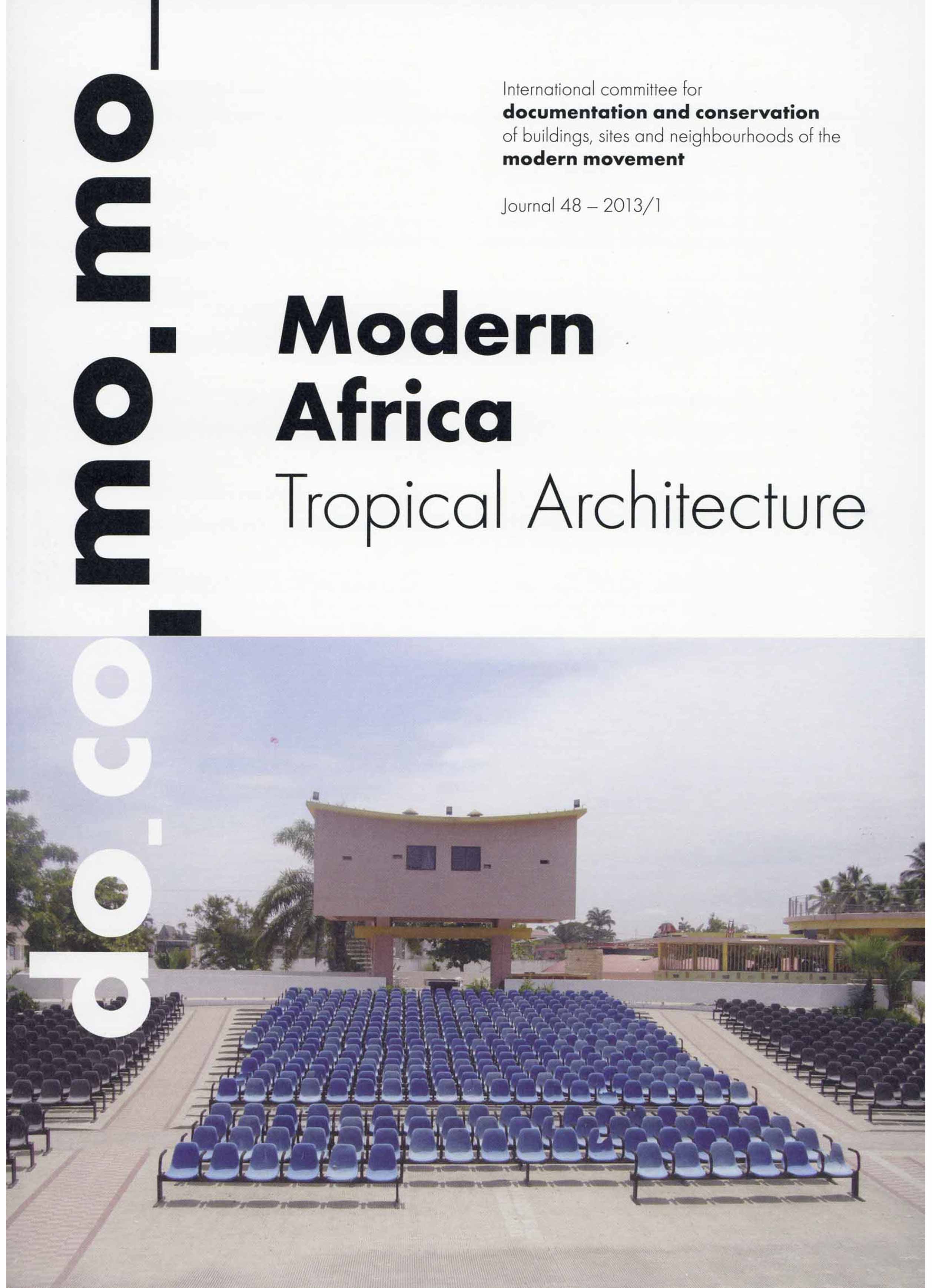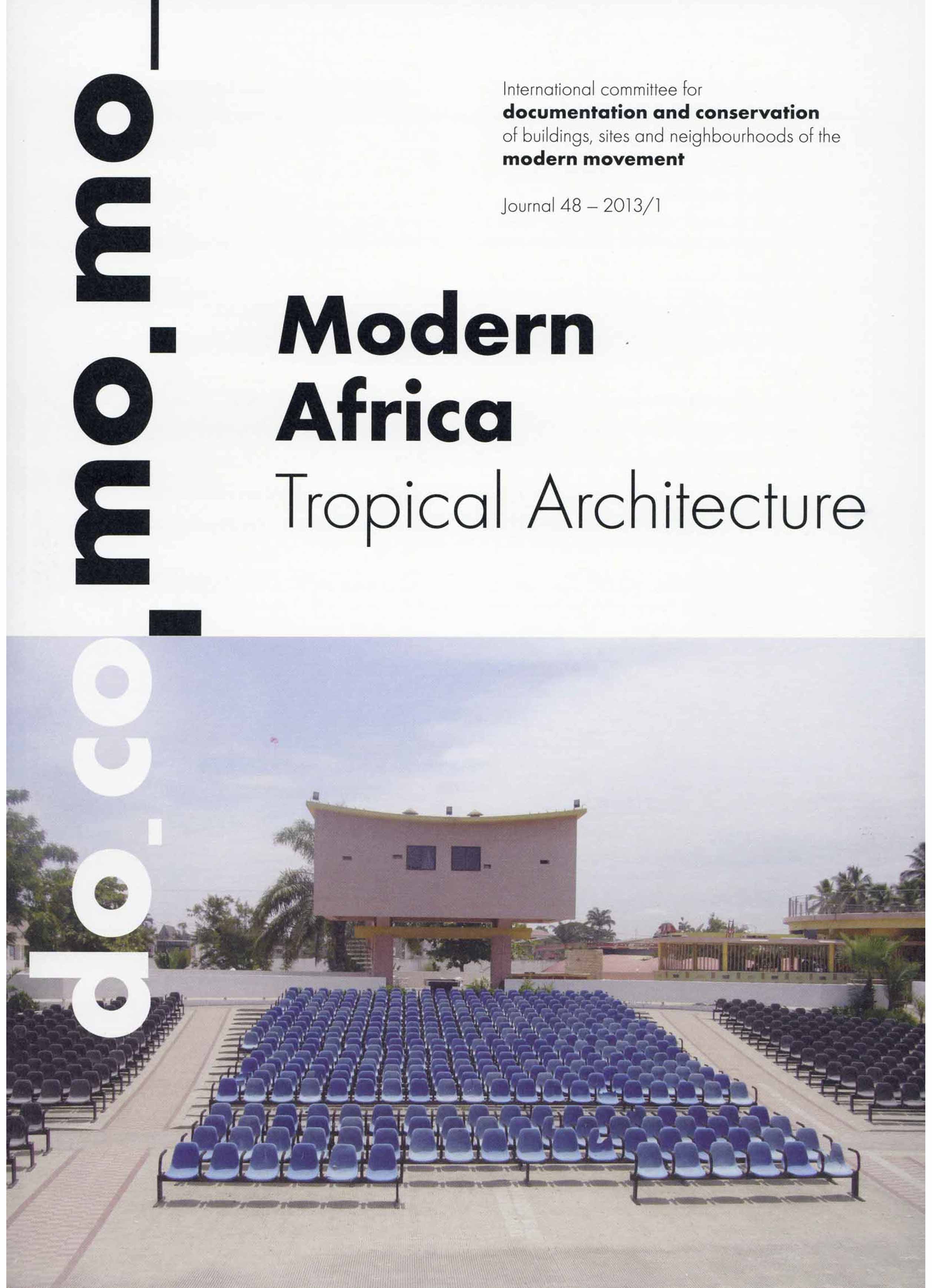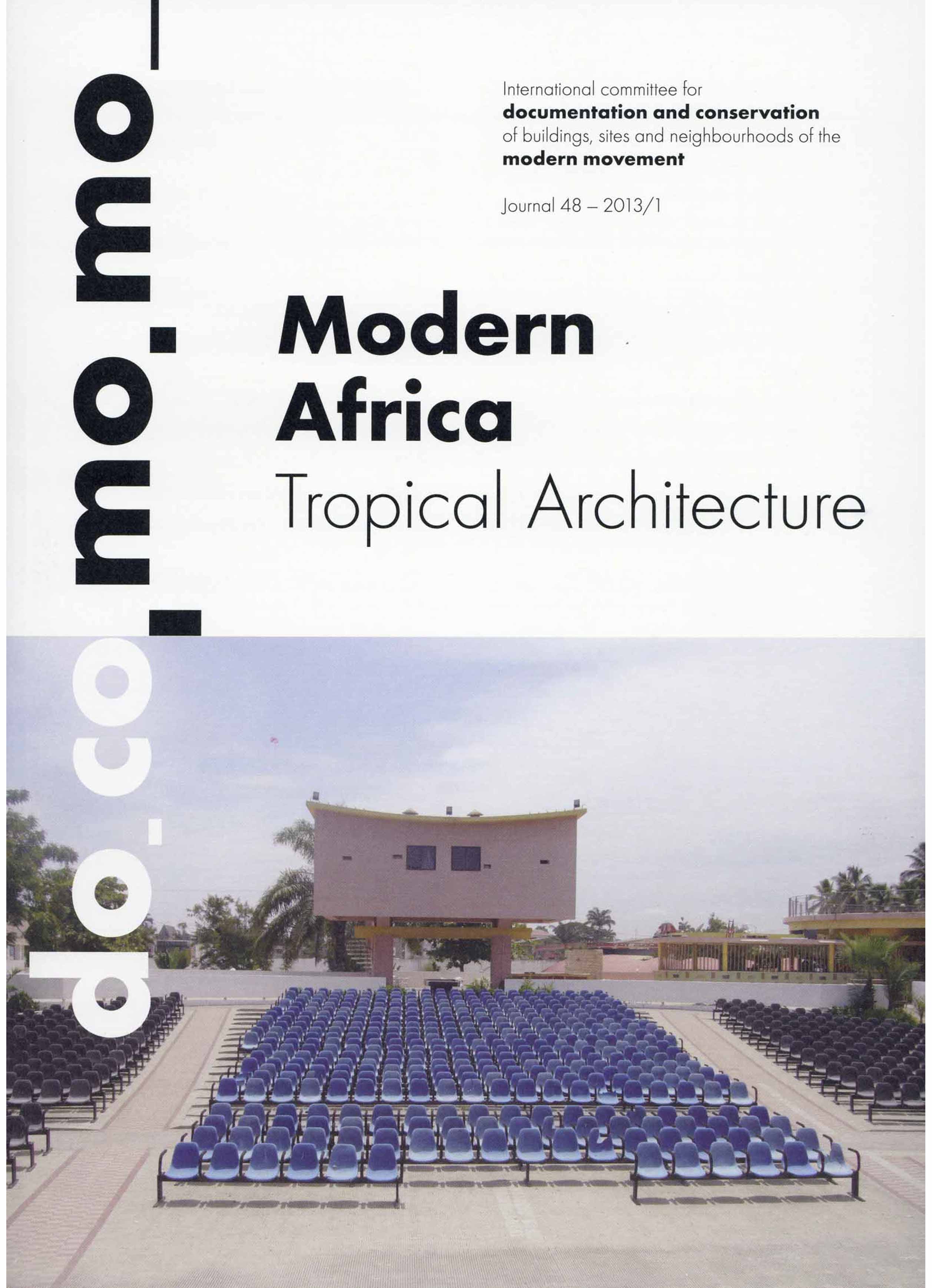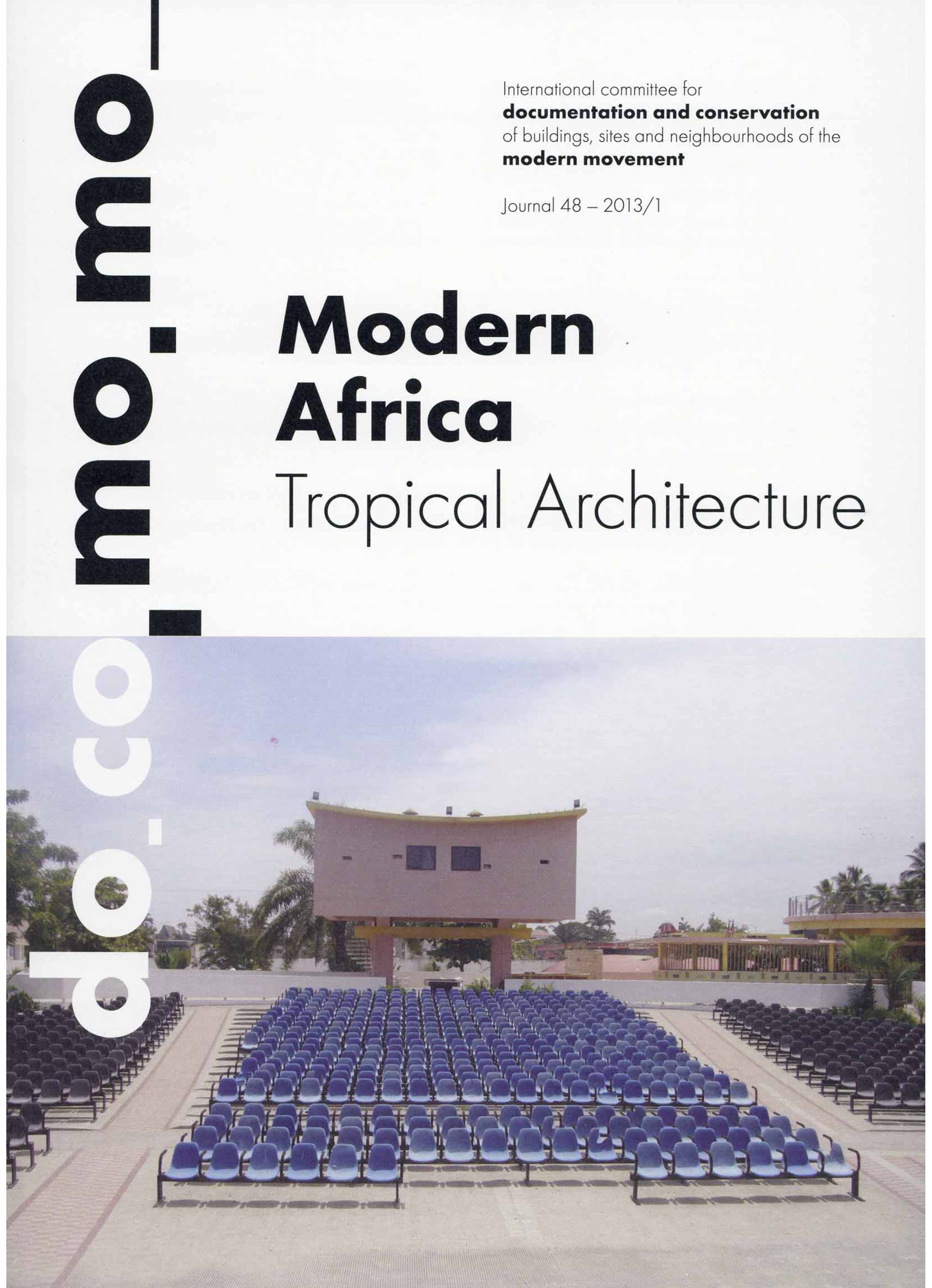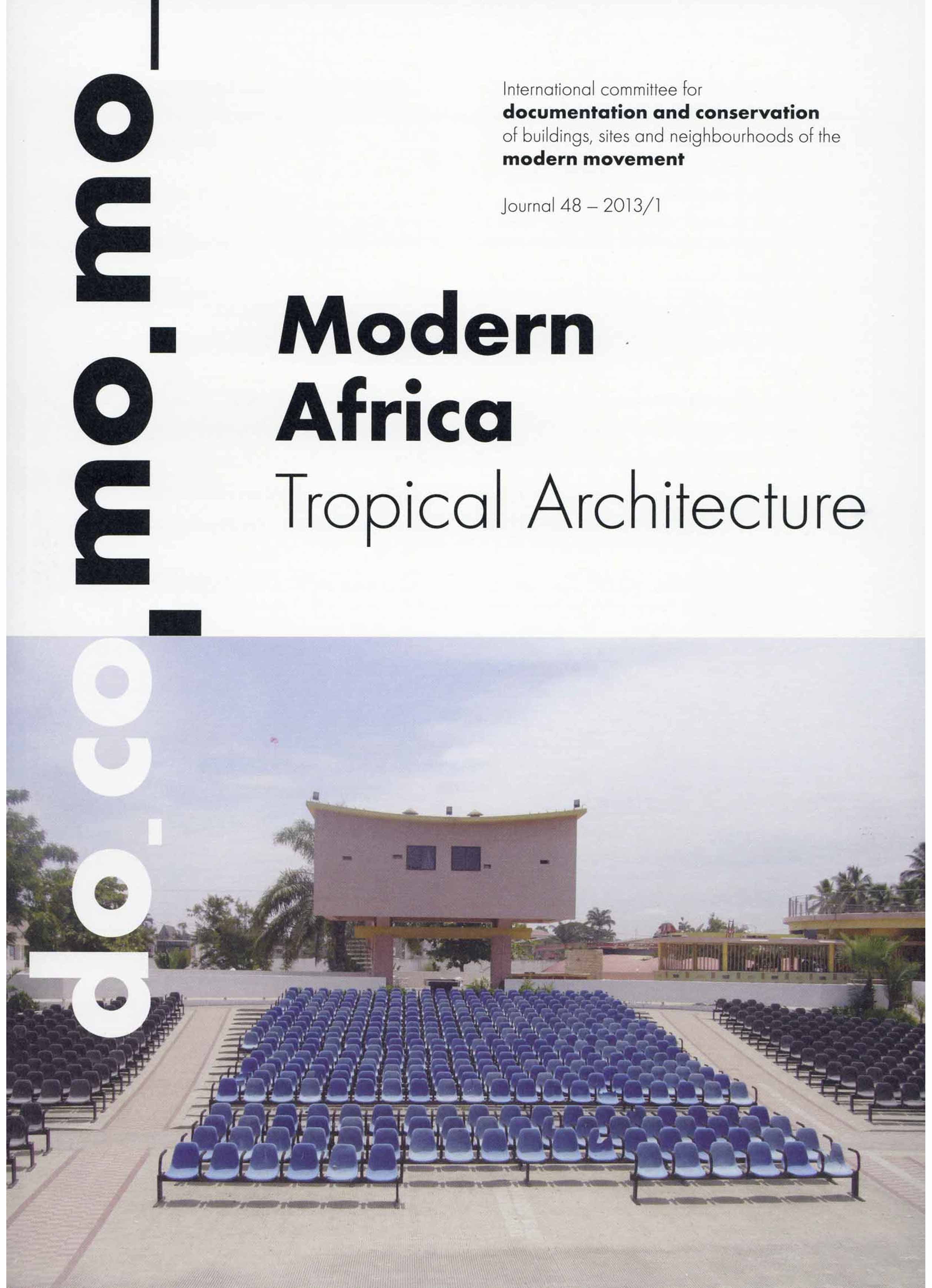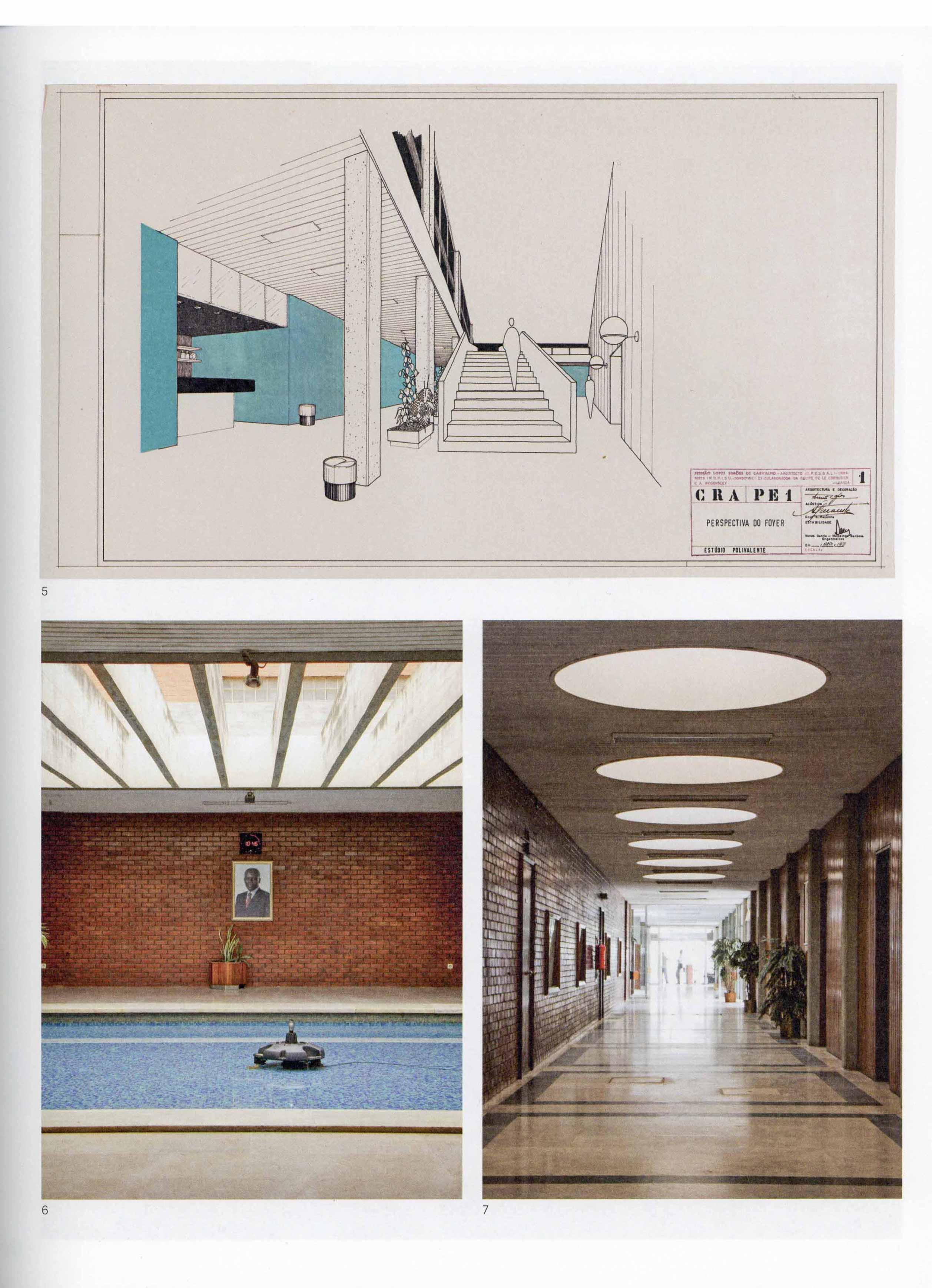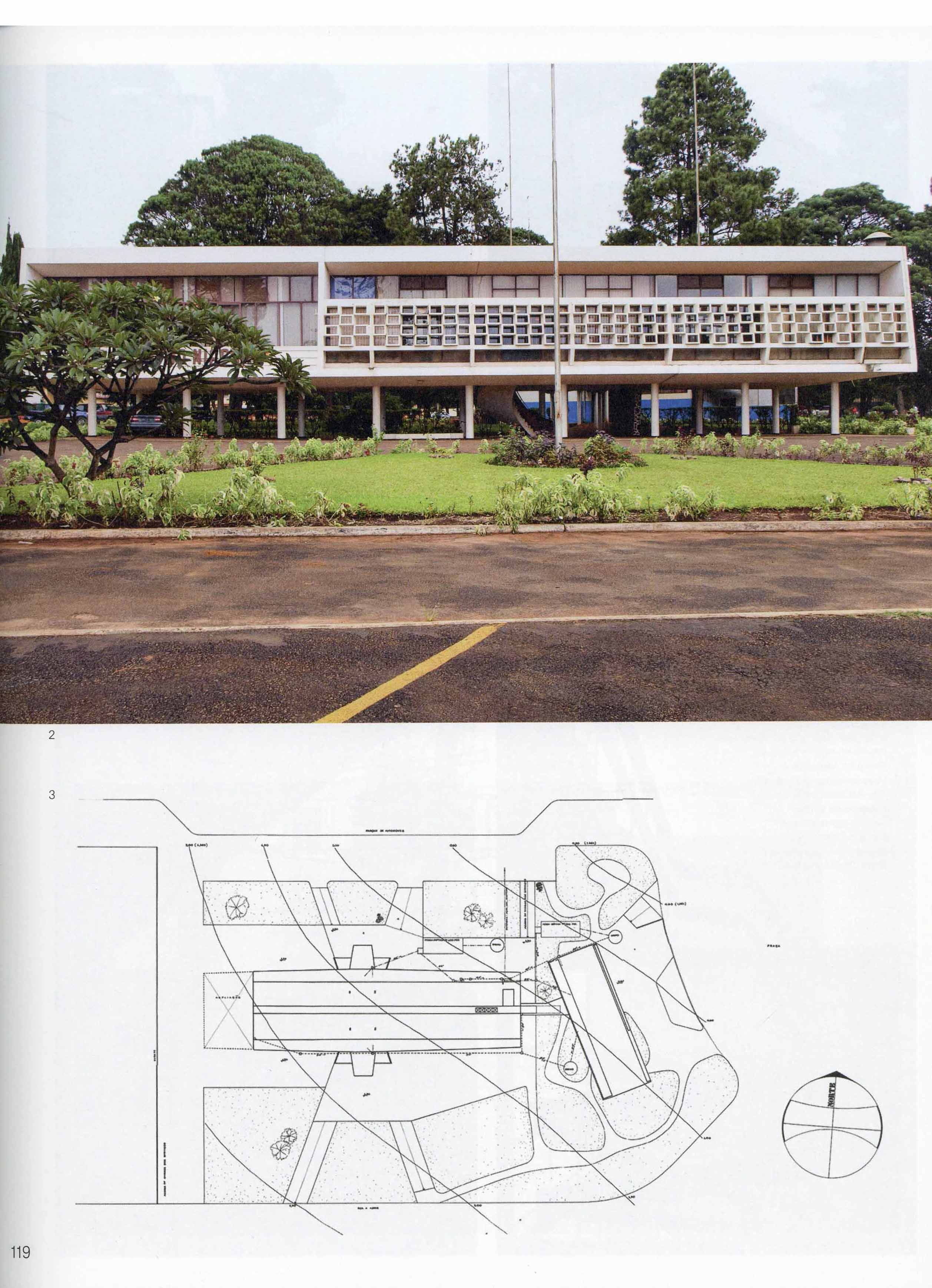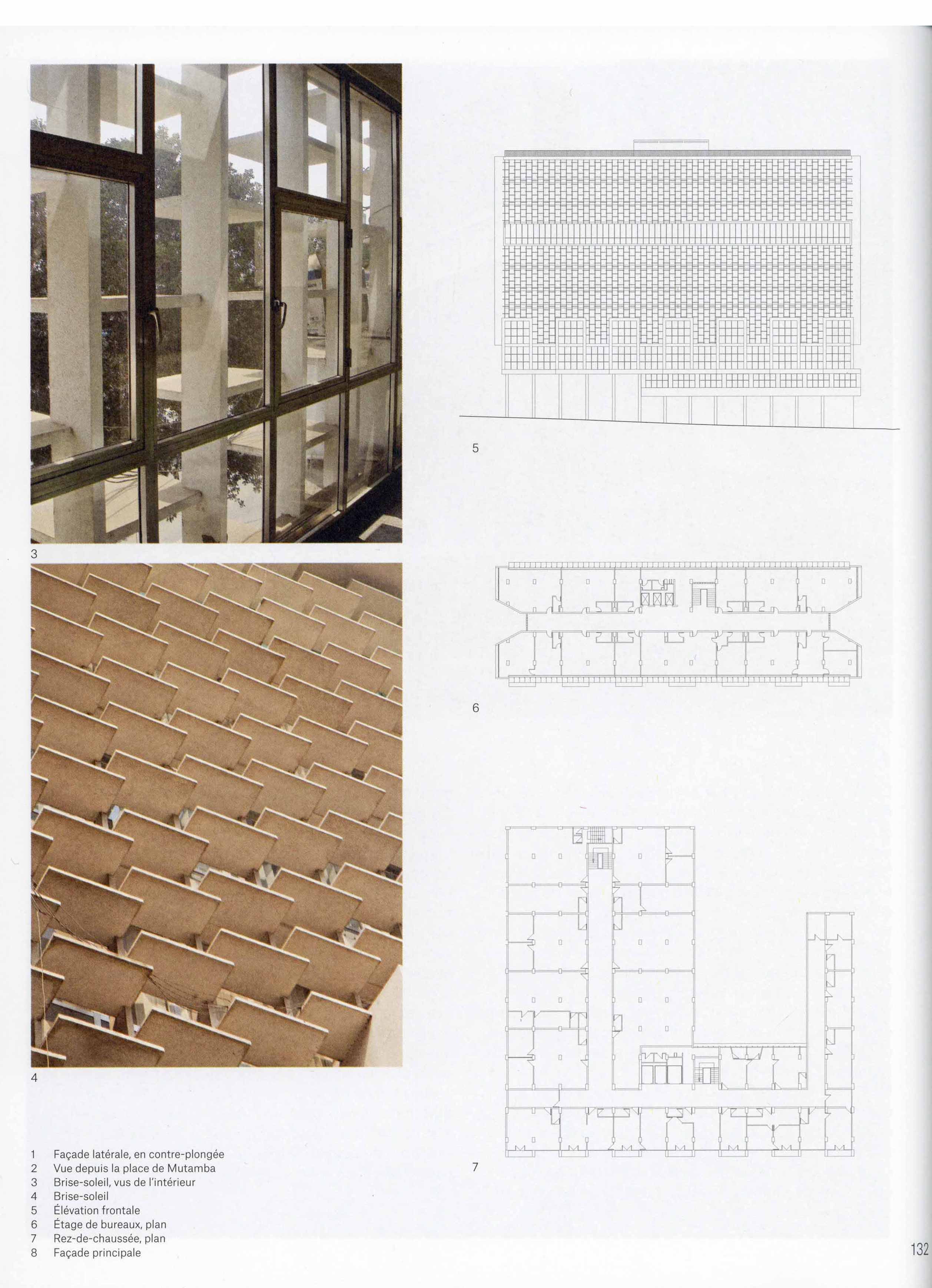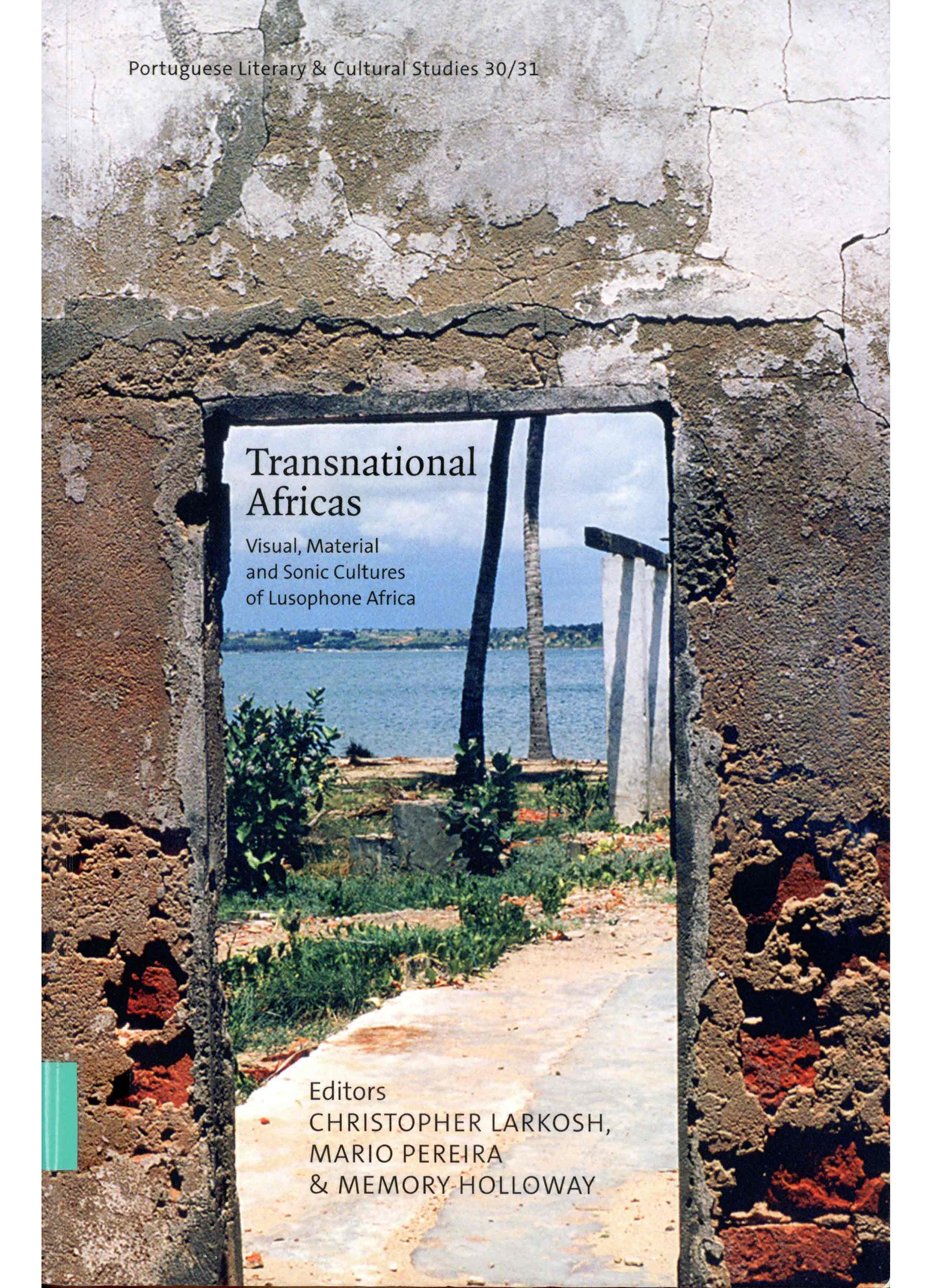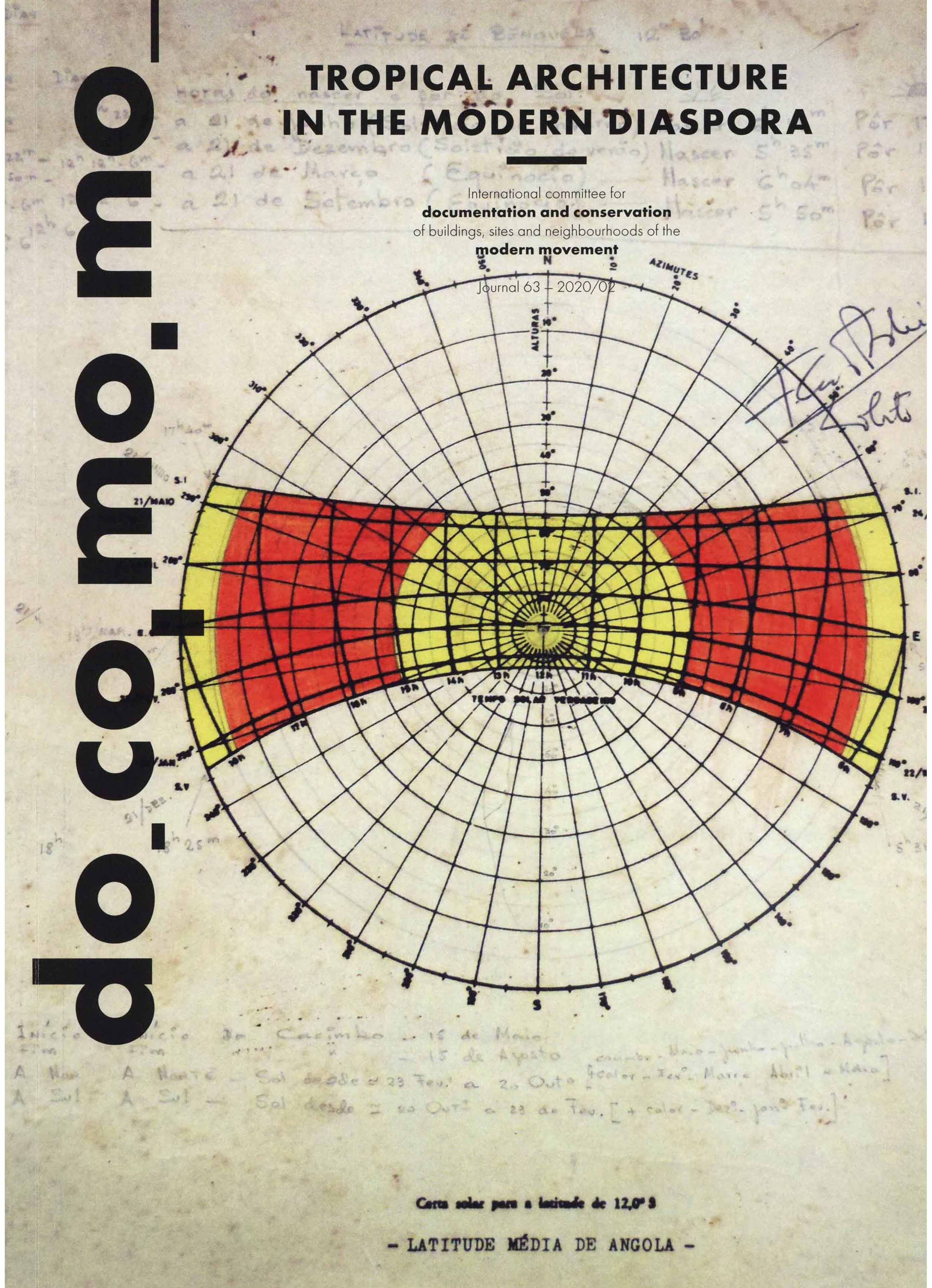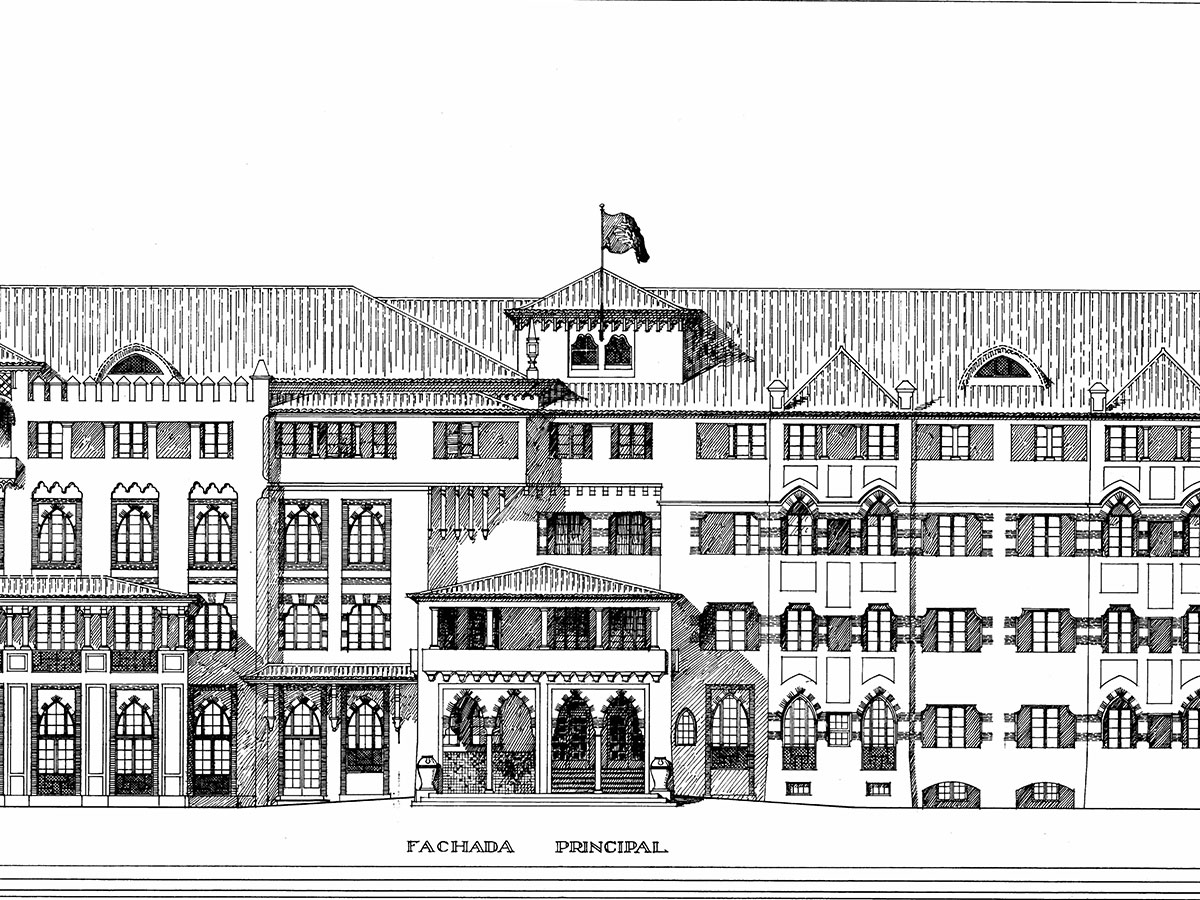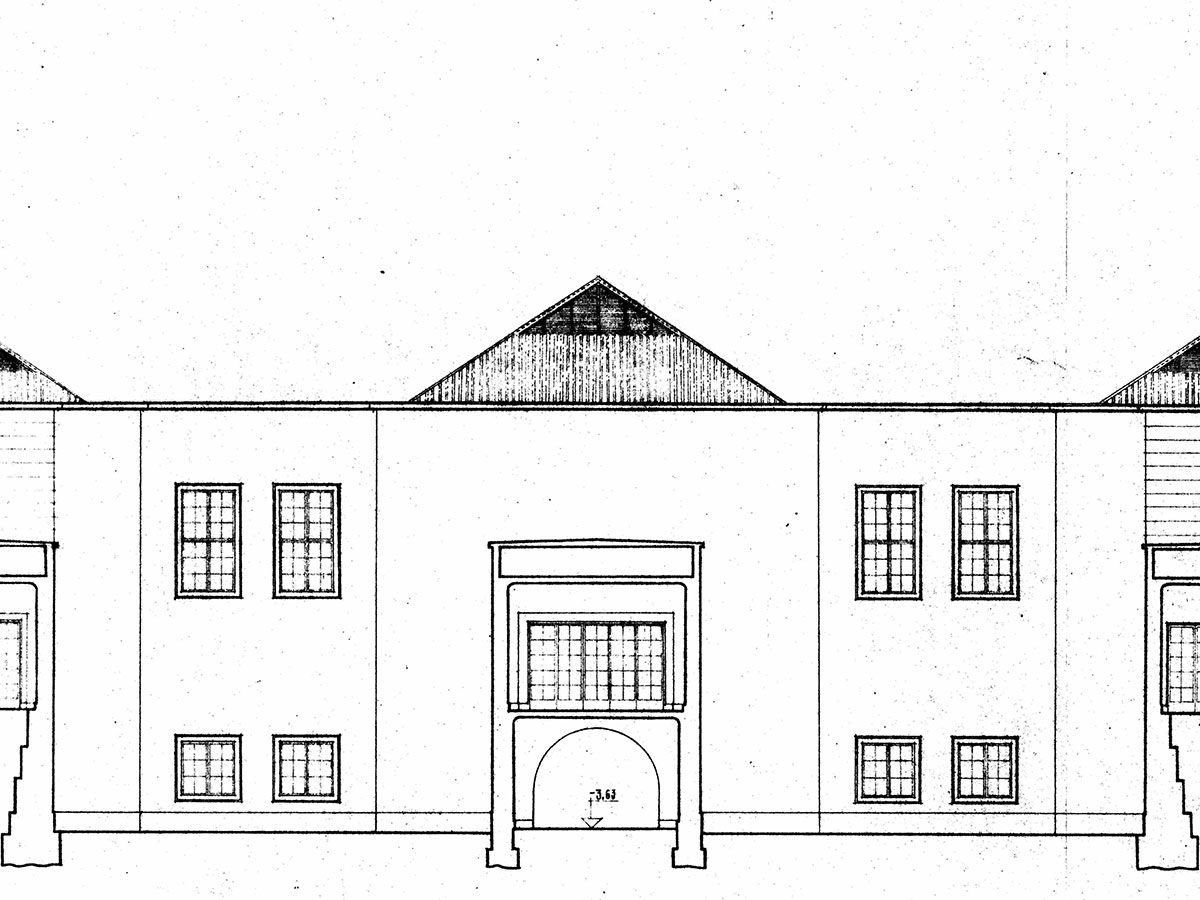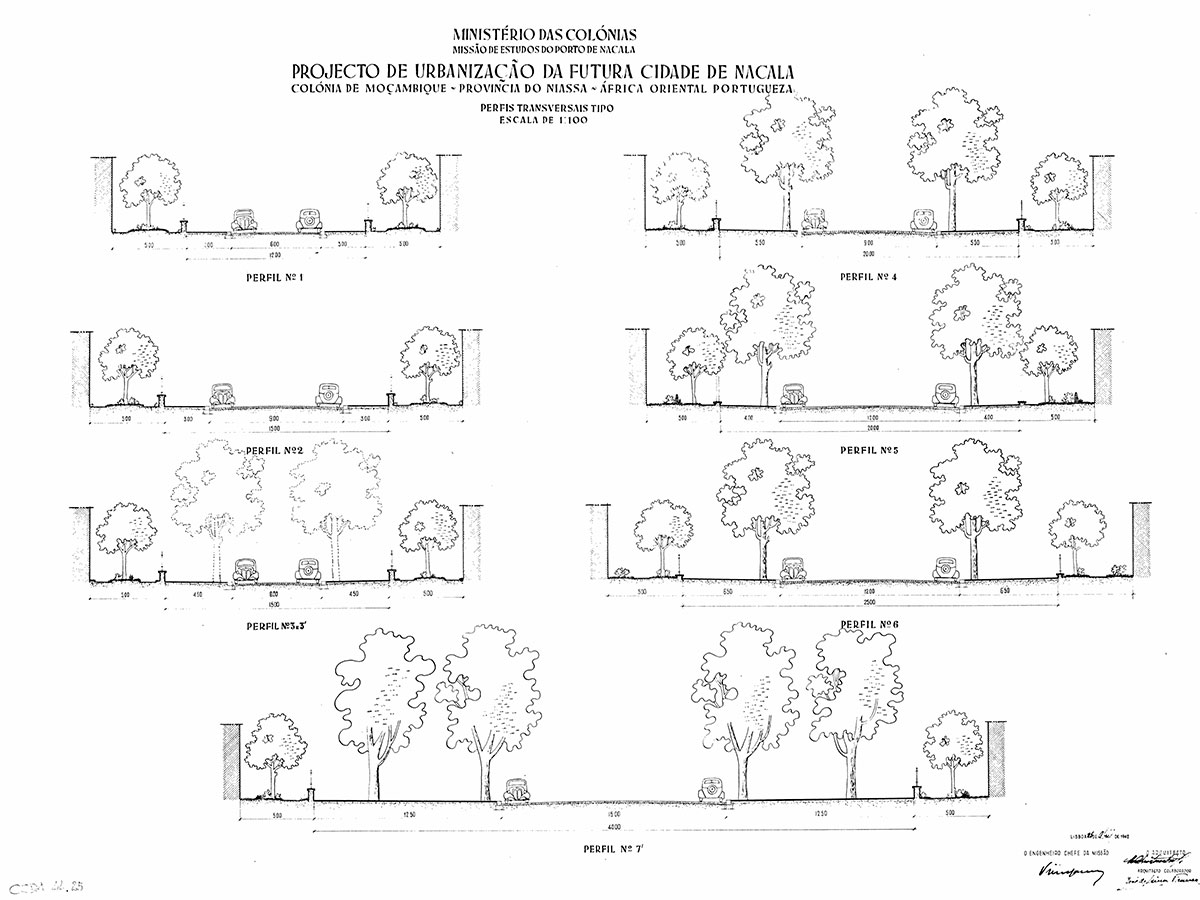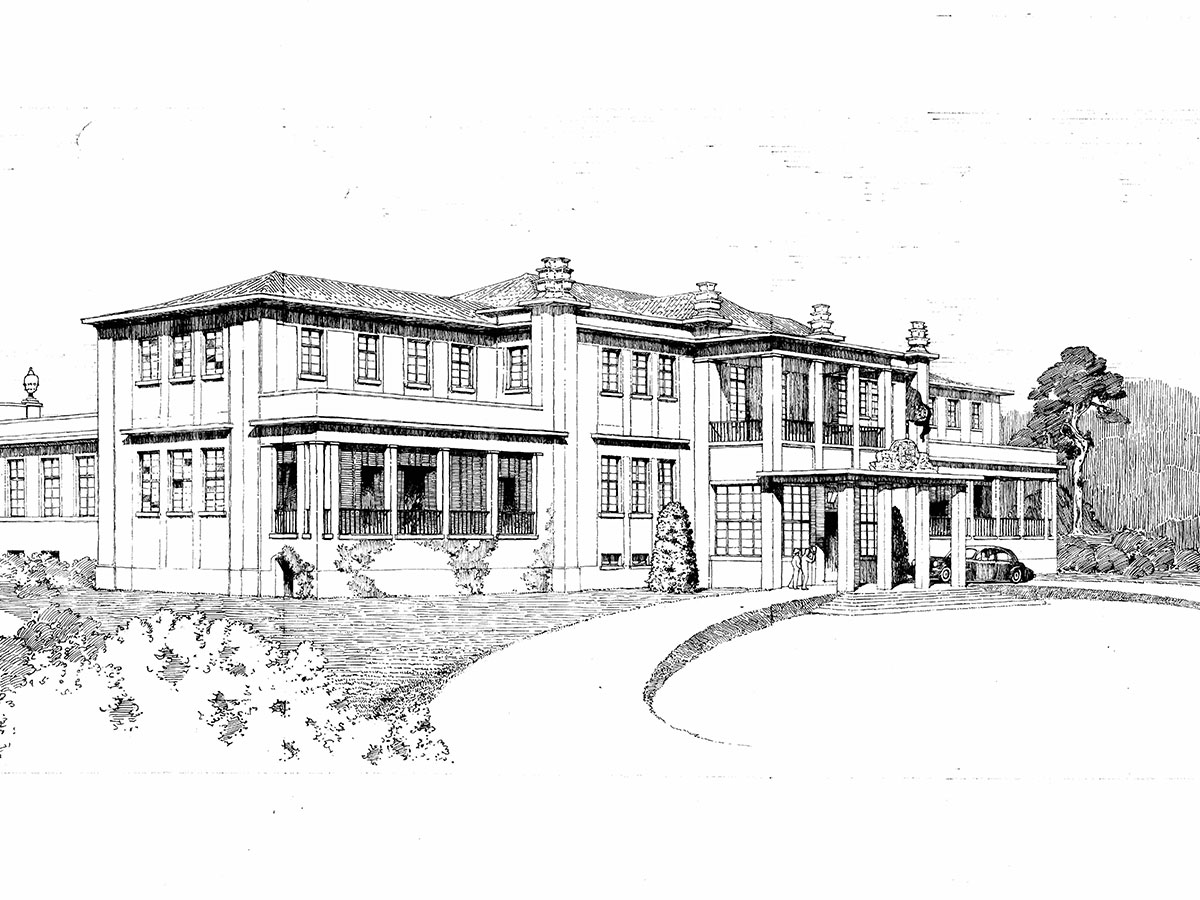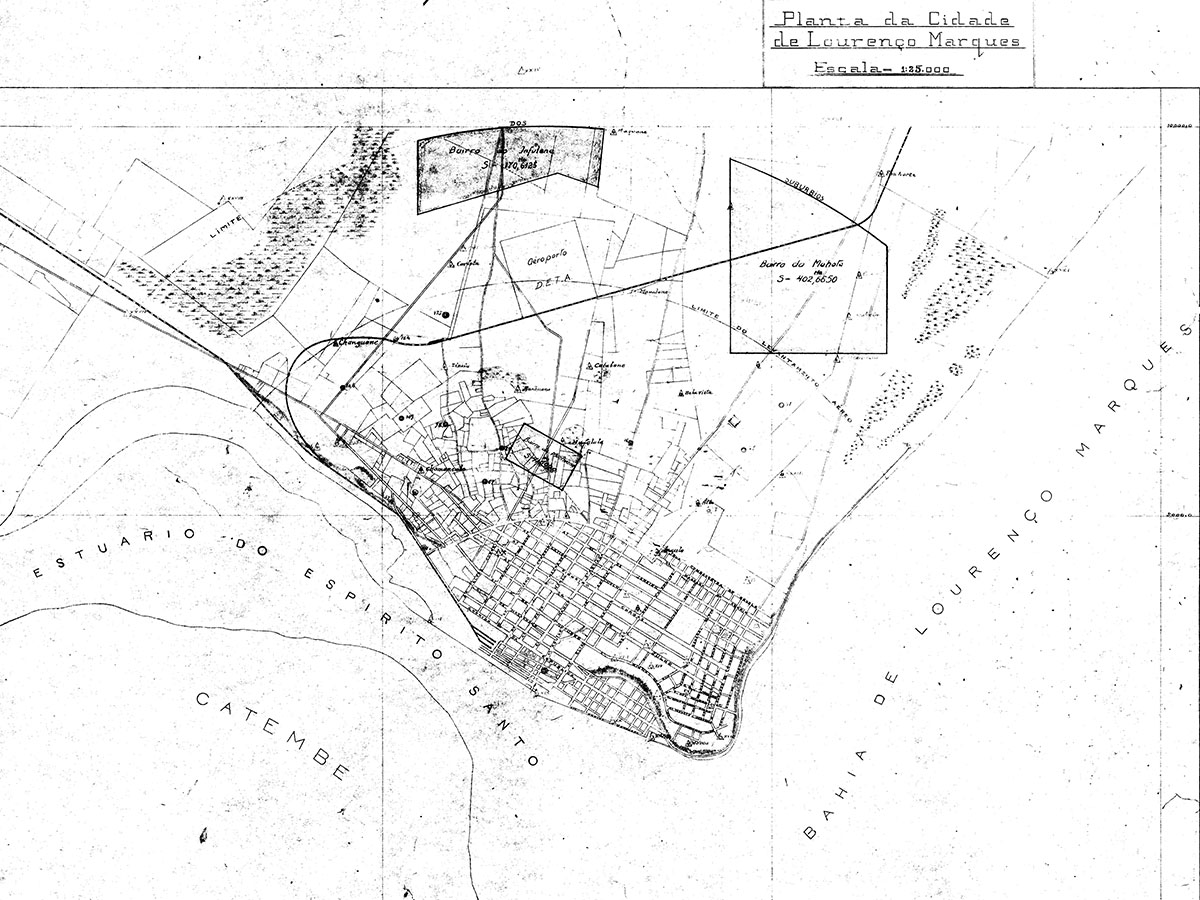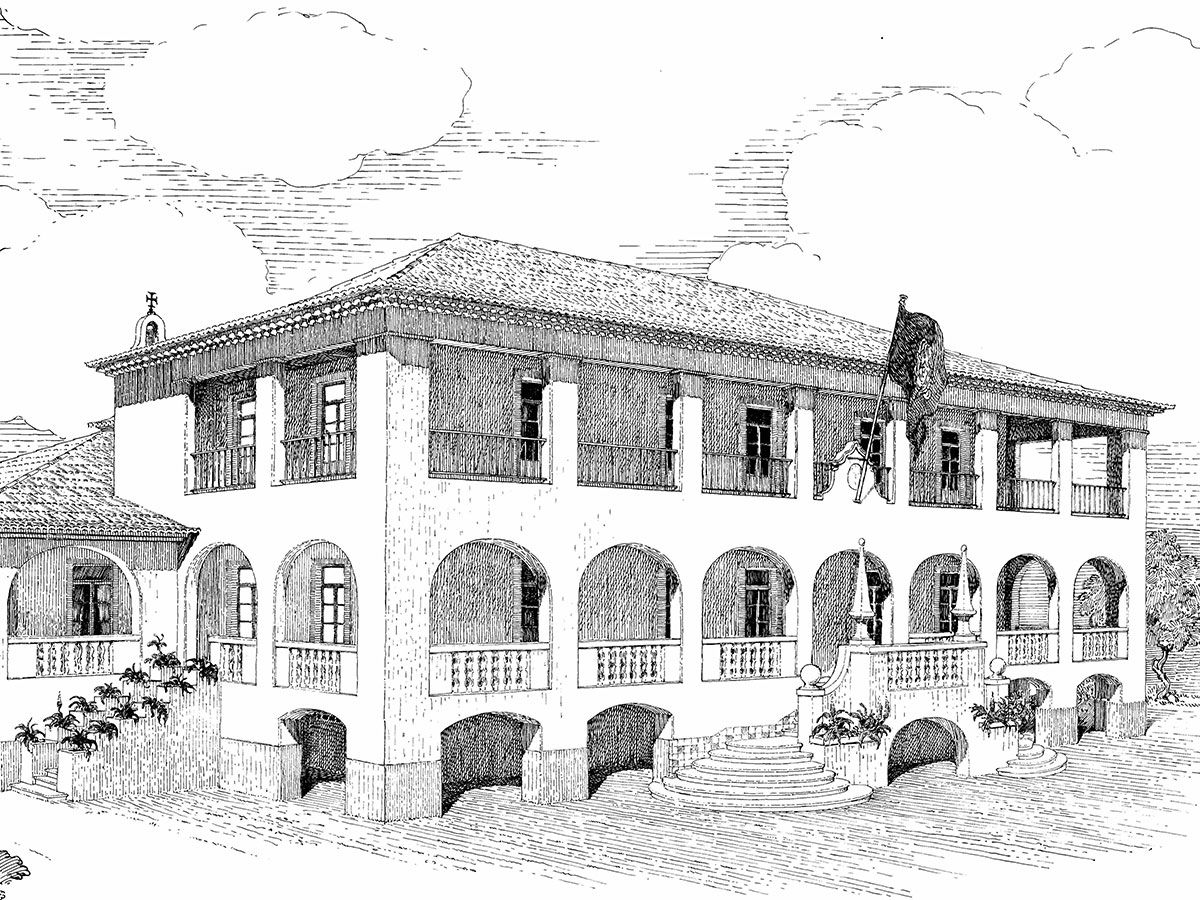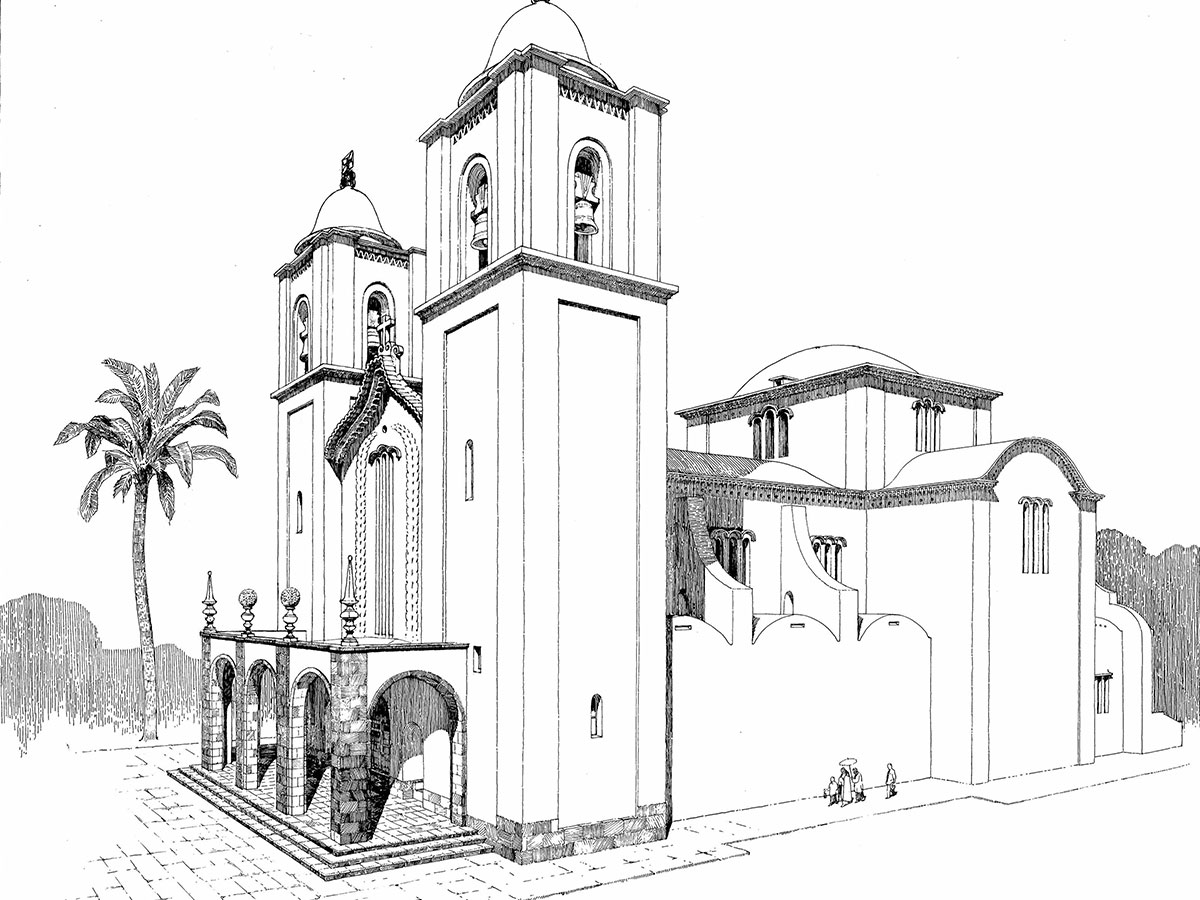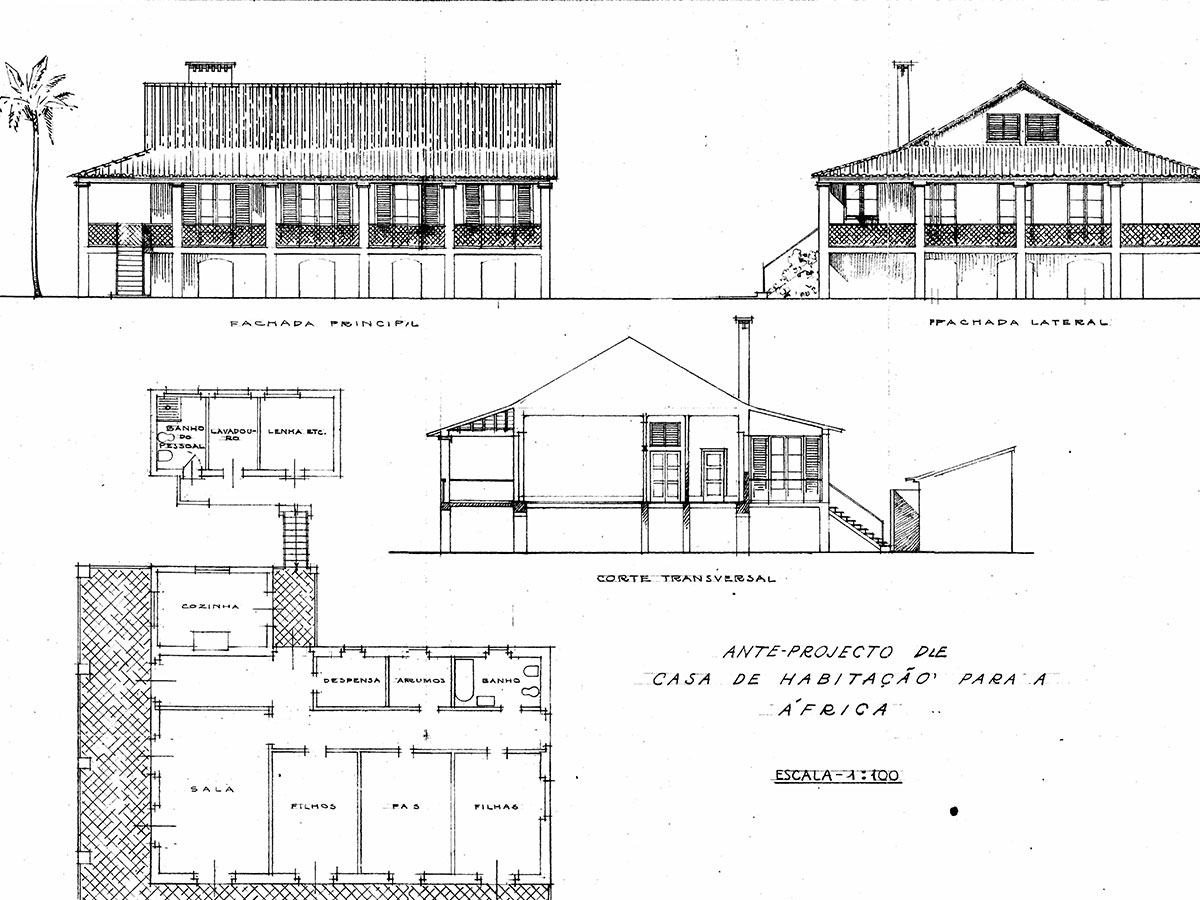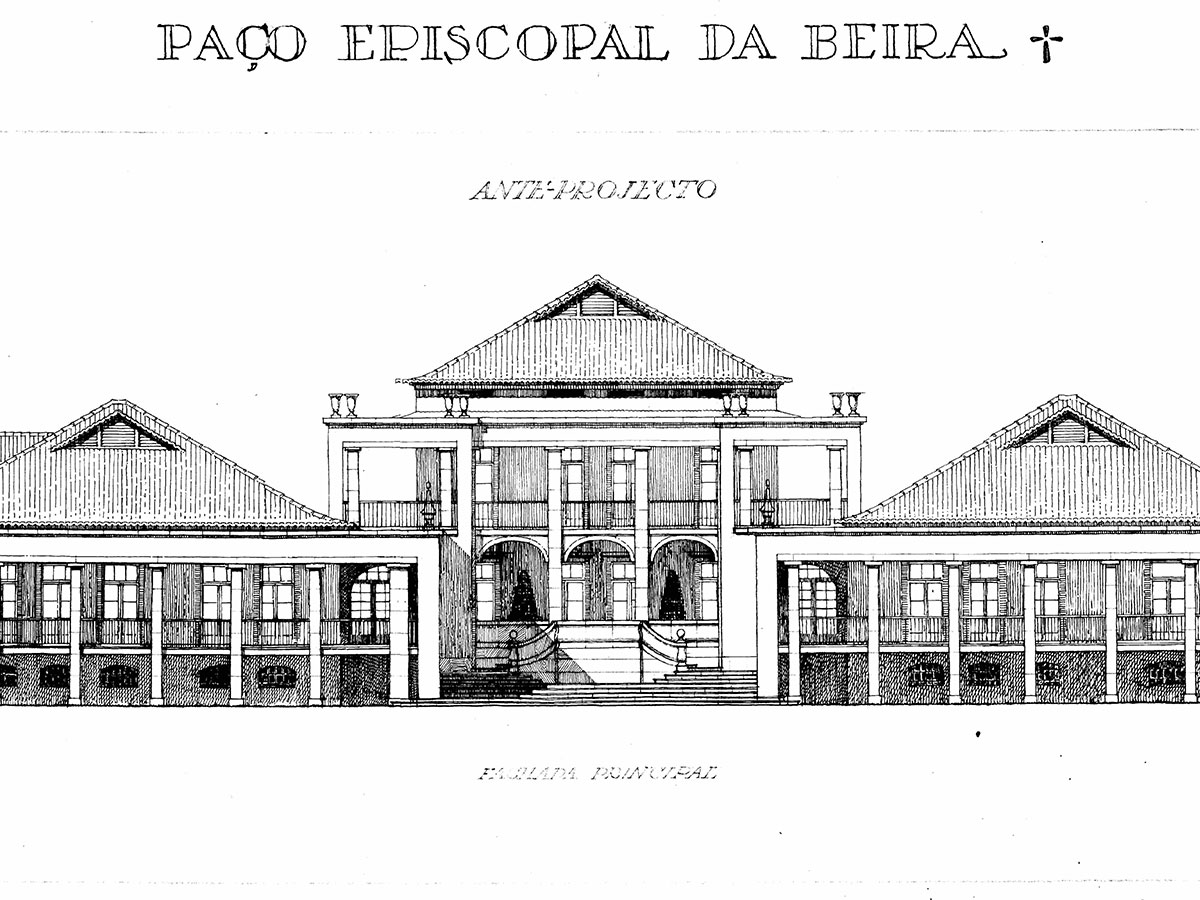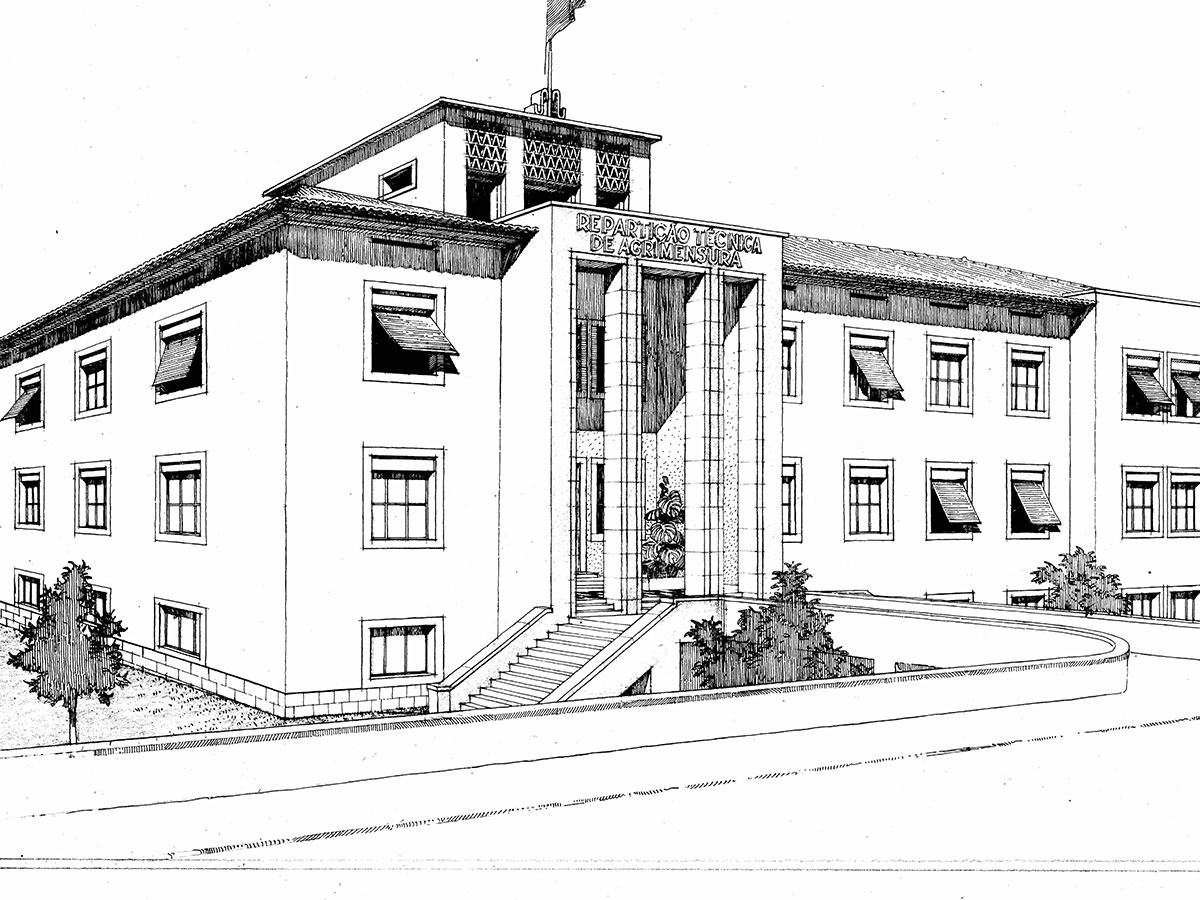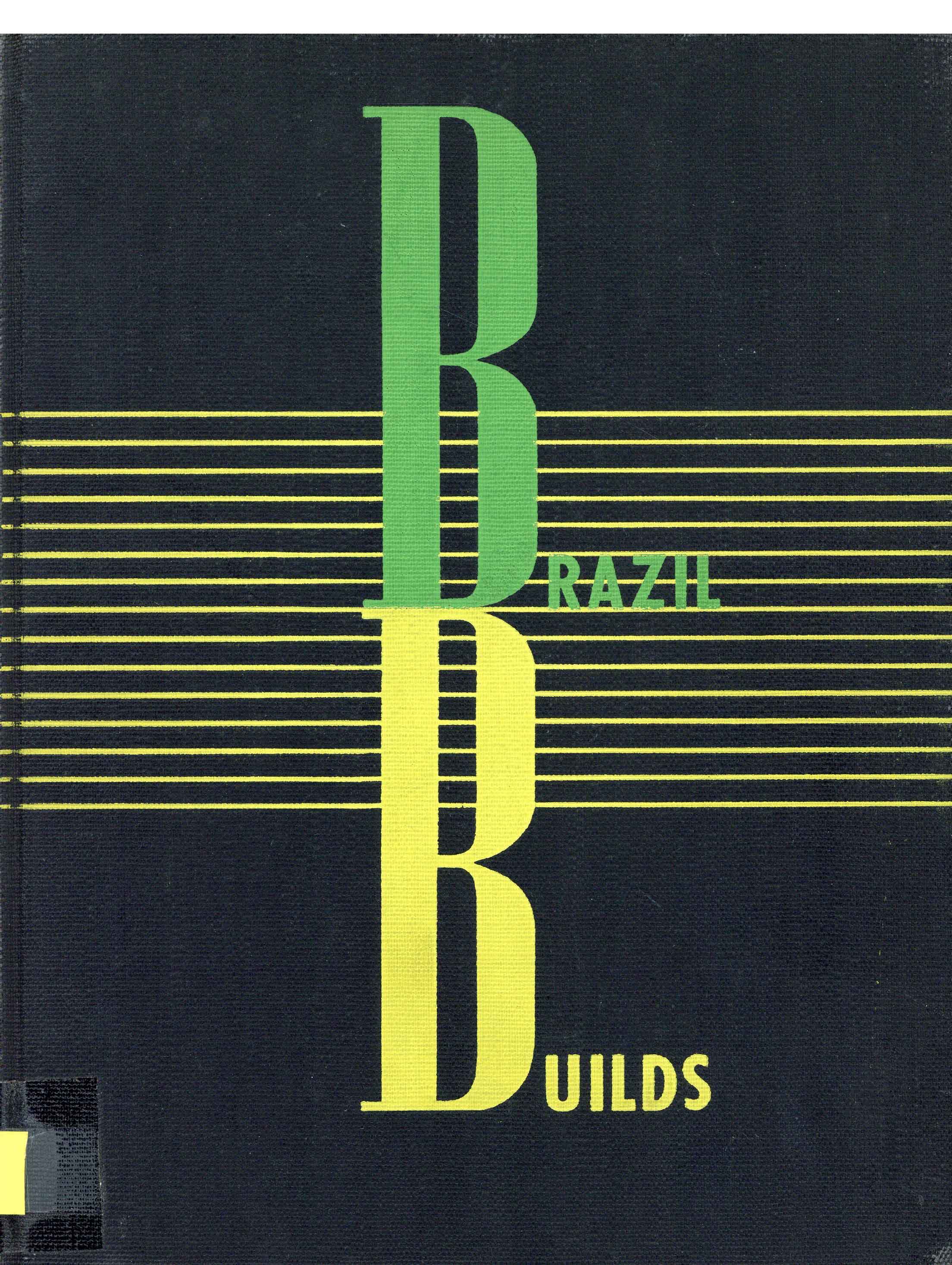
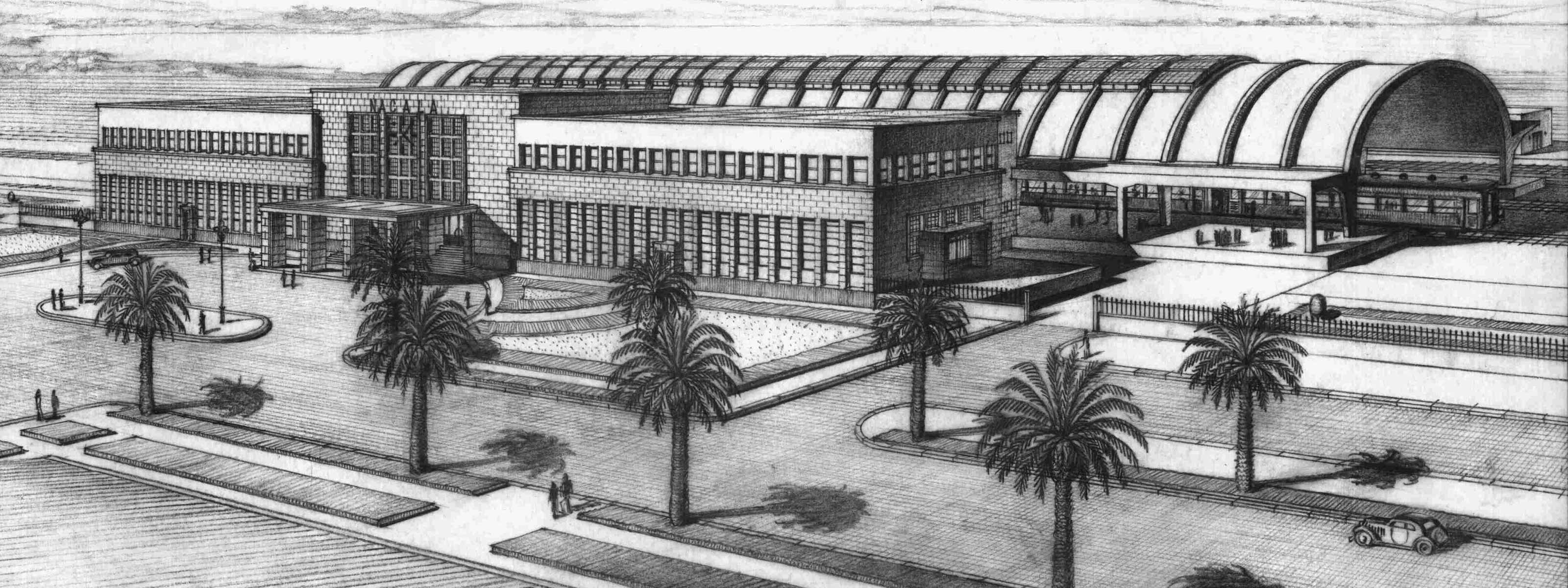
Modern Architecture in Africa: book exhibition
The Art Library presents a selection of publications – books and magazines – and written and drawn pieces from architects’ collections on the history of modern architecture in the former Portuguese colonies.
It was in the turbulent socio-political environment of post-war Portugal that Iniciativas Culturais Arte e Técnica (Cultural Initiatives Art and Technology), 1946-1956, emerged in 1946, a collective of Lisbon architects led by Keil do Amaral (1910-1975) and including, among others, João Simões (1908-1995), Adelino Nunes (1903-1948), Formosinho Sanches (1922-2004) and Raul Chorão Ramalho (1914-2002).
They were responsible for the renewal of the magazine Arquitectura, which became more attentive to the paths of modern architecture, at home and abroad, and published the full text of the Athens Charter in Portuguese.
A year later, in 1947, Alfredo Viana de Lima (1913-1991), Cassiano Barbosa (1911-1998), Arménio Losa (1908-1988), Fernando Távora (1923-2005), João Andresen (1920-1967), João José Tinoco (1924-1983) and Octávio Lixa Felgueiras (1922-1996), among others, architects trained at the Porto Escola de Belas Artes (School of Fine Arts), created the Organização dos Arquitetos Modernos (Organisation of Modern Architects, ODAM, 1947-1952), with the aim of defending and disseminating modern architecture.
The Organização dos Arquitetos Modernos (ODAM) and the International Congresses of Modern Architecture (CIAM, 1928-1959) had a decisive influence on the discussions that took place at the First National Congress of Architecture, held in Lisbon in 1948, organised by the Architects’ Union under the patronage of the government.
The papers presented reflect different positions and understandings of “modern”, revealing the programmatic and aesthetic differences between the architects who were members of the Iniciativas Culturais Arte e Técnica and the Organização dos Arquitetos Modernos, born in the first three decades of the 20th century, and those of the previous generation.
Despite the regime's repression, the 1950s brought changes in the cultural context, with the creation of the Calouste Gulbenkian Foundation in 1956, which gave artists and architects opportunities to study and train abroad. In fact, from this decade onwards, Portuguese architects' contact with foreign countries intensified through International Congresses of Modern Architecture and the International Union of Architects (IUA), whose 3rd Congress was held in Lisbon in 1953, but also through the travels they undertook, the foreign architecture magazines they had access to and the dissemination of modern architecture by the Portuguese magazines Arquitectura and Binário (1958-1977).
The generation of architects born in the 1920s, whose works reflect a new understanding of modern architecture, with more focus on the social dimension and the design of cities, include Nuno Teotónio Pereira (1922-2016), Francisco da Conceição Silva (1922-1982), Manuel Tainha (1922-2012), Maurício de Vasconcelos (1925-1997) and Victor Figueiredo (1929-2004). Also noteworthy in this period was the importance of the systematic survey of popular Portuguese construction, which began in 1955 under the patronage of the Architects' Union and was published in 1961, and the formation of the Movimento de Renovação da Arte Religiosa (Religious Art Renewal Movement, MRAR) in 1953.
With more intensity from the 1950s onwards, the territories of the former Portuguese colonies, namely Angola and Mozambique, also became a working space and opportunity for architects.
Some of the buildings they designed were official commissions for public facilities that were part of the Estado Novo's colonial policy strategy, such as railway stations and airports. As Jorge Pedreirinho writes in his article “Conceito de moderno” (in Arquitetura do Movimento Moderno em Portugal. Madrid : Fundación Arquia ; Barcelona : Fundación Docomomo Ibérico, 2018, page 33), in these buildings their authors experimented with a modern language that was less conditioned to official taste, because the distance subjected them to “less control by governmental powers”, adding that, on the other hand, the climatic conditions of those regions gave rise to "solutions of great plastic effect", with influences from modern Brazilian architecture.
Some of these architects left few or no buildings in Portugal, and it is in those territories that their most significant works are located. They are major examples of Portuguese modern architecture, such as Vasco Vieira da Costa (1911-1982), Francisco de Castro Rodrigues (1920-2015), Maria Carlota Quintanilha (1923), João José Tinoco (1924-1983), João Garizo do Carmo (1927-1974), Pancho Guedes (1925-2015) and José Forjaz (1936).
The selection of documents was made in connection with the presentation at the Calouste Gulbenkian Foundation of the exhibition Beira Central Station: Mozambique (1957–1966).
GENERAL WORKS, 1946-1997
GENERAL WORKS, 2000-2018
SPECIFIC WORKS, 1939-2008
SPECIFIC WORKS, 2009-2022
ARTICLES, 1932-1977
ARTICLES, 1985-2010
ARTICLES, 2011-2013
ARTICLES, 2013-2020
